|
Wild Turkeys and fresh snow, Mt Lemmon, March 18, 2020, the last official day of winter! Mt. Lemmon in January: Acorn Woodpeckers and Pine SiskinsWe last dropped in on the mountain community of Acorn Woodpeckers in October as they prepared for winter. Well, winter arrived, and here we see a male tending to the granary tree at Ajo and Loma Linda Extension on January 31st. In the image above he is sitting on a main branch of the dead granary tree, below he is checking out inventory, almost halfway through winter. Like all woodpeckers he is using tail to brace himself on the tree. It appears that his winter store of acorns is down from fall inventory. We see acorns in the image above, captured on January 31st. For comparison, the image below was captured on October 18th. It is on a different part of the same tree, but most of the holes appear full, the result of the fall harvest. And, then the Pine SiskinsPine Siskins are small birds in the finch family that live throughout North America and reside year round on Mt Lemmon. They move in flocks, and come in large numbers to the feeders, especially in the winter when other food sources are scarce. In this series of images we see the birds going after each other for their part of the feed cylinder. It's not like there is not enough to go around! The last of the series, below, catches a bird with his wings extended showing the yellow markings on the wing, usually only seen when folded. For the photo geeks: This was shot with a Canon 7D Mk II, with an EF 100-400 Mk II, 286 mm, at 1/250 sec. at f/6.3 with fill flash using a Better Beamer. The combination of the flash and relatively slow shutter speed (required for synchronization) captured the wing extended (flash), but also the bird on right behind the wing (slow shutter exposed the bird before the wing overlapped it). Return to White Water Draw: Great Horned OwlWe returned to White Water Draw on February 19, 2020 with a birding group led by Jeff Babson. Since my last visit in December, a pair of Great Horned Owls have set up camp in the barn right at the entrance to the preserve. The images above and below are the male, snoozing mid-morning. Below we see the female sitting on her nest, presumably on eggs. There seems to be lots of prey in the White Water Draw area, so hopefully there will be enough food this spring for Mom, Dad, and their hatchlings. Portions of the barn are roped off under the nest. Image above, just a slit of eye as she sleeps. Below, the left eye opens just a bit, then in the next frame looks a bit more menacing, before they shut us out entirely. Zzzzzzzzzz . . . . . . . . Yellow-headed BlackbirdsAs we started our walk, there was a large flock of Yellow-headed Blackbirds hanging out (literally) on wetland reeds. SE Arizona is in their wintering territory. My guess is that most of the birds we are seeing here are females, with some males mixed in. Males have more yellow on the breast and head than the females do. Flocks of Blackbirds often are made up of predominantly one sex. In southern Arizona winter flocks are often females. Males typically migrate north before females to set up their territories before the females arrive. Below, two females are mixing it up. Special thanks to Jeff Babson both for the tour in February, and for his help reviewing these images. Sandhill CranesFor more on White Water Draw (WWD) and Sandhill Cranes, click on this link which will take you to all my posts on WWD going back to 2015. In February there was less water than in December, but the cranes were still close in and to the right of the main viewing decks. They returned late morning, filling the sky as seen in the image above. The images below show a family of three on their approach. Images below, heavy air traffic on the approach, with a crowded landing field. In the two images below we can see an immature crane who has not yet molted into adult plumage. The vast majority of immature cranes molt before the fall migration, but a few do not, and stand out from the crowd. Snow GeeseSnow Geese are amazing birds that breed in far northern Canada, Alaska and the Artic, and winter in the central U.S., east coast, and portions of Mexico. We are fortunate that they like inland wetlands such as White Water Draw and Bosque del Apache. Images above and below show a flock of Snow Geese coming into the wetlands for a landing around noon. In the images below we can see one goose with distinct coloration, a blue morph. This change in coloration is determined by one gene. Note also in the detail below that this goose is missing one secondary flight feather on the right wing. Snow Geese do not molt in the winter so this is likely the result of an altercation with another goose, or a close encounter with a predator. The geese pictured below are flying a landing pattern very close to the observation path. In the image below, the geese are bunking right next to the Sandhill Cranes. Least SandpiperLeast Sandpipers are the smallest of the shorebirds, known as "peeps" - about 5 to 6 inches long and weighing in at 1 ounce. They breed in far northern Canada and Alaska, and winter in the southern U.S., including the pacific coast, and Mexico. In the images here we can see this sandpiper's distinctive yellow-green legs, and hunched posture as he hunts for food on the edge of the water. Marsh WrenWe spotted this Marsh Wren moving quickly through the understory adjacent to the wetlands, and I tried many times to get a good photo without success. Then, while I was standing on the viewing deck looking for incoming cranes and geese, he popped out of the undergrowth and began hopping from branch to branch right below me. A good angle and good lighting produced this series. This Marsh Wren is in his winter range. Some do live year round in northern Arizona, but most breed in the northern U.S. and Canada. Described by the Cornell website as pugnacious, they are ground foragers that live in marshes. They will built multiple nests and breed with multiple females, often destroying eggs and nestlings of other Marsh Wrens. If you read my last post you know I ended it with a "footnote" - a note about birds feet. The Marsh Wren has a foot with the most common configuration, 4 toes. We can clearly see all 4 toes in this series, and the way the wren can use them to stand on a flat surface, or encircle a branch or reed. In the last two frames below, the wren is hanging upside down with his toes firmly attached to the branch, and then moves upright without changing his foothold. As they say in the game of squash, it is all in the wrist. "Wait, don't go. What about those Wild Turkeys in the snow?"I was in the middle of editing this post here on Mt Lemmon when it snowed!! 6 inches on Wednesday the 18th into the 19th. I decided to lead off with the Wild Turkeys, but I cannot leave you all hanging there. So here are some more images of the last day of winter and the first day of spring (the 19th is early for spring and here is a link explaining why). It started snowing early afternoon, and the Pine Siskins were at the feeders in force. The following morning, March 19th, this Northern Flicker came by to say hello! (For the photo geeks, this image was shot through the sliding glass door on the cabin, which I do believe is better glass than the side window of a Ford van. Opening the door and having the subject stay put was not an option.) One final "footnote." The Northern Flicker has 4 toes, two in front and two in back. That's a wrap for winter! Spring is here! Stay safe, stay well. Happy Trails!
6 Comments
A family of Sandhill Cranes returning to White Water Draw at 12:15 pm December 19th after a morning spent foraging for corn. Canon EOS 6D, EF 100-400mm IS II at 400 mm, ISO 200, f/5.6 at 1/1000 sec. I traveled to White Water Draw (WWD) with a friend on December 19th. Although NANPA (North American Nature Photography Association) buddies had reported "no Sandhill Cranes at WWD on Friday the 13th" we found close to 5,000 cranes returning from the cornfields around noon on the 19th. Yes, they have returned! The water at the draw was very high, right up to the elevated berm and walkway, with the cranes roosting either very far to the north out of sight at the far edge of the water, or to the right of the observation decks, toward the east. The cranes did not begin to return until 11:45 am, and at least one birder we met had already left for Wilcox, convinced that the cranes were no-shows. So if you go to WWD (which I recommend) pack hot coffee and a lunch and be patient. Before the cranes made their entrance, we saw at least 3 Northern Harriers hunting over fields to the west, and with occasional "close encounters" over the trail. Let's start with the Harriers. For the photo geeks: All photos shot with either a Canon 7D Mk II or 6D with Canon 100-400mm IS II, with or without 1.4 extender, hand held with a Stedi-stock. With both Canon bodies autofocus (in Servo mode) was an issue, even though the 7D Mk II has more focus points and more advanced autofocus algorithms. Either camera would often lock onto the background hills or utility poles. All post-production work done in Adobe Photoshop Lightroom Classic. Northern HarriersNorthern Harriers are raptors present throughout North America, breeding in the north central U.S. and into Canada, and wintering to the south, including Arizona. They feed on small mammals and birds, and have a distinctive hunting behavior, cruising low over fields with their head angled down at 90 degrees. Unlike other hawks they depend on auditory as well as visual cues to find prey, and have facial discs similar to owls. They have the ability to hover over their prey before diving for the kill. Thus their name was borrowed by the British for the Harrier Jump Jet, developed in the 1960's. The image above is a harrier cruising over the fields to the west of the trail. There is image distortion from rising thermals from the warming fields. In the image below, two harriers are hunting the same area. There were at least 3 harriers that morning working in close proximity, along with a fourth that looked like it might be a Red-tailed Hawk. Below is an image of a Northern Harrier looking for lunch. We can see the head angled down, hints of the facial disc, and distinctive white rump patch. Images below, a harrier landing on a small tree. Images below, a Northern Harrier landing on what looks like tumble weed. Last image shows better detail of the facial disc. Sandhill CranesSandhill Cranes breed far north into Canada and Alaska, migrating each year south to winter in Arizona, New Mexico, and parts of Florida. They mate for life, and travel as families. White Water Draw is a favorite place for winter populations, and a great place to see them, as is Bosque del Apache in New Mexico. At WWD they leave each morning, flying north to forage for corn left in the fields after the fall harvest. They return en masse between about 10 am and noon, signaling their arrival with a chorus of honking. They circle the draw several times, with family groups breaking off and coming in for a precise touchdown in a forever growing flock on the ground. In the image above, a family group of three coming in low at 11:45 am. In the image below, three distinct groups coming in, one foreground flying left to right, one higher in the frame coming straight at us, and the third, distant specs in the lower right of the frame. At times incoming flocks look like swarms of bees on the horizon. Below, a pair flying in with the mountains in the background. The 4 images below show cranes landing at the water's edge east of the observation decks. Below: back from a morning corn feast, time to get a drink of water and rest for the afternoon. The cranes will begin to leave for their flight back to Canada in February. For a good story on Sandhill Cranes at WWD, see this link from the Arizona Daily Star, January 2019. The Sandhill Crane is in the order Gruiformes, which contains three families, Rallidae (Rails, Gallinules, and Coots), Aramidae (Limkin), and Gruidae, the cranes, which contains two species, the Sandhill Crane and the Whooping Crane. For more on the Whooping Crane, see this post from our trip to the Texas Coast last April. Say's PhoebeSay's Phoebe is a medium sized flycatcher of the western U.S. that lives in Arizona year round, but also migrates north as far as Alaska for breeding, wintering as far south as southern Mexico. They eat almost exclusively insects including beetles, grasshoppers, crickets, dragonflies, and spiders. Winter location depends on food availability, so there must be enough insects at WWD to keep them here. The bird here may be getting bugs from the branch. Black PhoebeThe Black Phoebe is flycatcher related to Say's Phoebe. It lives year round in SE Arizona and western New Mexico, as well as the Pacific Coast and Mexico, almost invariably near water, important since their nests are built of mud. They eat insects on the fly. This bird was flying a route from branch to branch catching insects above the water. For the photo geeks: If you spot a Black Phoebe, wait and watch its behavior. They often forage for insects over water, and will run a route from branch to branch, often returning to the same branch on a circular route. Focus on the branch and wait for the birds return. A tripod helps. Eared GrebeThe Eared Grebe is a small waterbird with thin bill and a bright red eye, seen here in non-breeding plumage. They breed in colonies in shallow wetlands in the western U.S, and Canada. In the fall they head by the hundreds and thousands to salty inland waters, especially Mono Lake in California and the Great Salt Lake in Utah to stuff themselves with brine shrimp before heading farther south for the winter. During this feeding phase of their annual cycle they more than double their body weight, with the pectoral muscles shrinking to less than required for flight and the digestive organs growing. Before departure for wintering grounds the process reverses, with the digestive organs shrinking to one-fourth of peak size, and the heart and pectorals growing quickly to allow for flight. The grebe pictured here was kind enough to float by us at relatively close range. These are almost full frame shots with the 7D Mk II at 400 mm, ISO 160, f/6.3 at 1/1000 sec. That's all for now! Best wishes for 2020! Happy Trails. Eastern Meadowlark, White Water Draw, January 20, 2018 No winter in SE Arizona is complete without a trip to White Water Draw (WWD), a Chihuahuan desert grassland habitat in the middle of agricultural land close to McNeal, Arizona. Located in Cochise County, WWD is just over 1500 acres of land maintained by Arizona Game and Fish, map below. See my prior posts November 2015 and January 2016. We returned to WWD on a birding tour led by Jeff Babson, this time with Cochise Community College, on Saturday January 20th. We overnighted in Bisbee on the 19th, then met Jeff and the tour at WWD on the 20th. Bisbee is a fun place to stay, and only a 30 minute drive from WWD. This time we stayed at the Bisbee Inn/Hotel La More which was great. They have an open kitchen/dining area in the back of the first floor which guests can use for "bring in" food (you know, the "takeout" you put in the car and then "bring in"), as well as fixings for breakfast. They also have a sitting area with TV and games/books. A classic old hotel, which boasts several ghosts in residence, although we missed them on our stay. Sandhill CranesLet's start with Sandhill Cranes, the birds that seem to bring everyone "flocking" to WWD in the winter months. These are large birds, with long necks, long legs and wide wings. They mate for life, can live 30 years, and tend to stay in family groups as they migrate back and forth from summer breeding grounds in Canada and the northern U.S. to winter foraging in Arizona/New Mexico wetlands, and for some species, Florida. For details of the birds, their behavior and ranges see the Cornell Lab of Ornithology website and The Aldo Leopold Foundation site. They begin to arrive at WWD in November, leaving in the early spring. They sleep at night in the wetlands, and leave at first light for nearby cornfields, where there is enough corn left on the ground from the harvest to meet their daily needs and "bulk them up" for the flight home in the spring. At WWD they return from the fields between 11am and noon, and may or may not return to the fields in the afternoon. This is convenient for those of us who really don't want to get up before dawn on a cold morning. Go ahead and get some breakfast and a hot cup of coffee, and wait for the cranes to darken the skies with their return flight at 11 am. Arizona Game and Fish has a live Sandhill Crane Cam so you can check out when the birds come and go, and if they are there in numbers before you pack up and head to WWD. Also, they allow free overnight parking and camping for RV's. Note that they have vault toilets, but no water. Below, Sandhill Cranes in flight. Hard to watch them in flight without a smile on your face! The image below is uncropped by intent to show the density of birds as they come in at noon to land, and the different directions they take. They circle and appear to be taking instructions from a flight controller, peeling off in groups and putting down their "landing gear" for the glide in. Notice the differences between the upper left and lower right. Below, a family group sharing their space with various shorebirds. Loggerhead ShrikeWWD is agricultural land set aside for conservation and wildlife management. So, the area around it is comprised of ranches and dirt roads, with plenty of wires - strung high on power poles or low on fences. Here we see a Loggerhead Shrike on a power line in the morning sun. Loggerhead Shrikes are thick-bodied songbirds with blocky heads and a thick bill with a small hook. The tail is long and rounded. They sit on low exposed perches and look for rodents, lizards insects and other birds. They are known for impaling a kill on thorns or barbed wire to be eaten later. Their range runs east to west across the U.S. and they are regulars at WWD. For more on Loggerhead Shrikes and similar species, including field marks, see the Cornell Lab of Ornithology website. American PipitThe American Pipit is a small slender drab bird that frequents open country in the southern U.S. from coast to coast, and throughout Mexico. They breed only above the timberline, all the way up to Alaska and northern Canada, and on higher peaks in the lower 48. In Arizona they winter in the southeast near water and agricultural lands, making WWD a great spot to see them. They breed on the treeless slopes of the San Francisco Peaks. A look at the Range Map on the Cornell website shows the breeding range as determined by altitude. American Pipits don't hop, they run or walk, as we can see in the images above and below. Below we see a Pipit getting ready to cross one of the wetland channels. It is always important to look both ways before crossing, first left, then right. You can never tell when a raptor has decided to exceed posted limits looking for a snack! Remember, these birds walk or run, they don't hop, so our friend here steps off into the abyss (above), saved by those really handy wings, making an uneventful crossing. Their drab appearance is a real asset in this foraging environment. They blend in really well. Great for their safety, not so great for the photographer who wants to have their subject stand out from the background. KilldeerThe Killdeer is a brown and white plover with a long bill and two black breast bands. They are one of the more common birds in Southeastern Arizona, making Richard Taylor's "Top 40" list in his field guide Birds of Southeastern Arizona. However, in my experience they are tough to spot, and for me, tougher to photograph. I have spotted them at Sweetwater Wetlands, but usually 50 to 100 yards away with lots of grass in the way. However on this trip to WWD this Killdeer got quite close. One advantage of WWD is that the elevated walking paths come very close to the wetlands and the food sources that draw birds. Killdeer are common throughout the U.S., Mexico and Canada. They can be found in wetlands, lawns, golf courses, athletic fields and parking lots. Their name comes from their voice, an excited kill-deer. They are known for faking a broken wing to lead predators away from their nests, or distracting cows from stepping on their eggs by fluffing up, displaying the tail above the head, and running toward the cow to make it change its path. Although their white breast bands are striking they do manage to blend in with muddy wetlands, making good imaging a bit tougher. Eastern MeadowlarkTime to get back to our "cover photo," the Eastern Meadowlark. This bird is actually not in the Lark family, rather it is in the blackbird family, which includes cowbirds and orioles. The Eastern Meadowlark is very similar to the Western Meadowlark, with differences in song (which is hard to see in a photo, and which I did not hear) and subtle differences in field markings. The tip off here is partially population biology (there are more Eastern's in SE Arizona than Westerns) and partially markings, in this case paler cheeks and a whiter tail, which I think we can see in the last image. Eastern Meadowlarks live right where we see them, in farm fields, grasslands and wetlands. They are ground nesters, singing from exposed perches such as the barbed wire. They eat mostly insects, and during the winter, spilled corn and seeds. Special thanks to Jeff Babson for his help in discerning the subtle differences between the Eastern and Western Meadowlarks. American KestrelAmerican Kestrels are also among Richard Taylor's "Top 40" and always a joy to see. For a female Kestrel on the hunt, see my post from New Year's Day. Kestrel's are the smallest North American Falcon. My guess is that this is a male, with slate blue on the wings. This Kestrel was sitting on a power line not far from WWD. My wife volunteered to drive, and I sat in the passenger seat and rolled all the windows down. The car makes a great blind. The birds accept cars as part of their environment, and unless you lean out an open window and scream a lot, they will generally ignore you. One caution: the roads out this way are not paved, so be ready for a lot of dust getting onto and into the car. Keep your gear covered. Also a monthly car wash plan helps! Looks like this fellow is looking for lunch from his high perch. He takes off in the last frame (unexpectedly as usual) maybe for a quick bite, or a better perch. I was focused on the cable, and he dove out of my sweet spot, creating a softer image. White-crowned SparrowLet's close with a common friend that often gets a shrug, "Oh, a White-crowned Sparrow." They are handsome birds, and this one picked a nice perch and a look toward the camera and just says, "Include me!" That's all for now ! Stay tuned, more great travels in store for this spring ! Happy trails! I returned to White Water Draw (WWD) in Cochise County right after Christmas, the afternoon of Saturday the 26th, and the morning of the 27th, accompanied by my wife DJ, always the able bird spotter and companion. White Water Draw in December and January is winter home for thousands of Sandhill Cranes. Below is a view of WWD at 9 am on the 27th, facing southwest. The morning sun is throwing heavy shadows on the hills. WWD has excellent walking paths and occasional benches. In the distance you can see one of the platforms build out over the marsh, bringing visitors closer to the water and the cranes. Below are 4 cranes returning to their roosting site at WWD after a morning of foraging for corn left in the fields after the fall harvest. WWD is also home, or home away from home, for many other bird and animal species. 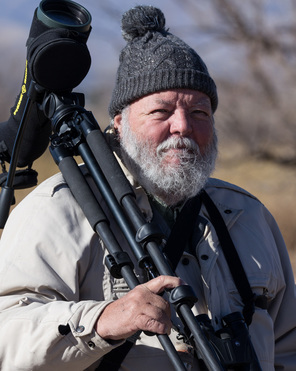 Saturday afternoon was cold and windy, with most birds keeping warm somewhere out of view, and the cranes hunkered down on the marsh. After a short cold visit, we warmed up in Bisbee overnight, and discovered Sunday morning to be clear with little wind. At 8 am we joined the Director of the Southeastern Arizona Bird Observatory and Naturalist Tom Wood, for one of SABO's early morning bird walks. Check out their calendar of events here. We signed up in advance, and had a wonderful morning. Many thanks to Tom for the wonderful introduction to SABO, all the work they do for WWD, and for his permission to use his likeness, to the right! We could not have had a better guide/companion or a better morning. Morning walk, Sunday December 27th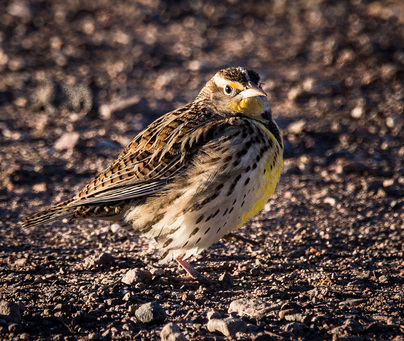 We met Tom in the parking lot at 8 am. For a map of WWD see my posting of November 11, 2015. It is about a 30 minute drive from Bisbee. Our first sighting was the Meadow Lark to the right, enjoying the early morning sun in the parking lot. This time of year is cold in Cochise County, and ice forms on the water, usually melting away by the end of the day. We spotted a group of Northern Shoveler's, males in mating plumage, standing on the ice. So what is colder, standing on the ice or floating in the water? This group was preferring the ice. Below are two male Northern Shoveler's in flight, an image I grabbed on Saturday afternoon. Again, they are in mating plumage. As we worked our way toward the water, we spotted the male Pyrrhuloxia, below: Sitting on a branch in a field, a Loggerhead Shrike, below: Later in the morning, we spotted a Northern Harrier Hawk sitting in a field of grass. I got several shots, this one with the hawk looking our way. Not the sharpest image, but good enough to show the shape of the hawk's head, similar to that of an owl. Toward the end of the morning, we spotted a Cooper's Hawk on a distant snag. I was able to advance slowly before he took off, getting this image: Late morning we took a break and thanked Tom Wood for the great tour of WWD. The image below is shot looking northeast. Return of the Sandhill Cranes . . . . .Sandhill Cranes are large birds, with long necks, long legs and wide wings. They mate for life, can live 30 years, and tend to stay in family groups as they migrate back and forth from summer breeding grounds in Canada and the northern U.S. to winter foraging in Arizona/New Mexico wetlands, and for some species, Florida. For details of the birds, their behavior and ranges see the Cornell Lab of Ornithology website and The Aldo Leopold Foundation site. We returned to one of the platforms about 11 am and waited for the noon rush back to the roost. About 11:30 am we spotted birds on the horizon as one wave of cranes after another came out of the north and northwest toward WWD. The two images below come from over 600 I captured in less than an hour. Each image is a fraction of the flock in the air, hopefully showing their dense flight pattern as well as details of these beautiful birds. As the birds flew in from the northwest in wave after wave, they entered a swirling fight pattern above us, all the while producing their characteristic trumpeting. As though being cleared by flight control, they broke out of the circular pattern and descended for a landing, dropping their legs, and raising their bodies and necks. On the ground the birds create a uniform gray mass. However, my wife and spotter noted that one bird looked different from the rest: A different bird? A different species? We asked Tom Wood via email, and he tells us that Sandhill Cranes are brown or red as juveniles during their first year, but molt before fall migration begins. However, about 1 out of 1,000 do not molt, for whatever reason, and arrive in Southern Arizona with their juvenile colors. Mystery solved! That is it for now! January should bring more cranes to WWD. Find some time to get down there. Dress warmly, and bring hot coffee. Happy New Year! Honk if you like White Water Draw!This past week I rode along with some friends to the White Water Draw in NcNeal Arizona, just east of Tombstone.. This is a combination of a shallow lake and wetlands that were formerly part of a large cattle ranch. For more information, see these links: The White Water Draw is a great place to see Sandhill Cranes in the winter months. Last Tuesday was a windy day, limiting the number of birds in flight, with the cranes hunkered down for the most part. However, we did see a Northern Harrier Hawk on the hunt, photos below. I am not sure if this is a male or female. The Cornell Ornithology Lab site shows Arizona as part of their winter range. This hunt was successful, but I was unable to catch any good shots with a critter in the birds claws. All photos shot handheld with a monopod and shoulder stock, Canon 6D with a Sigma 150-600 Contemporary series, at 600 mm, f 9.0, 1/2500 second, ISO 800. I picked up more noise at ISO 800 than I expected, and keeping the bird in focus was a challenge. Post-production processing in Adobe Photoshop Lightroom. There should be more cranes and migrating birds in January
|
AuthorHenry Johnson, photographer and author of this site. For more detail, see About
Categories
All
Archives
July 2024
|
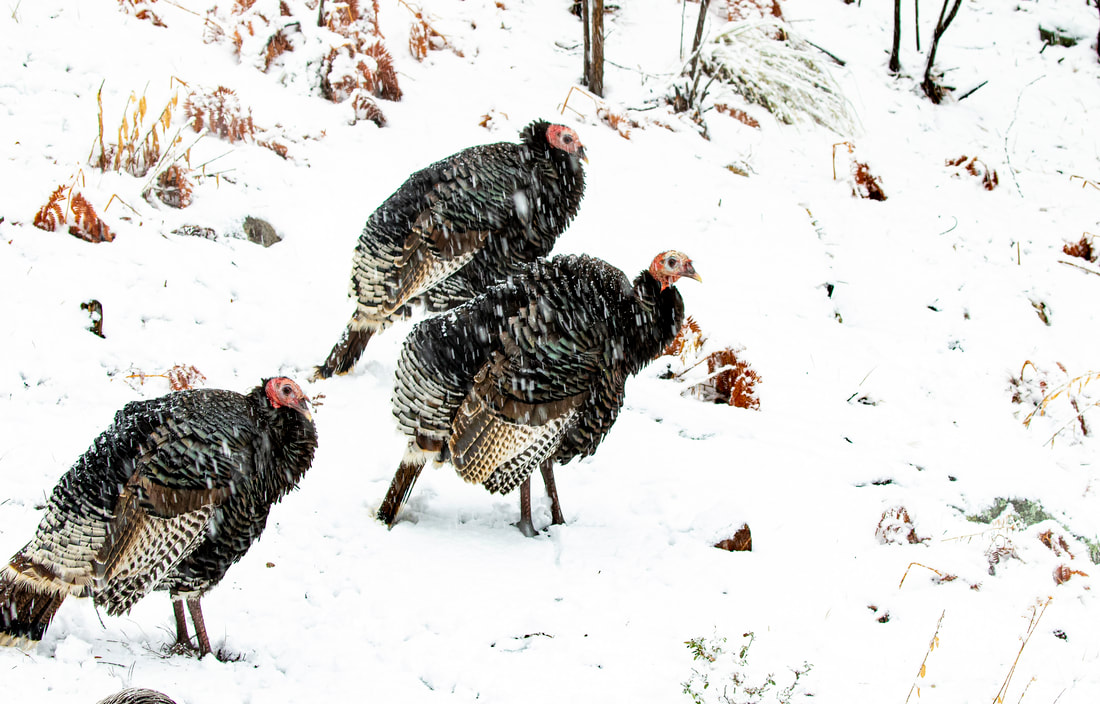
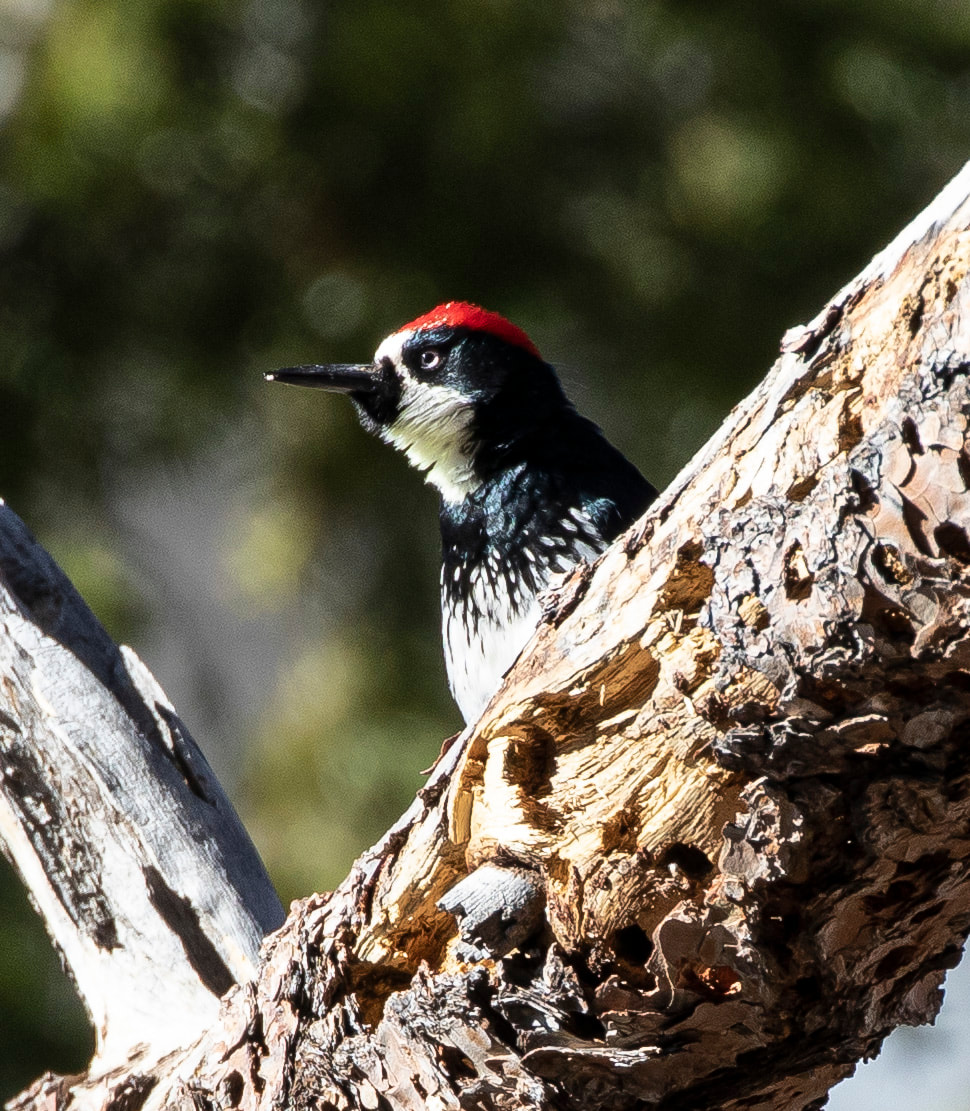
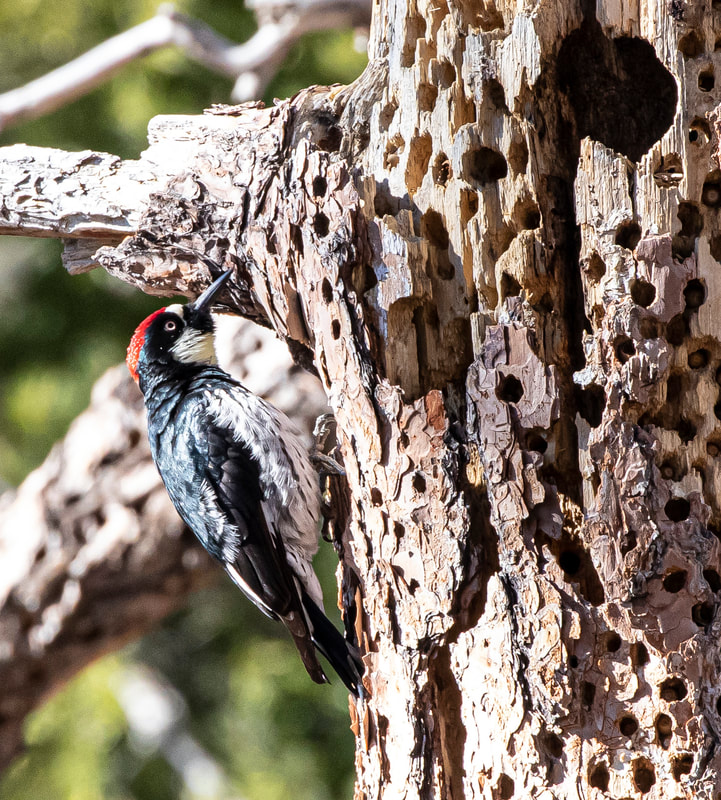
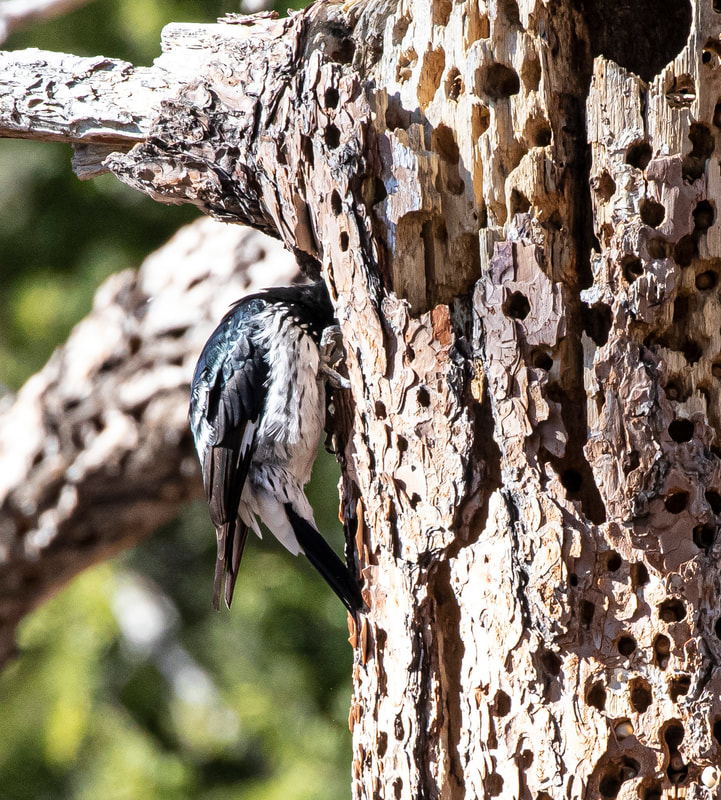
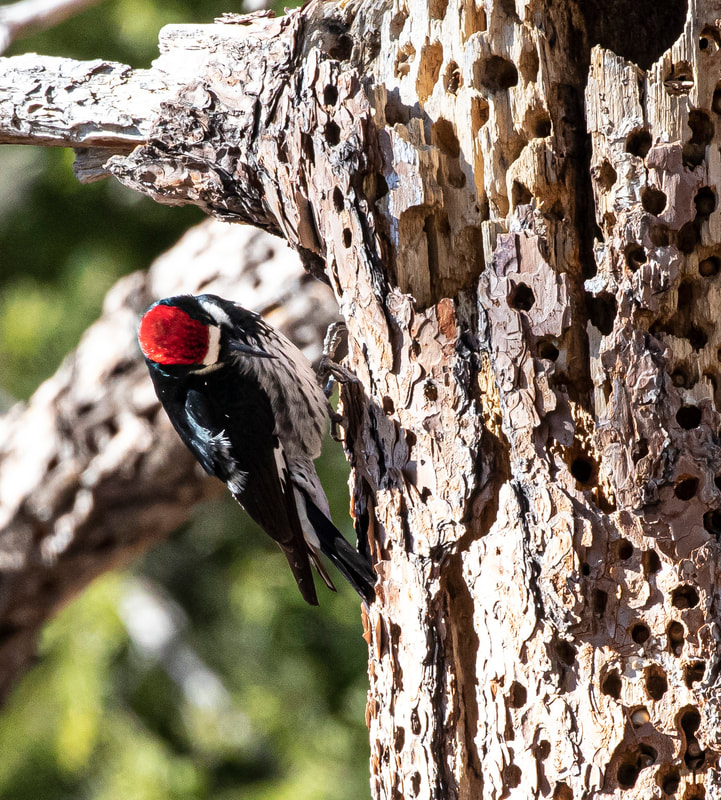
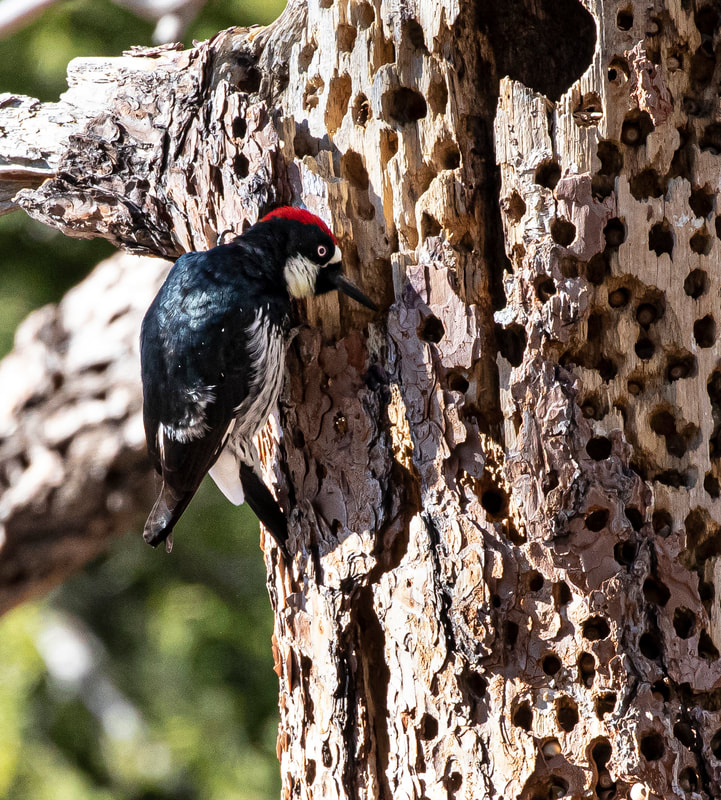
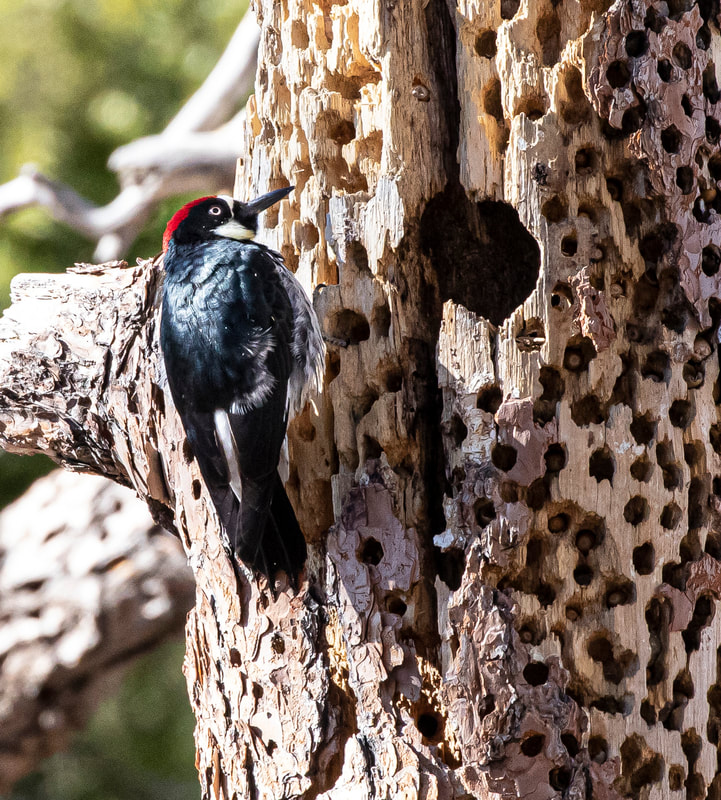
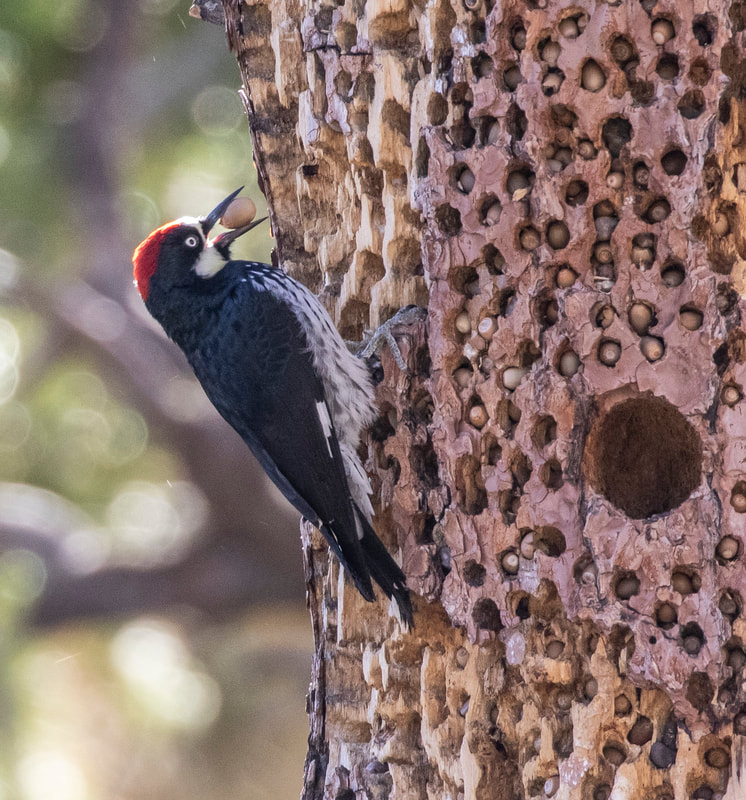
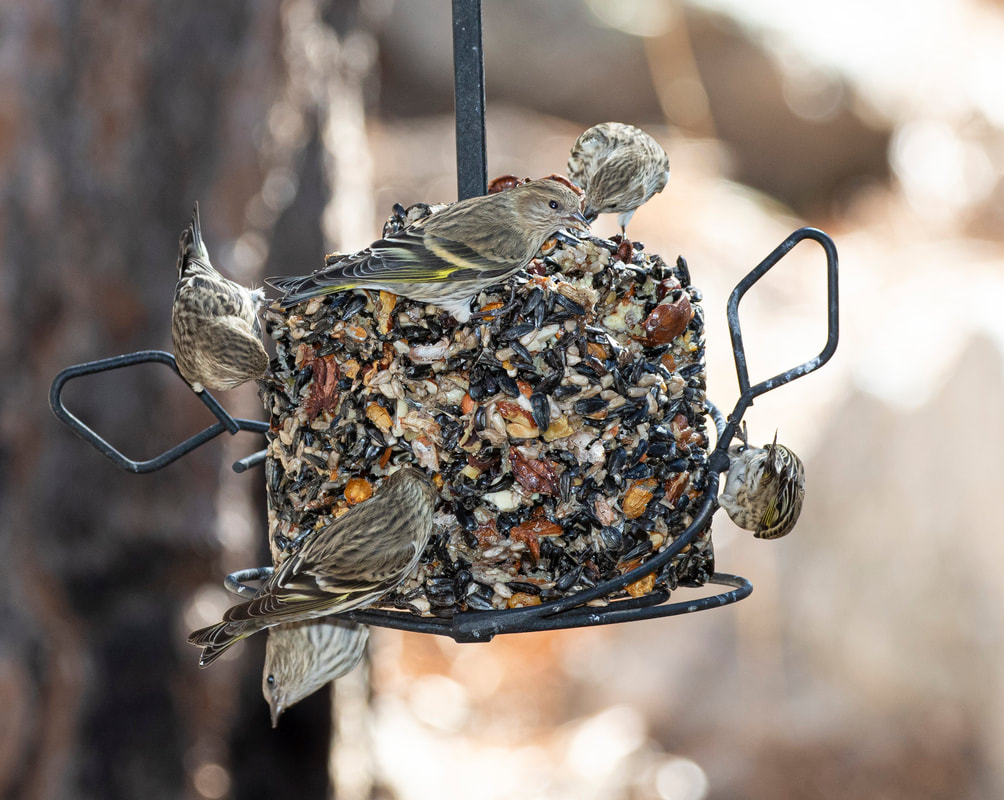
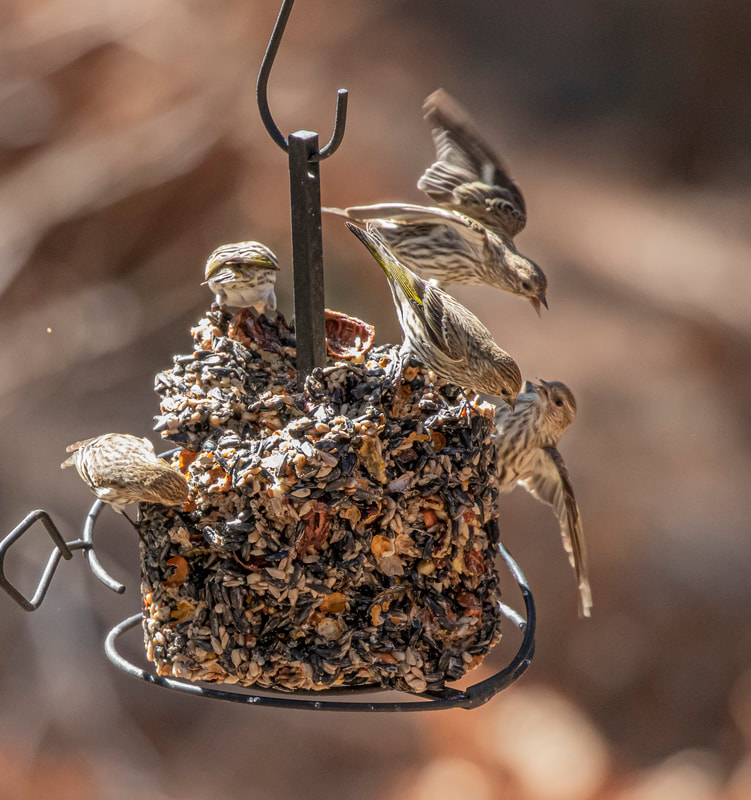
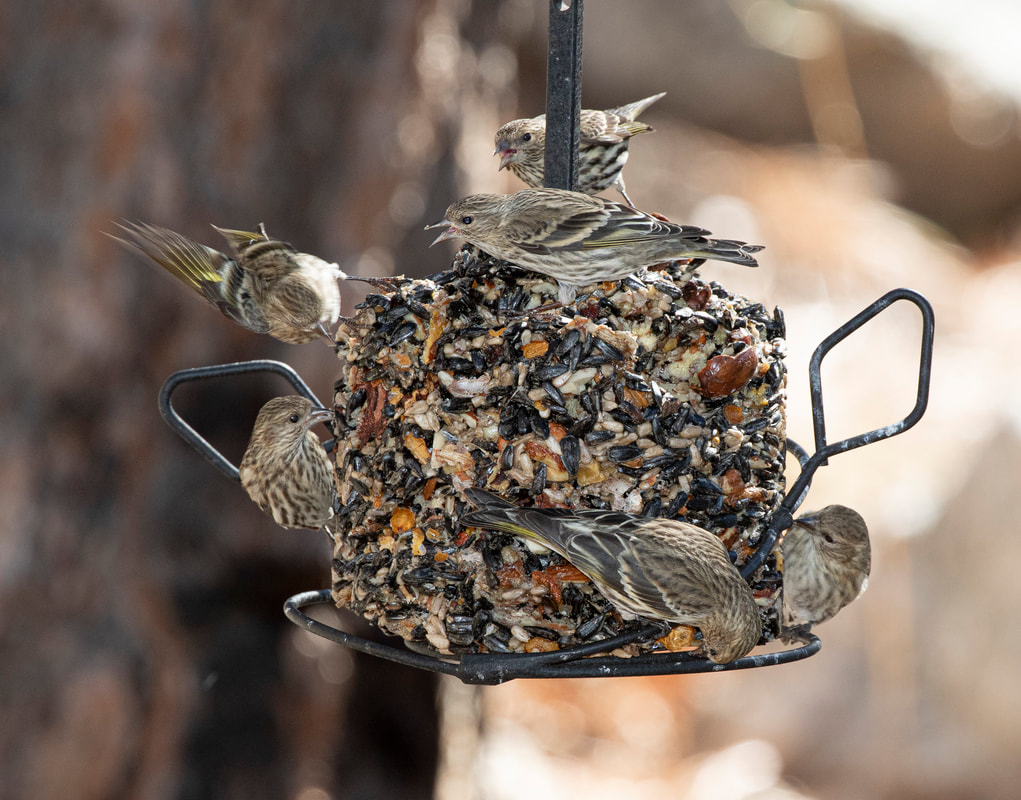
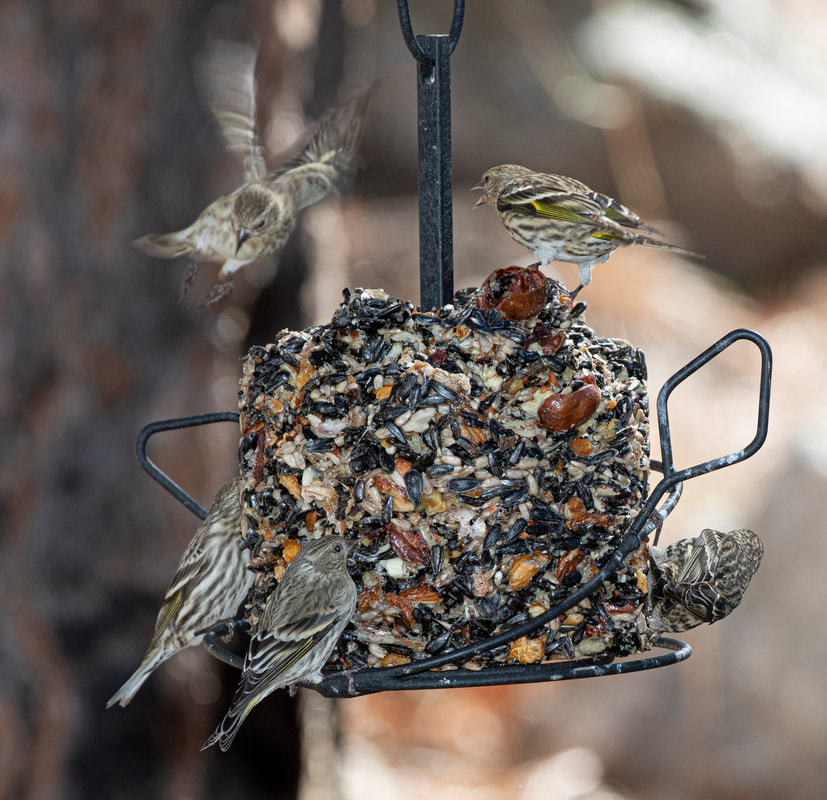
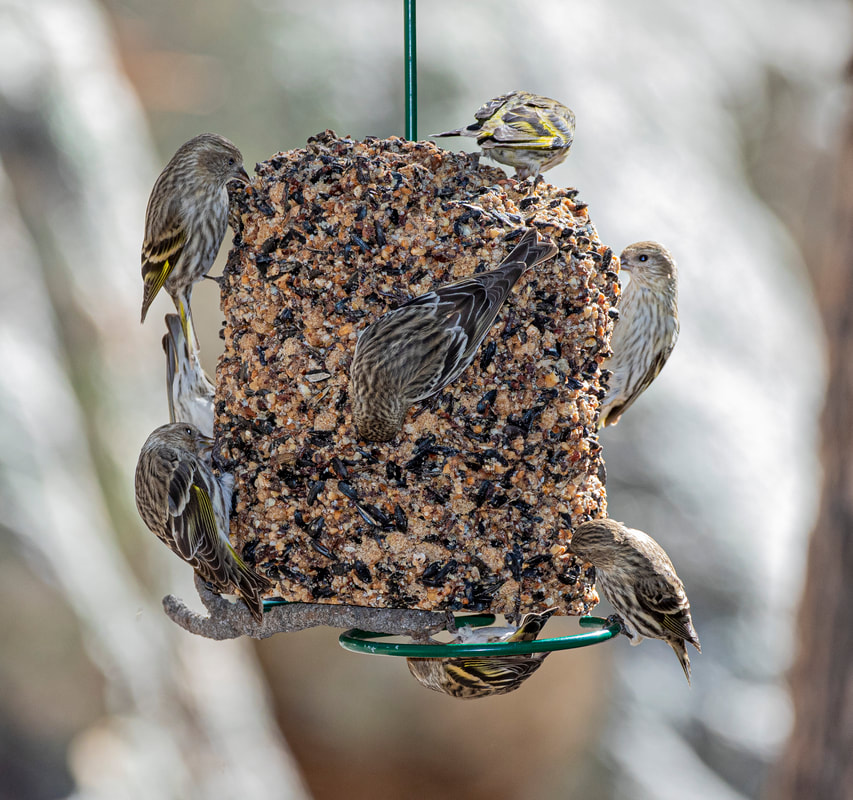
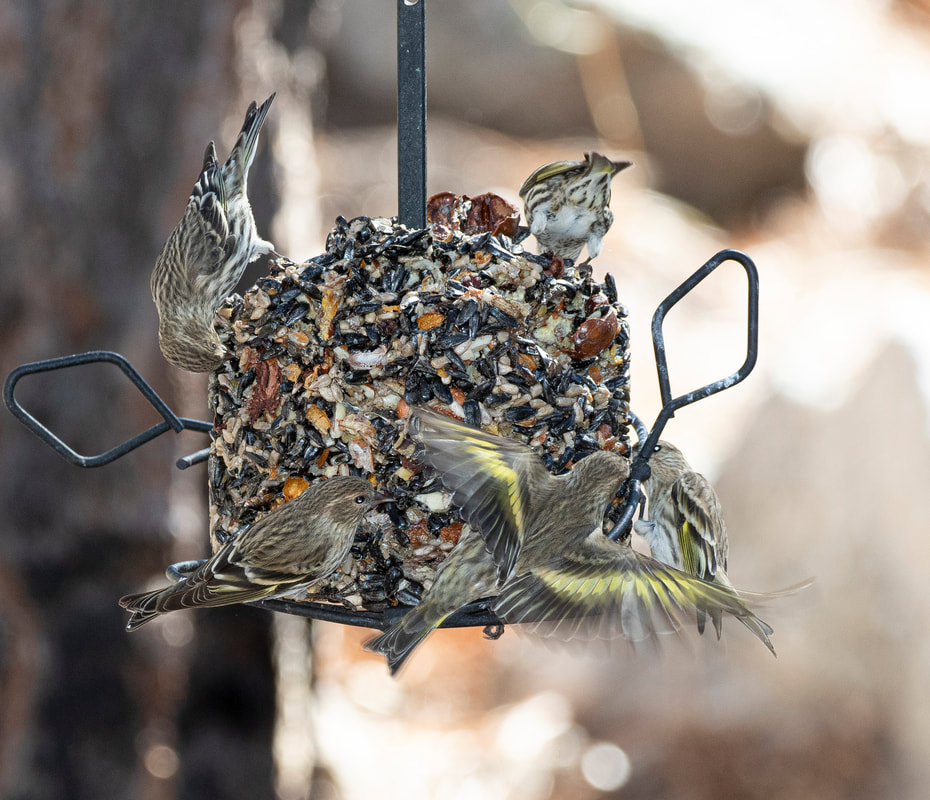
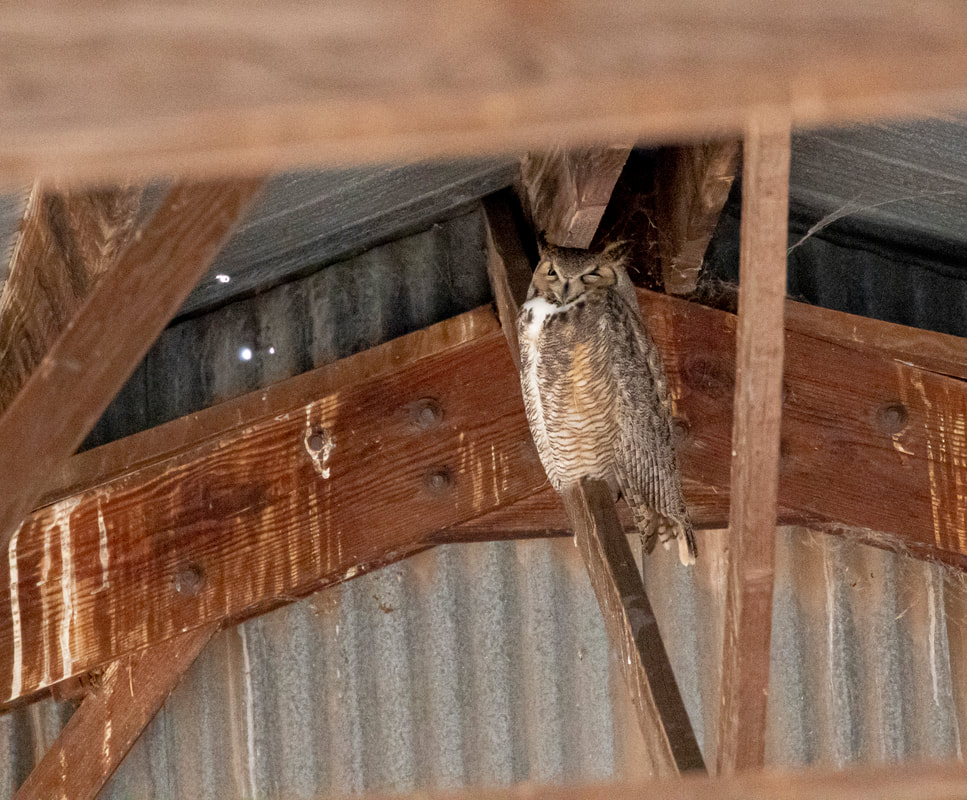
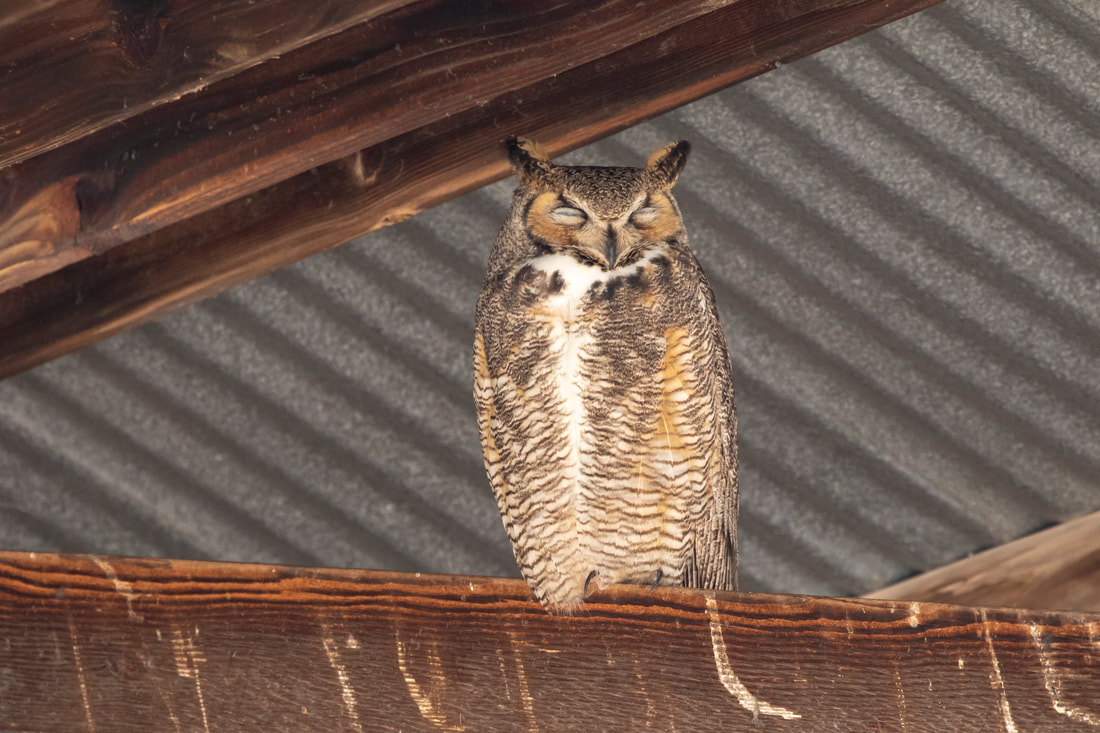
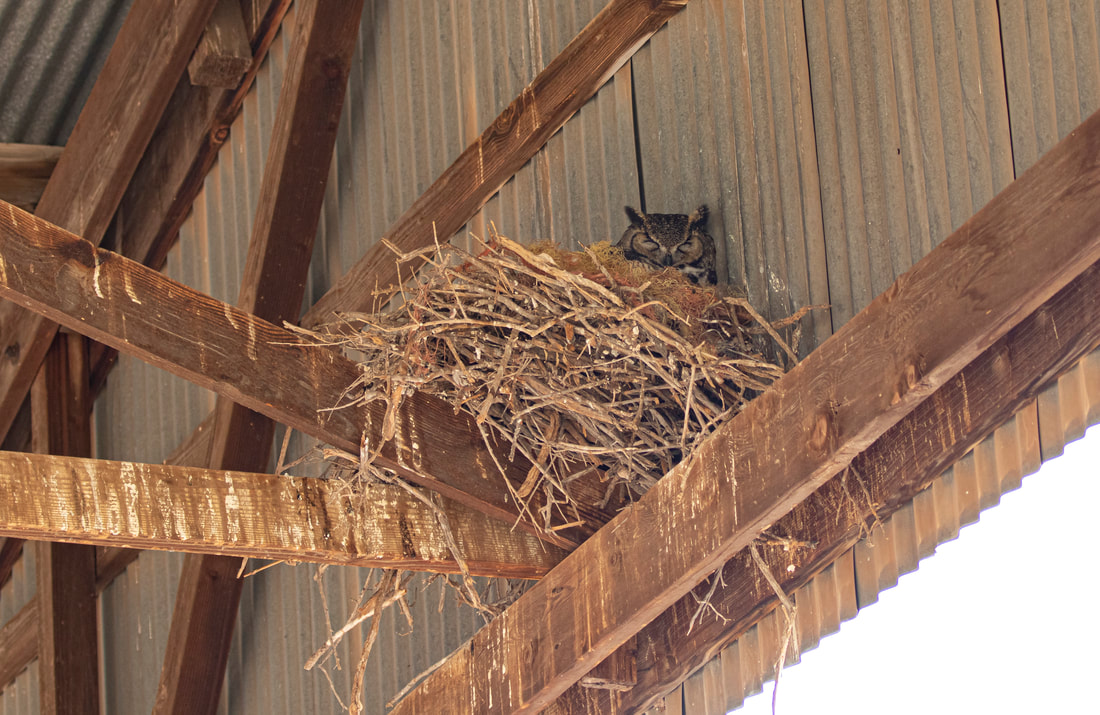
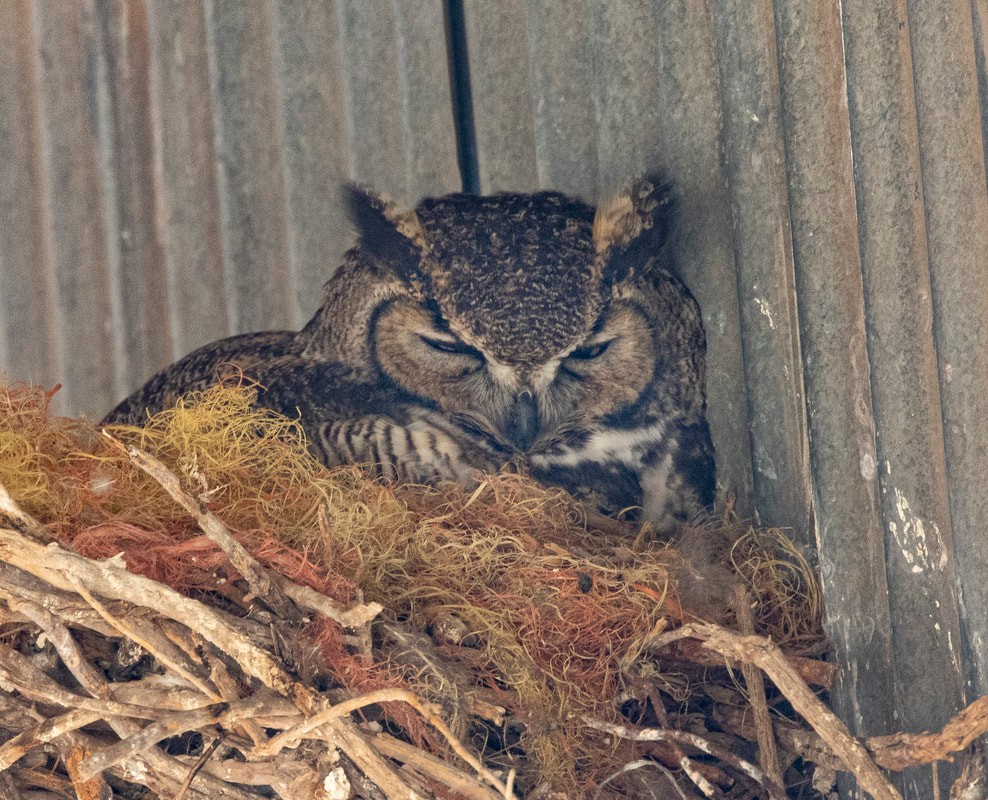
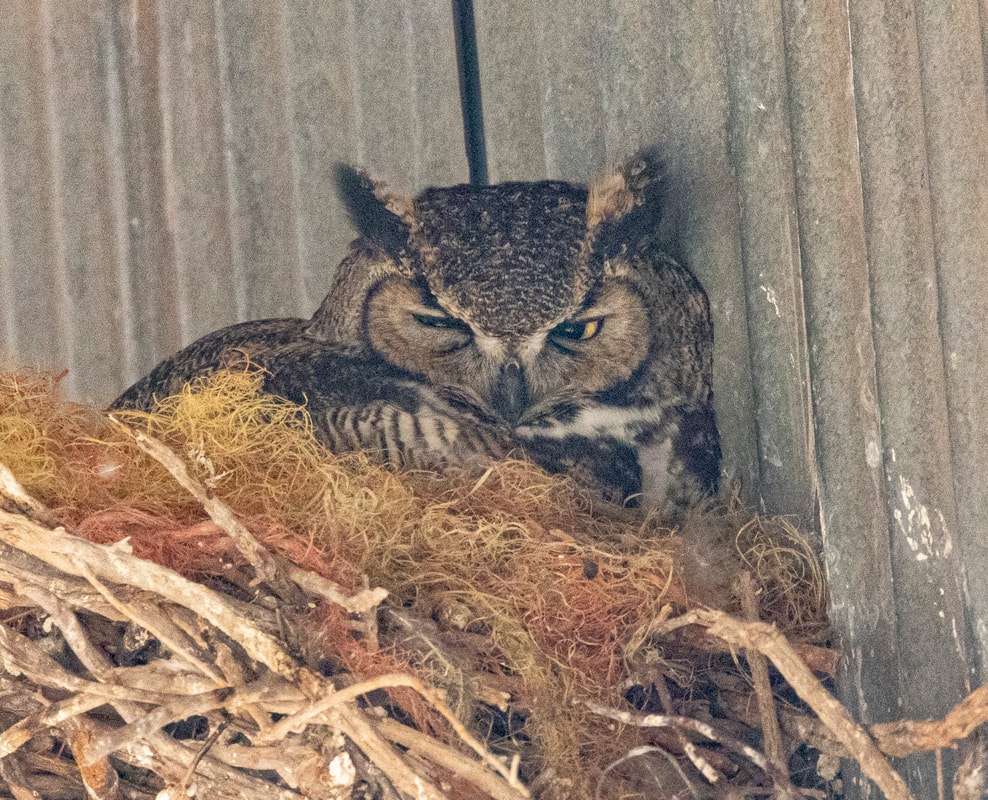
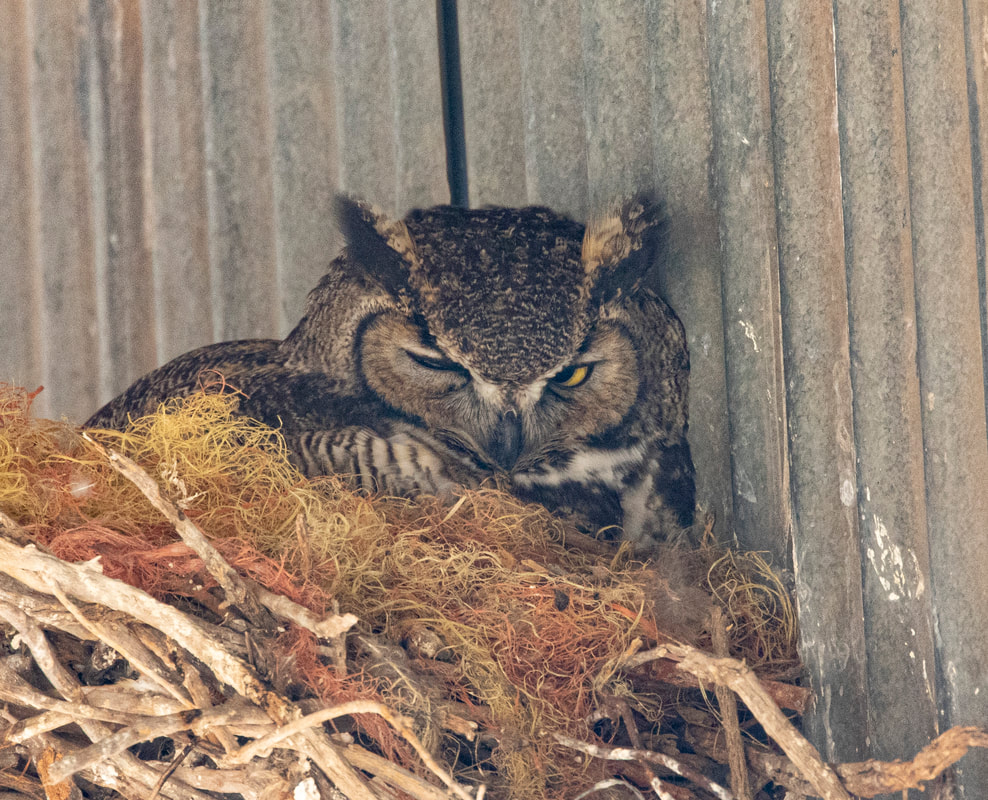
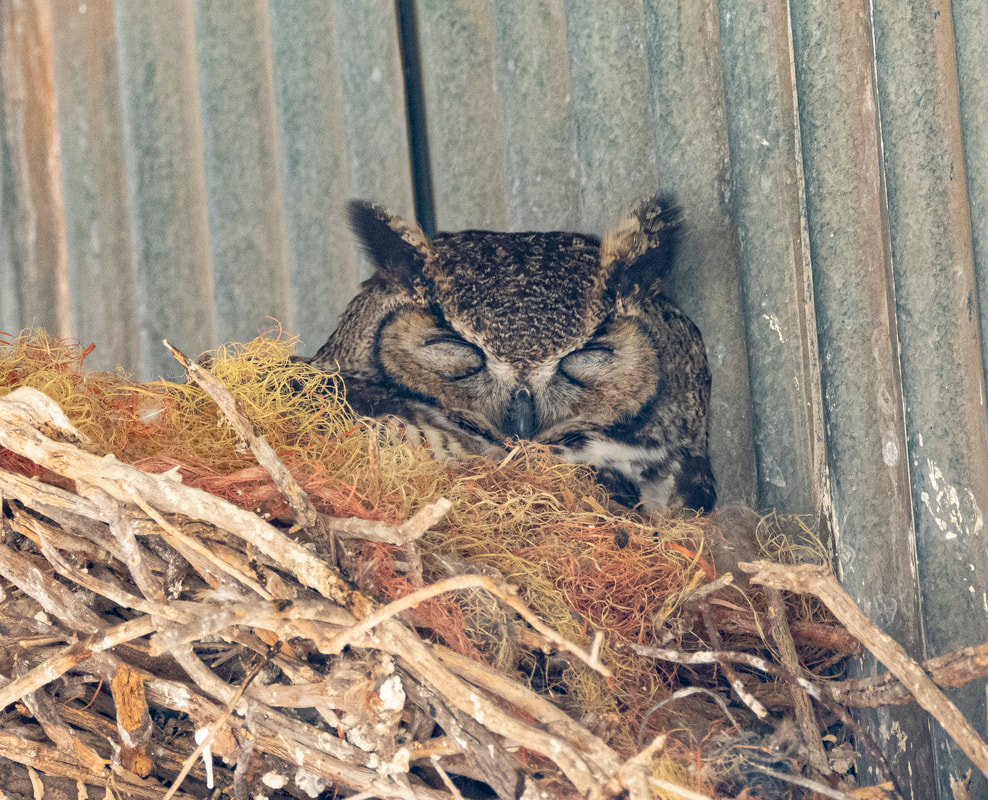
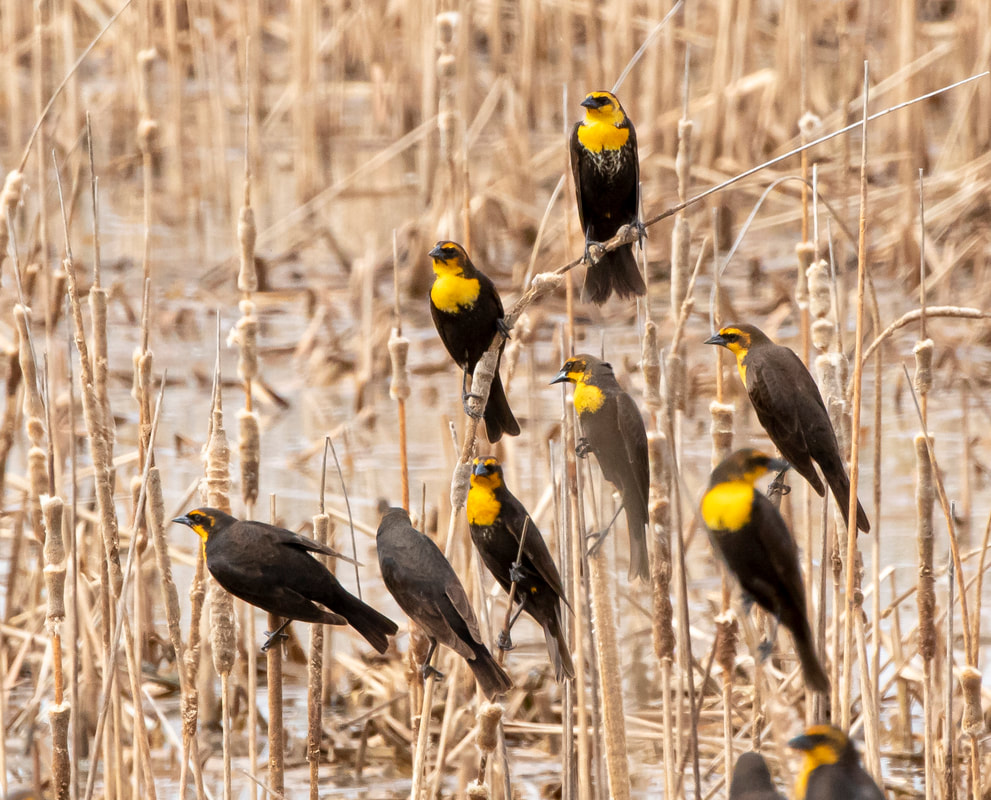
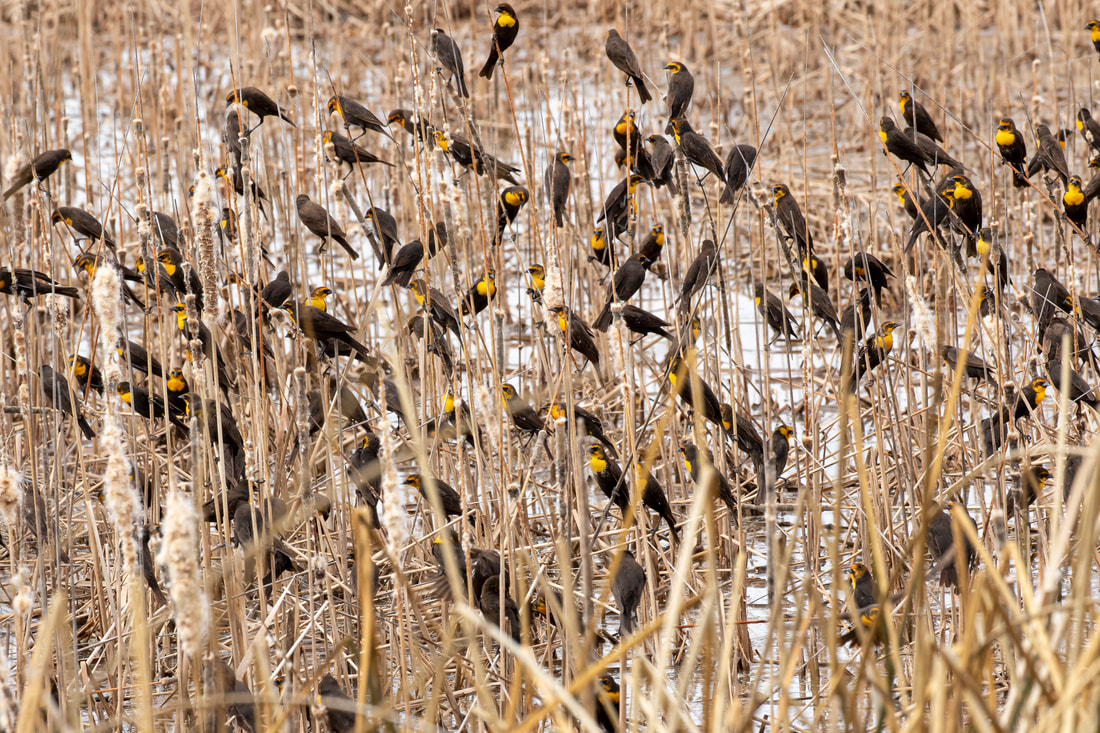
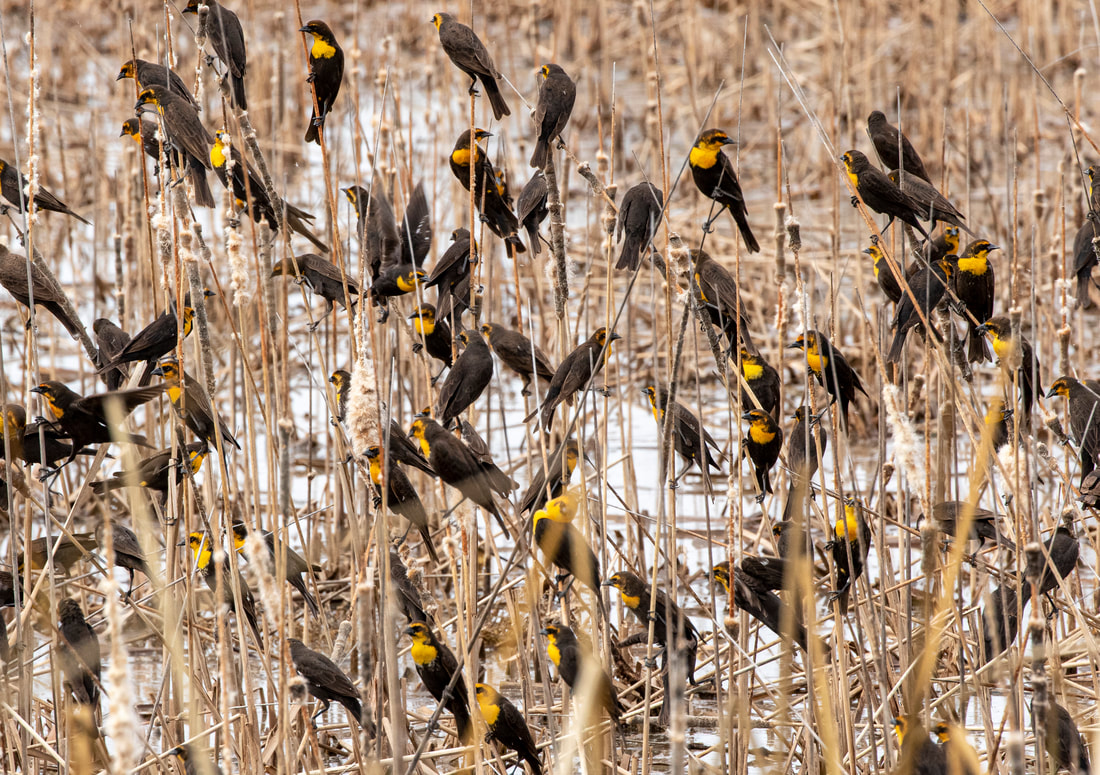
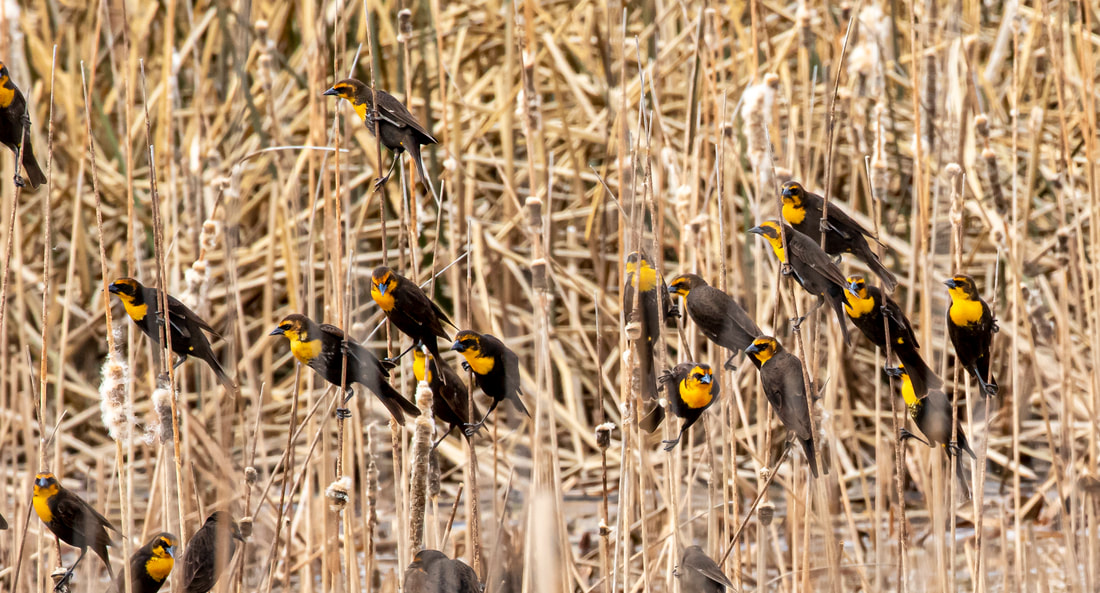
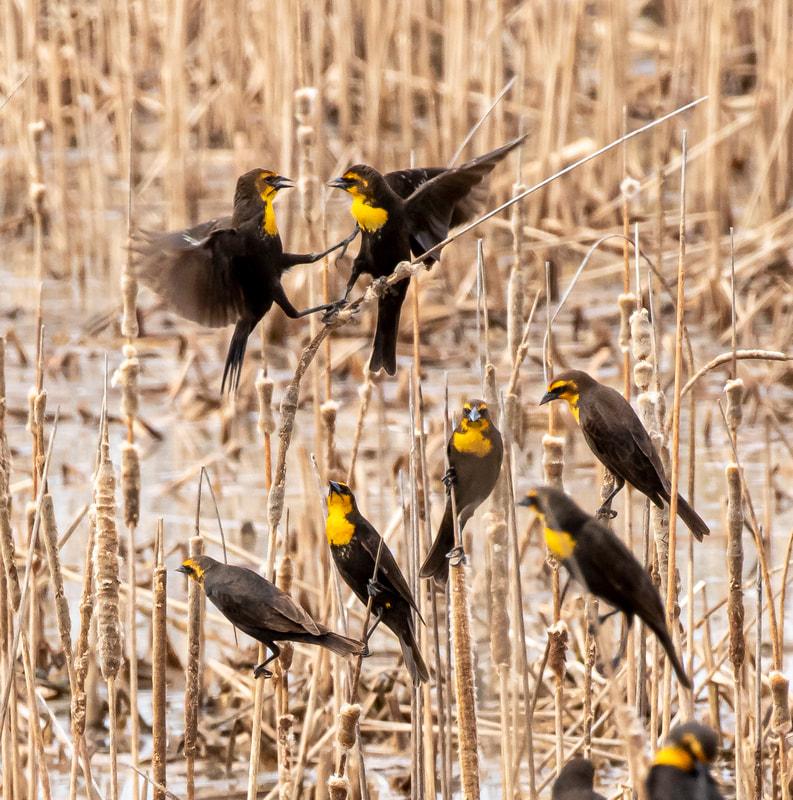
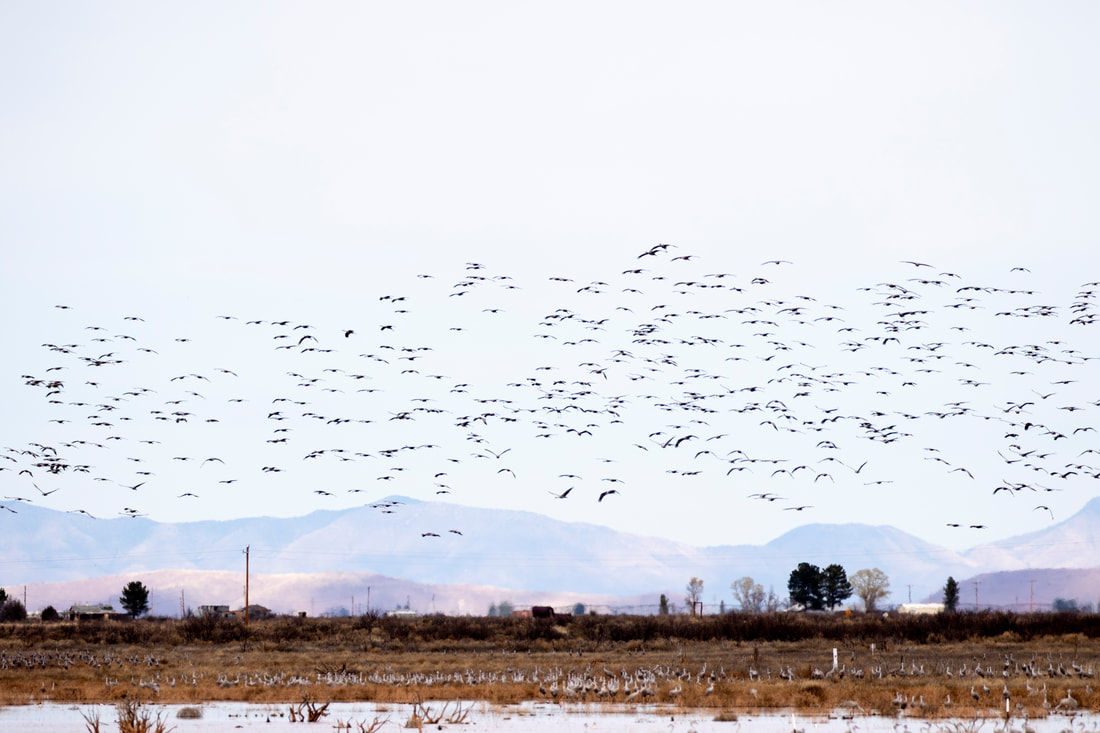
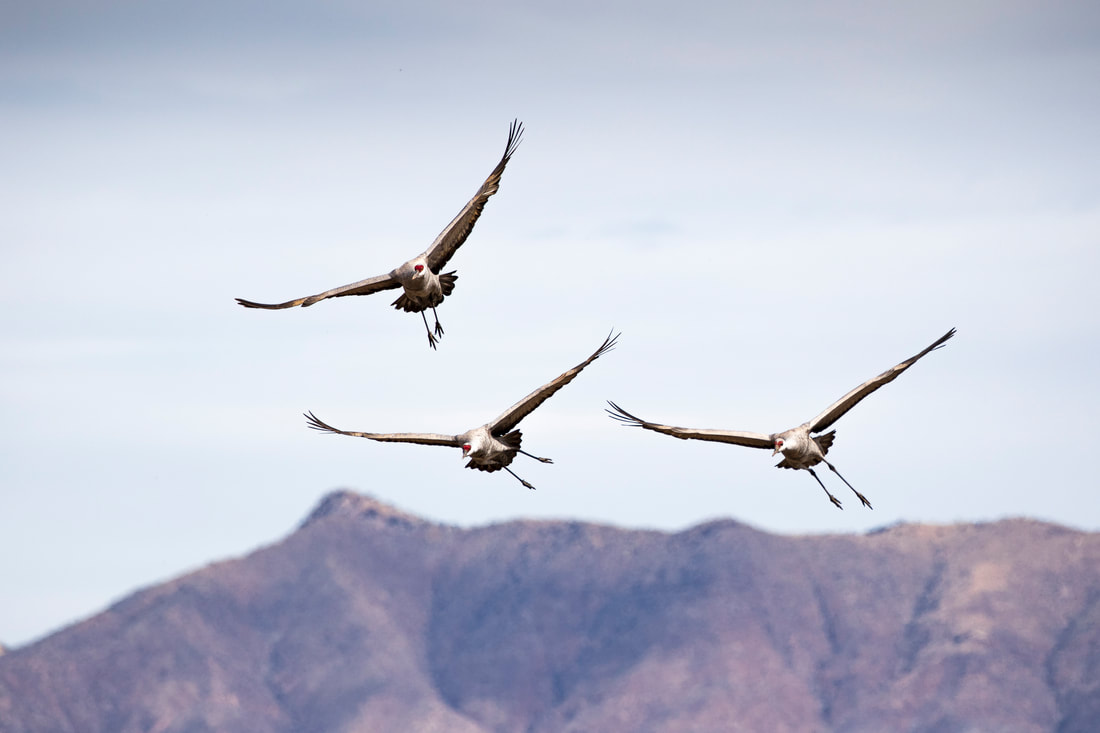
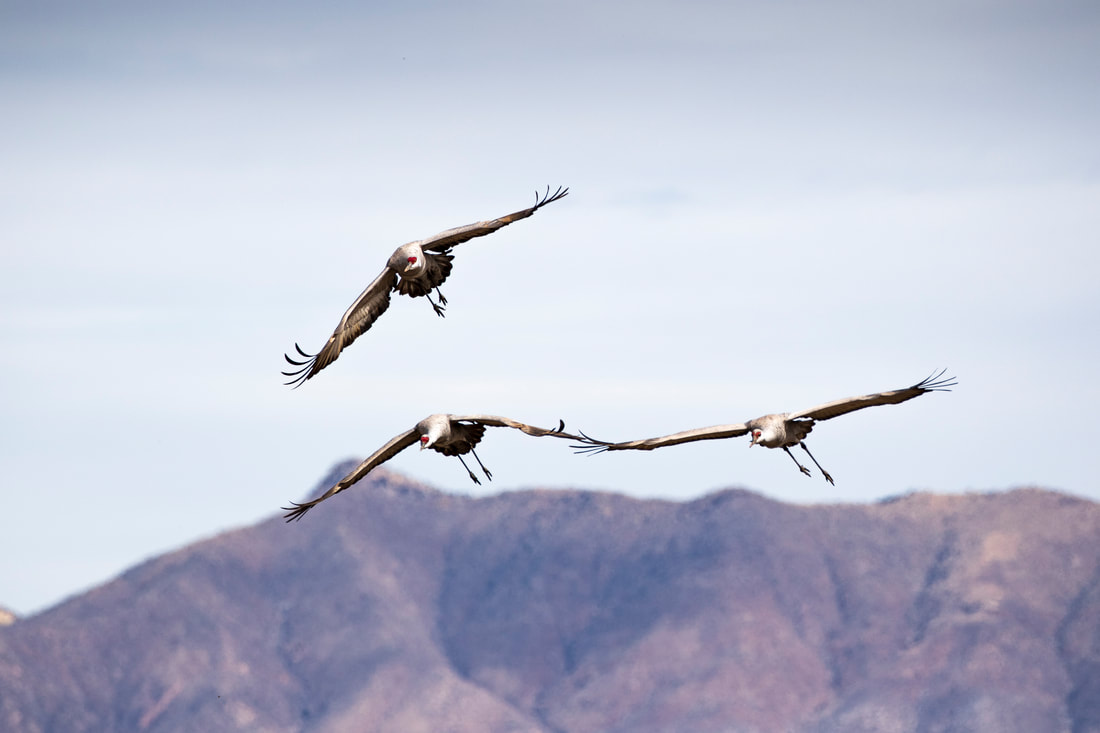
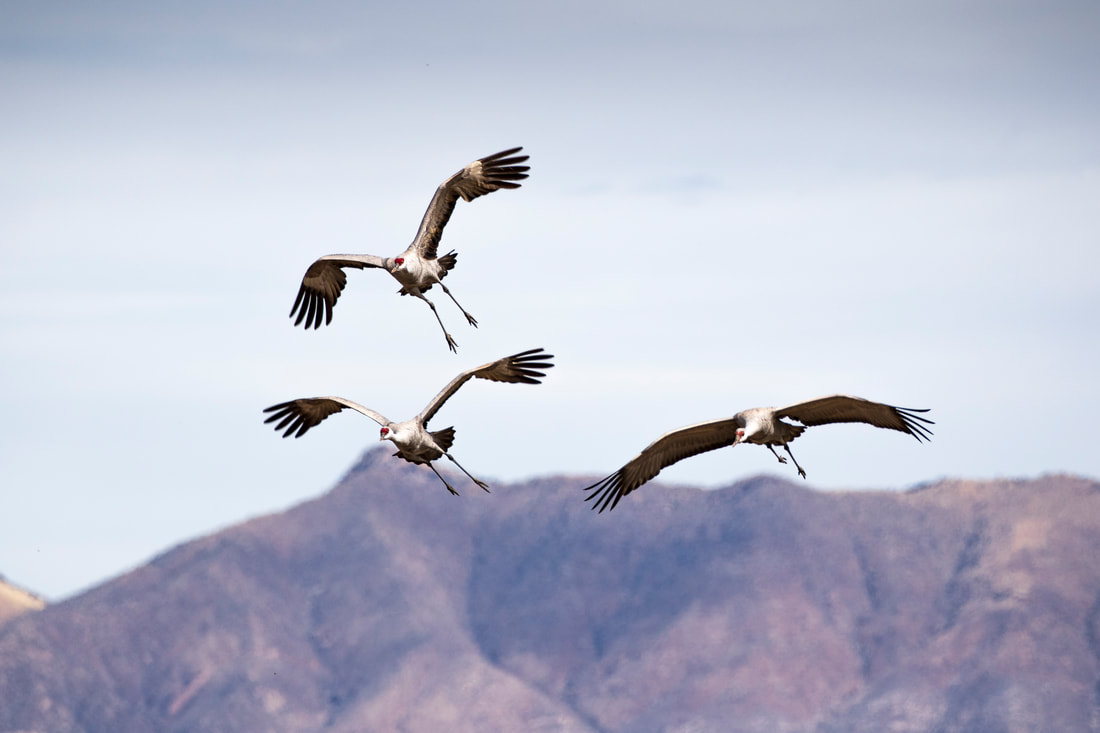
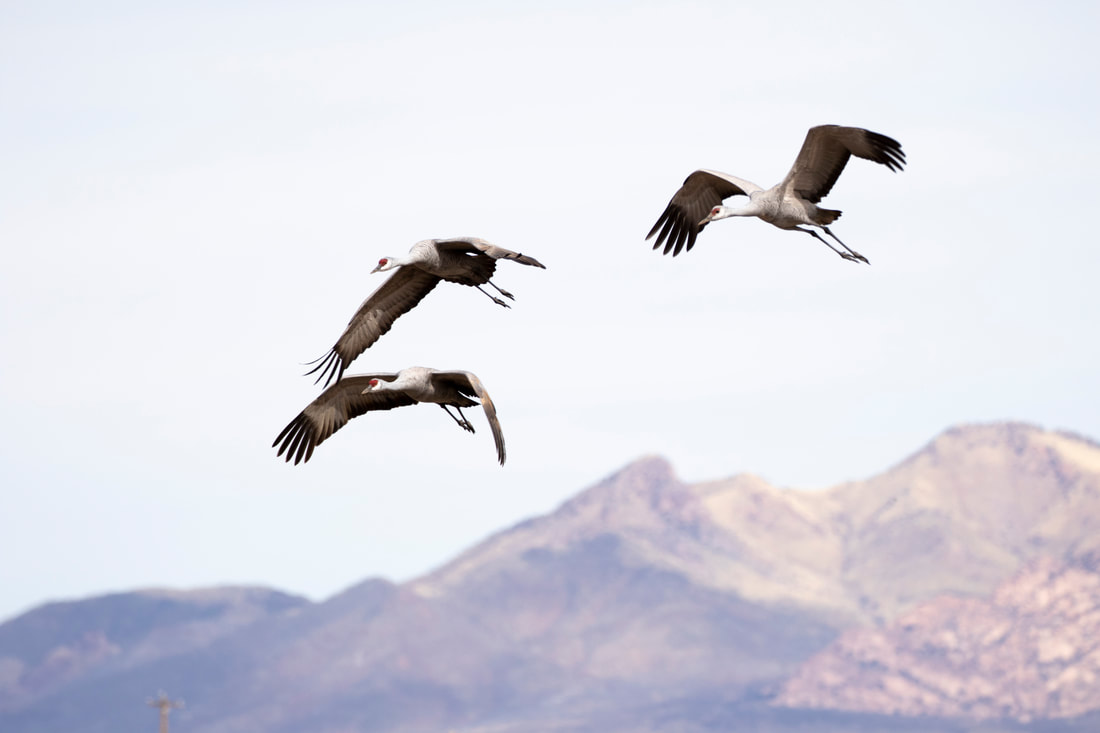
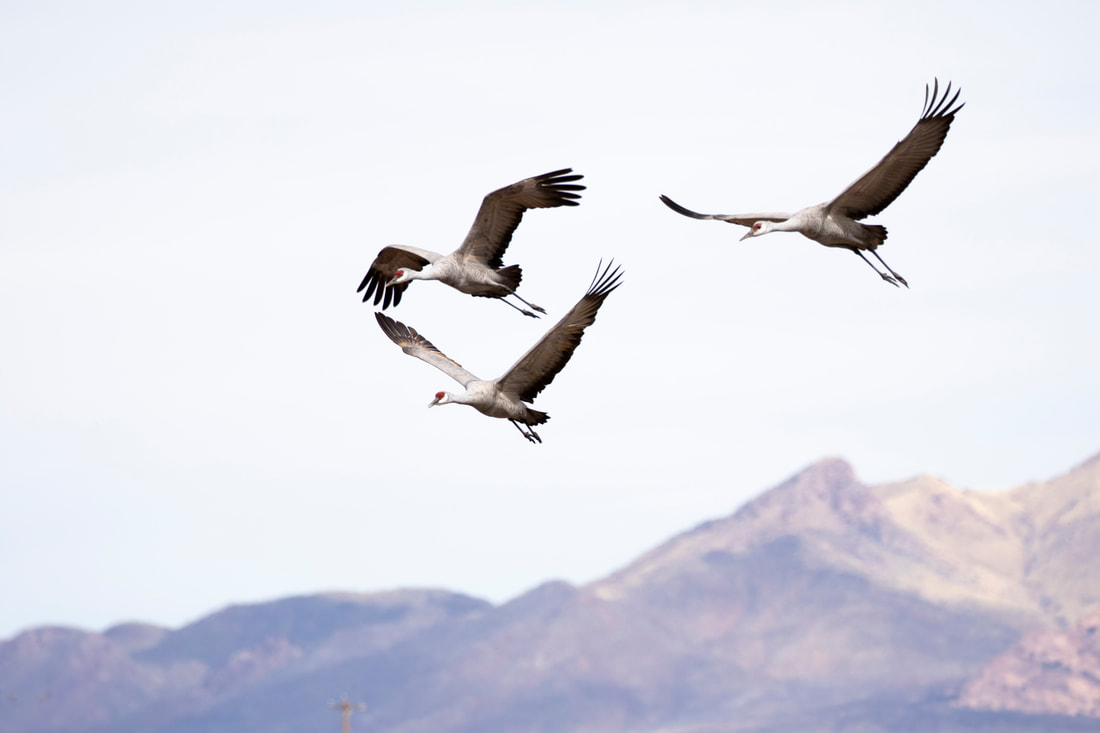
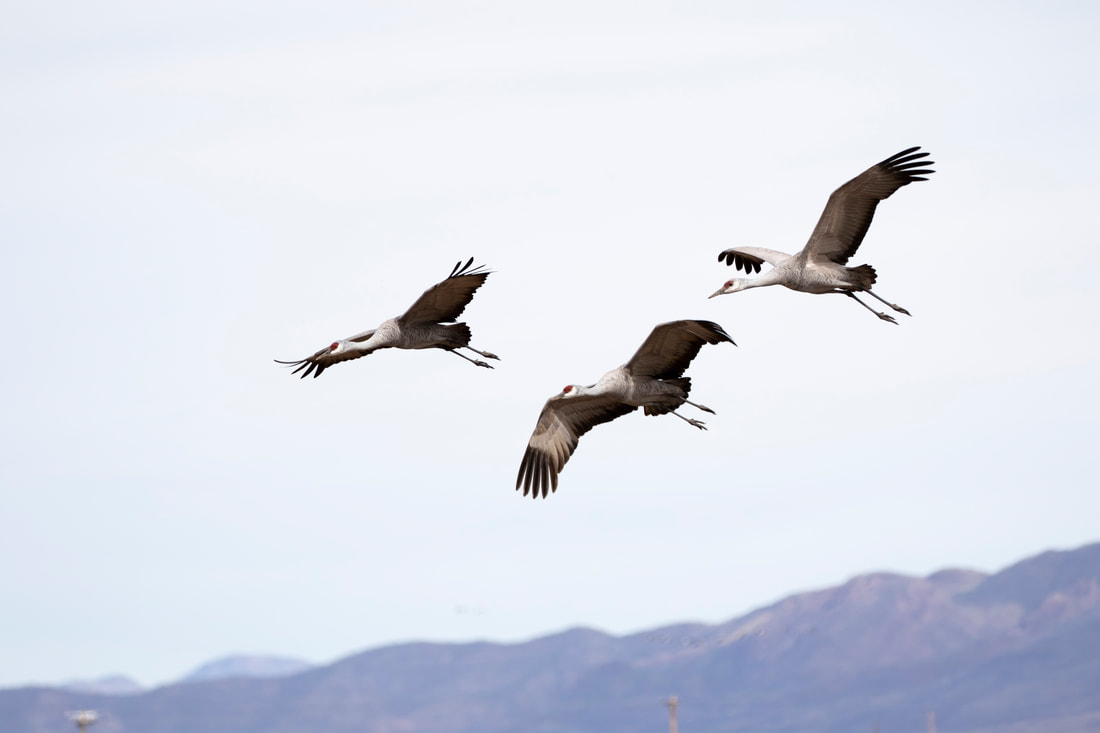
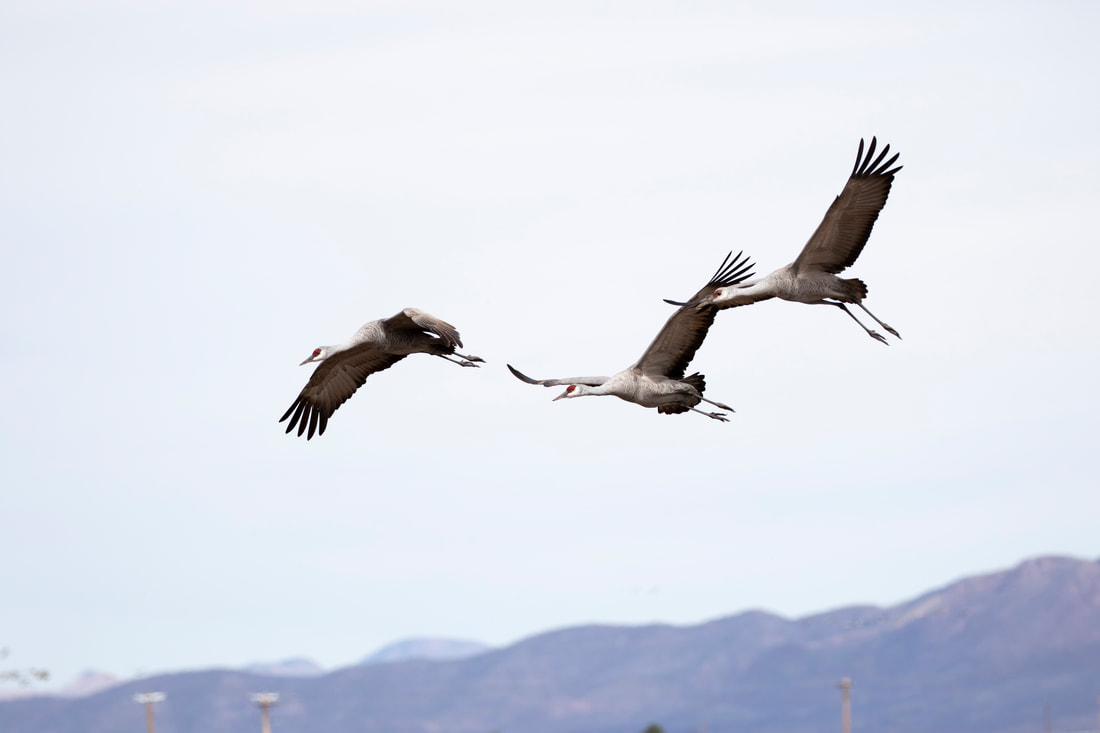
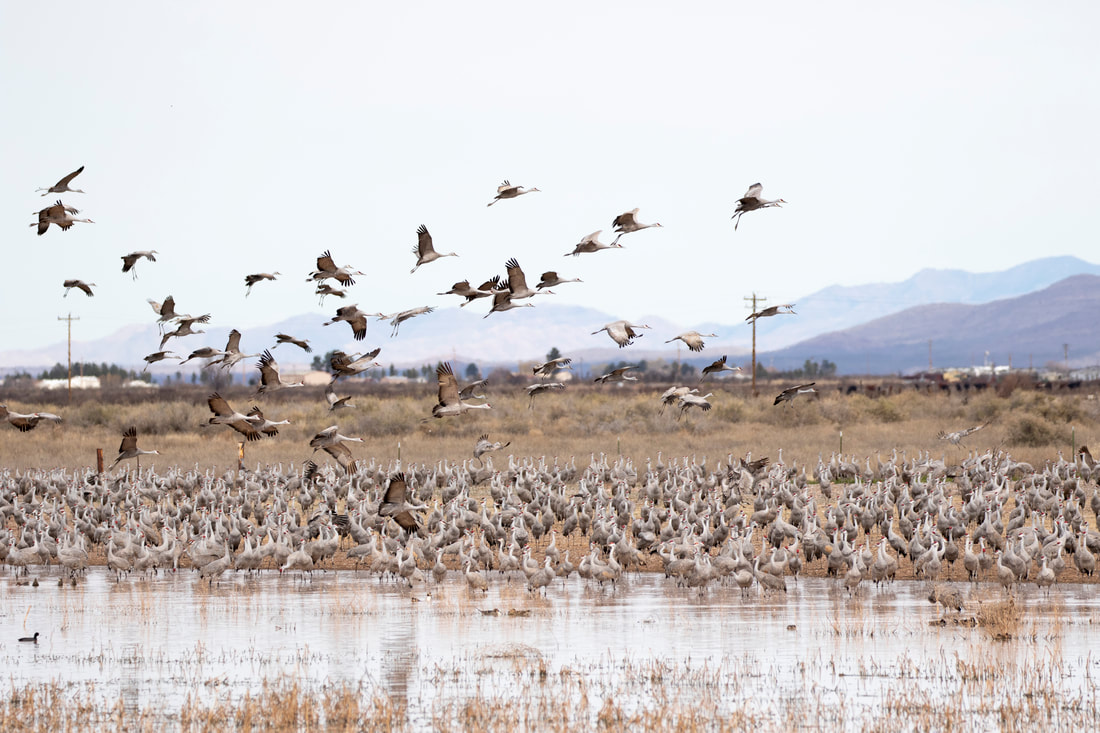
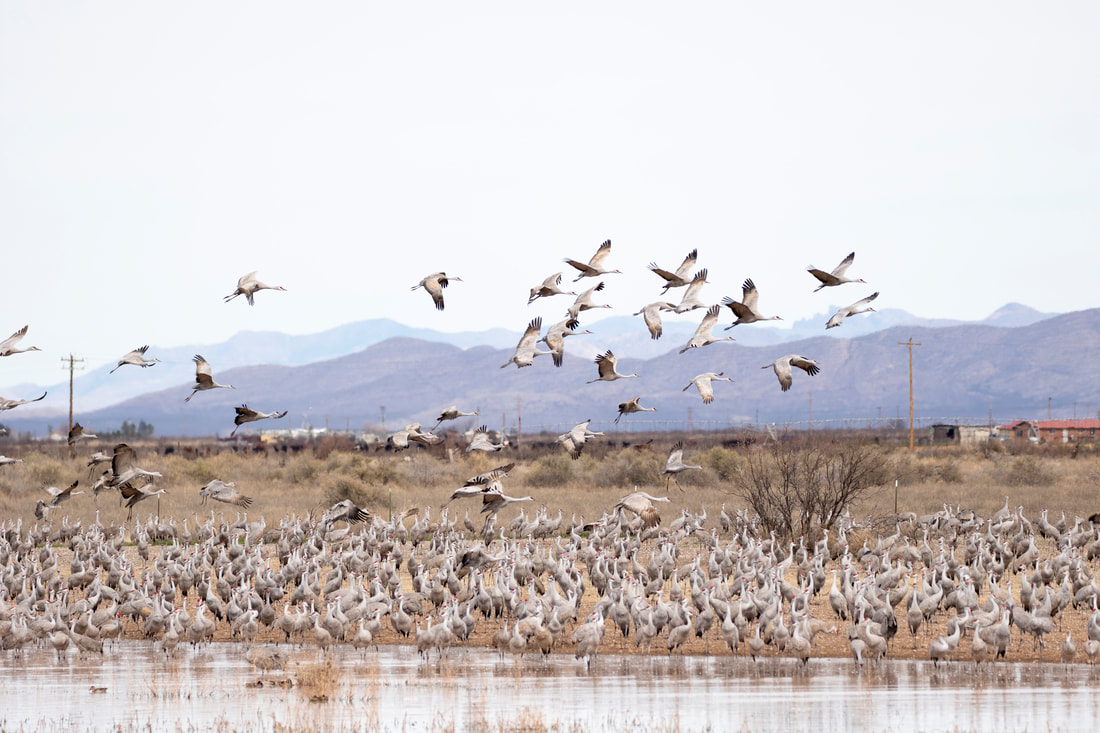
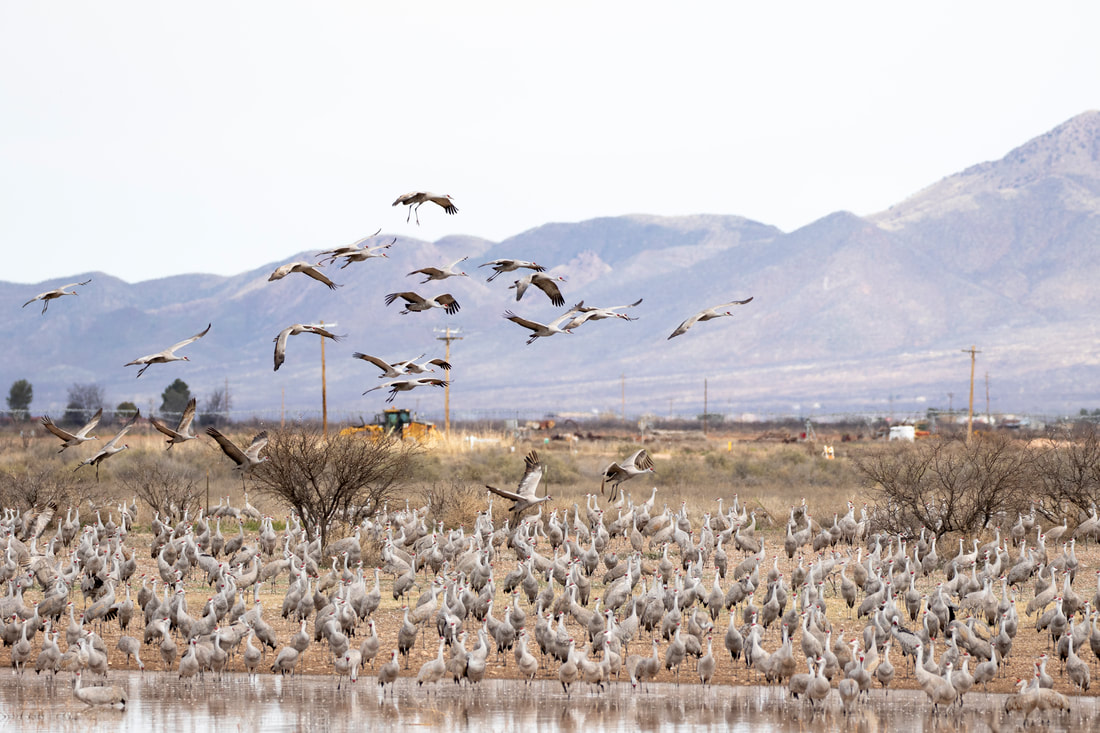
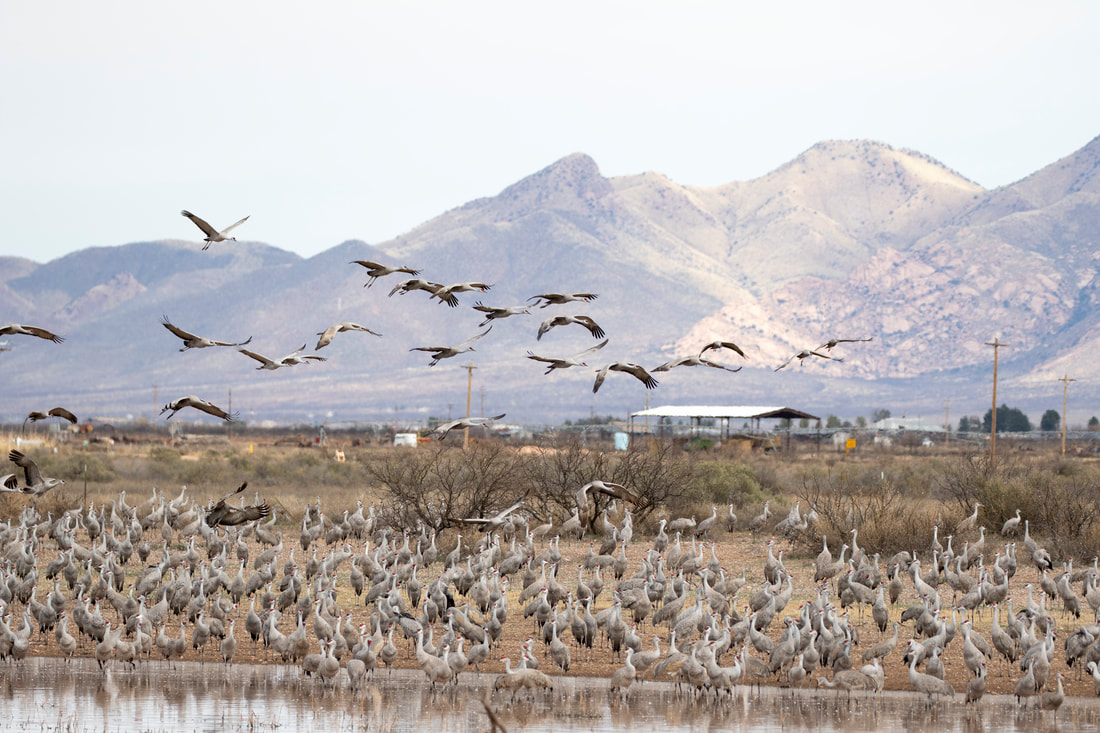
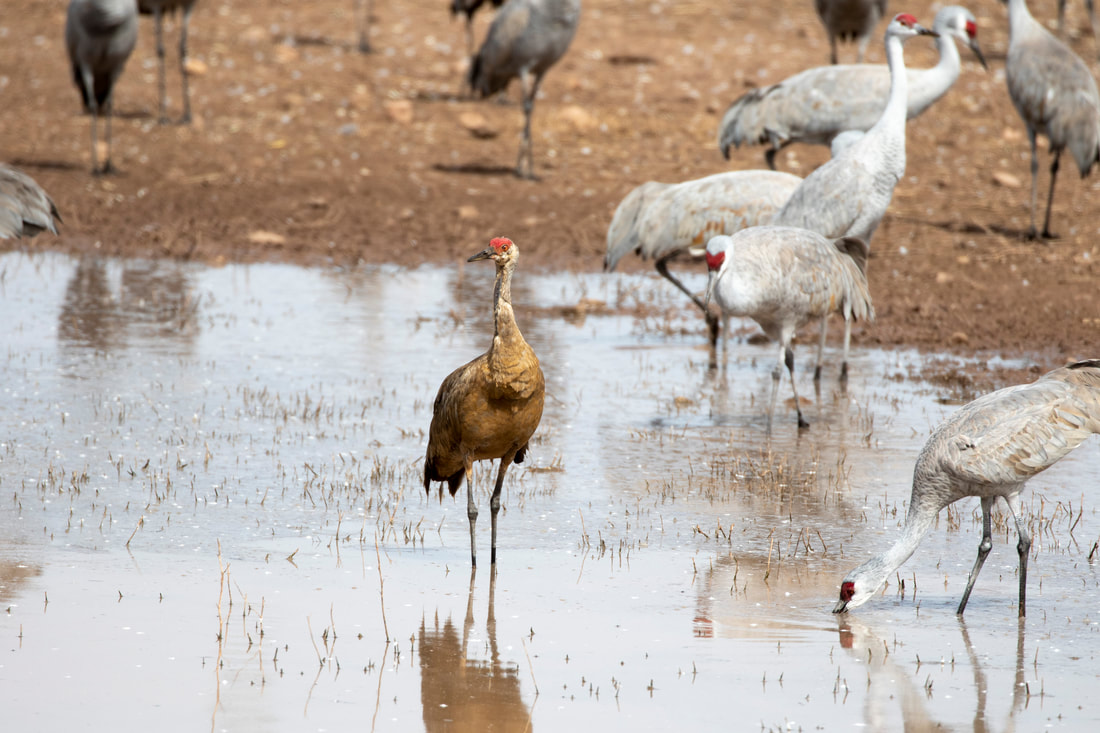
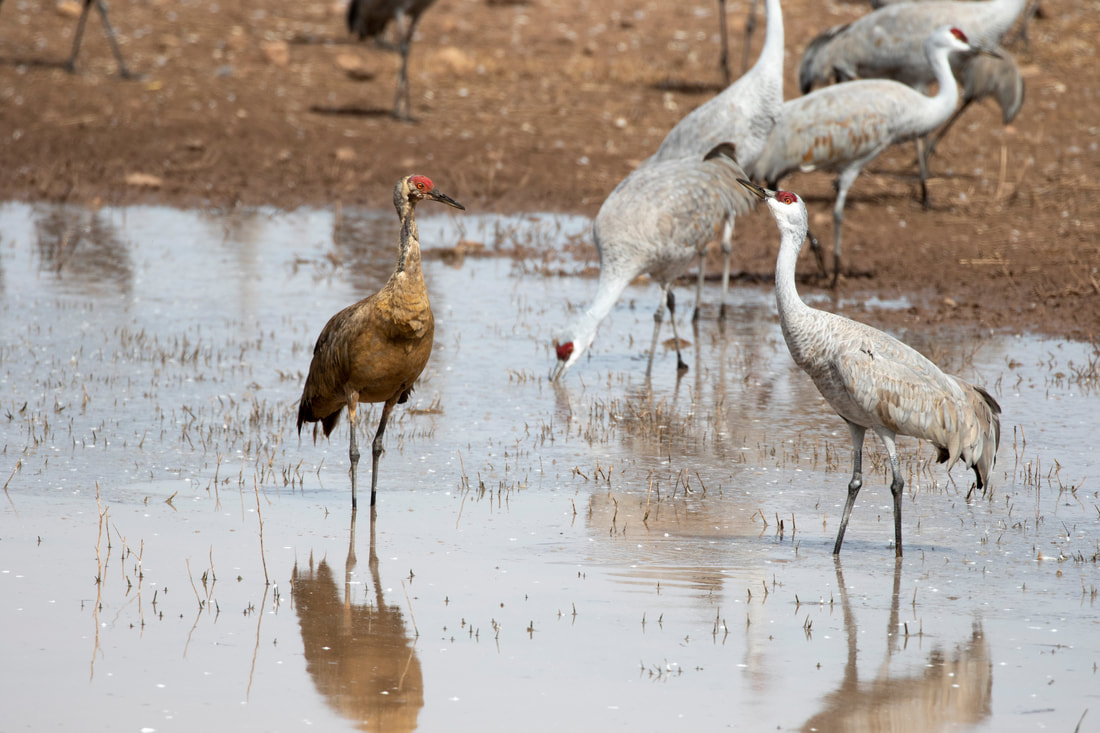
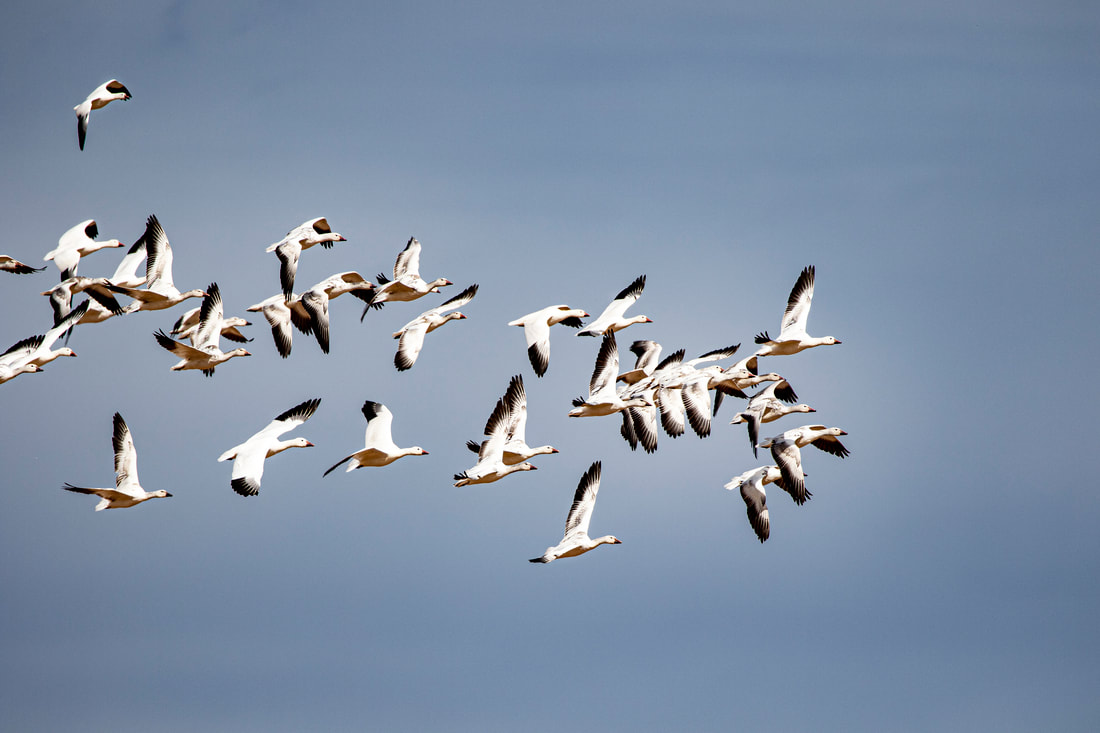
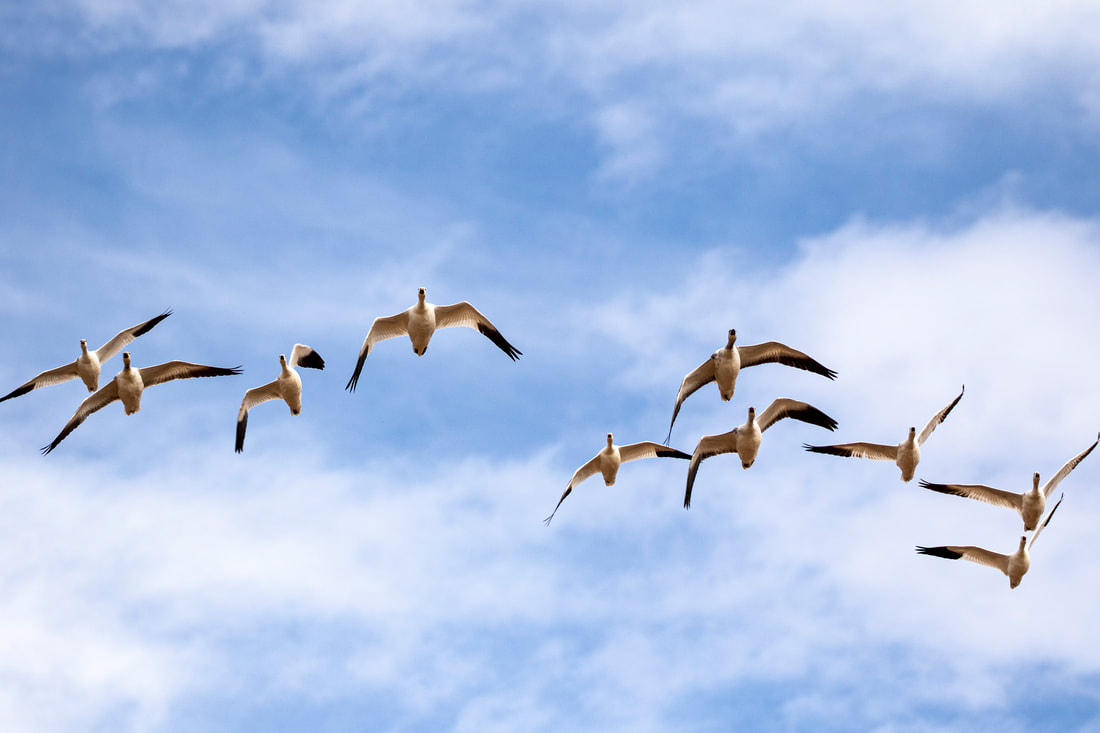
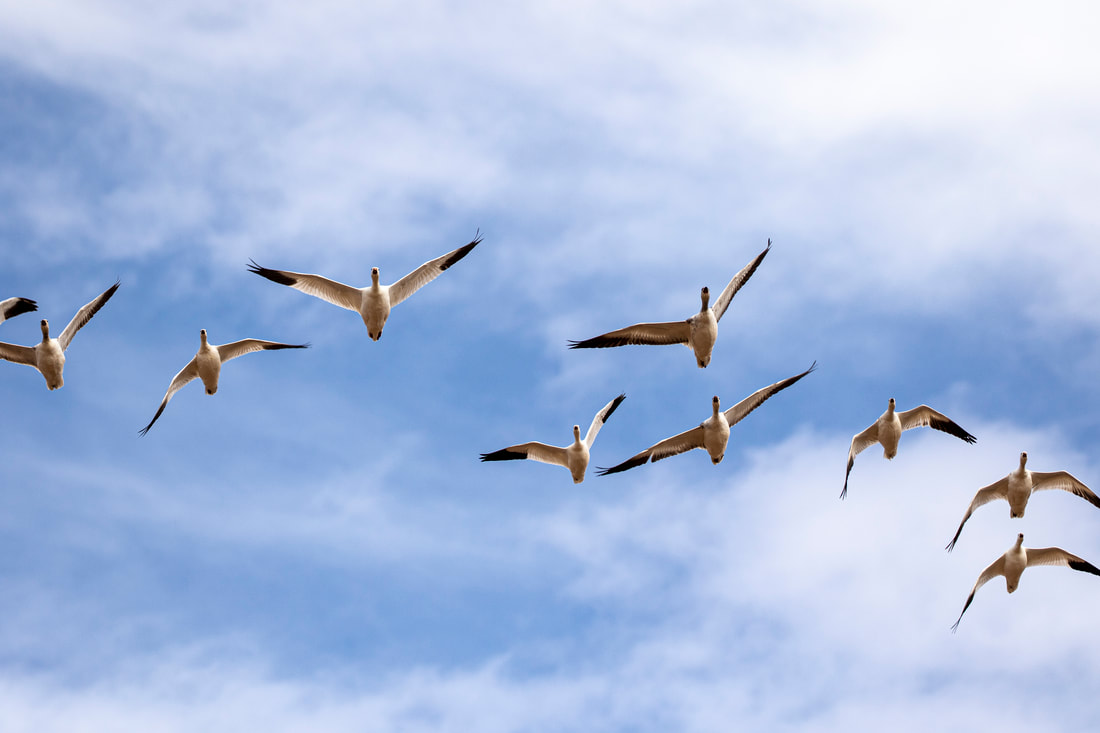
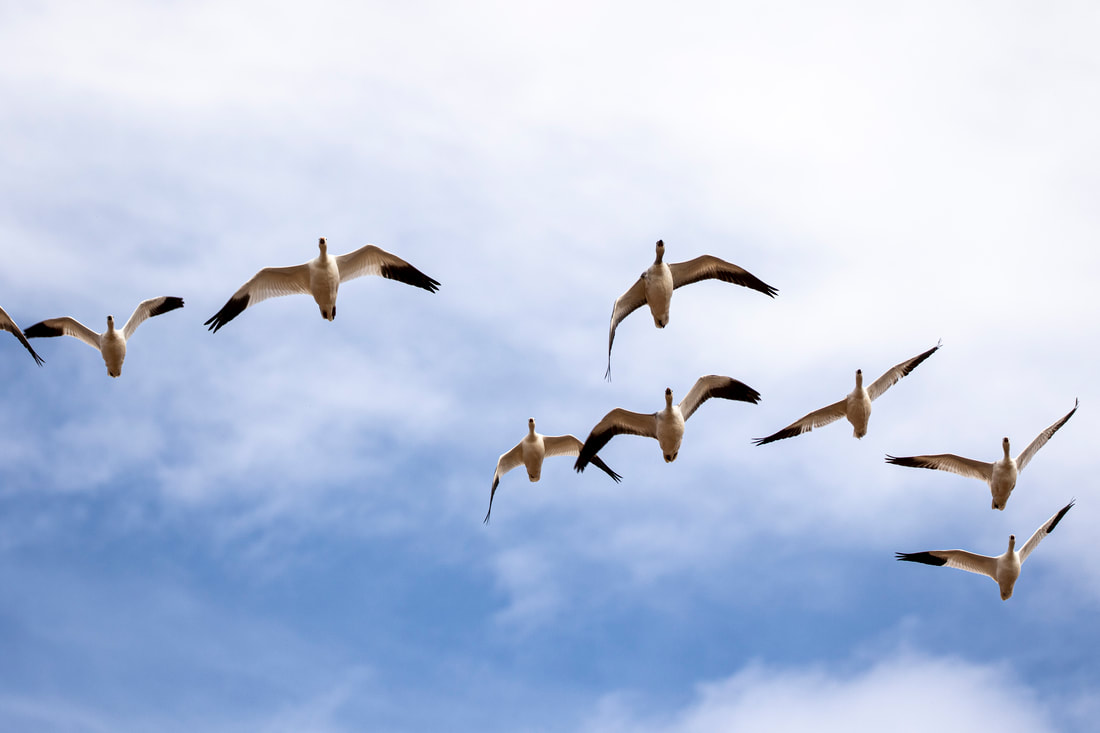
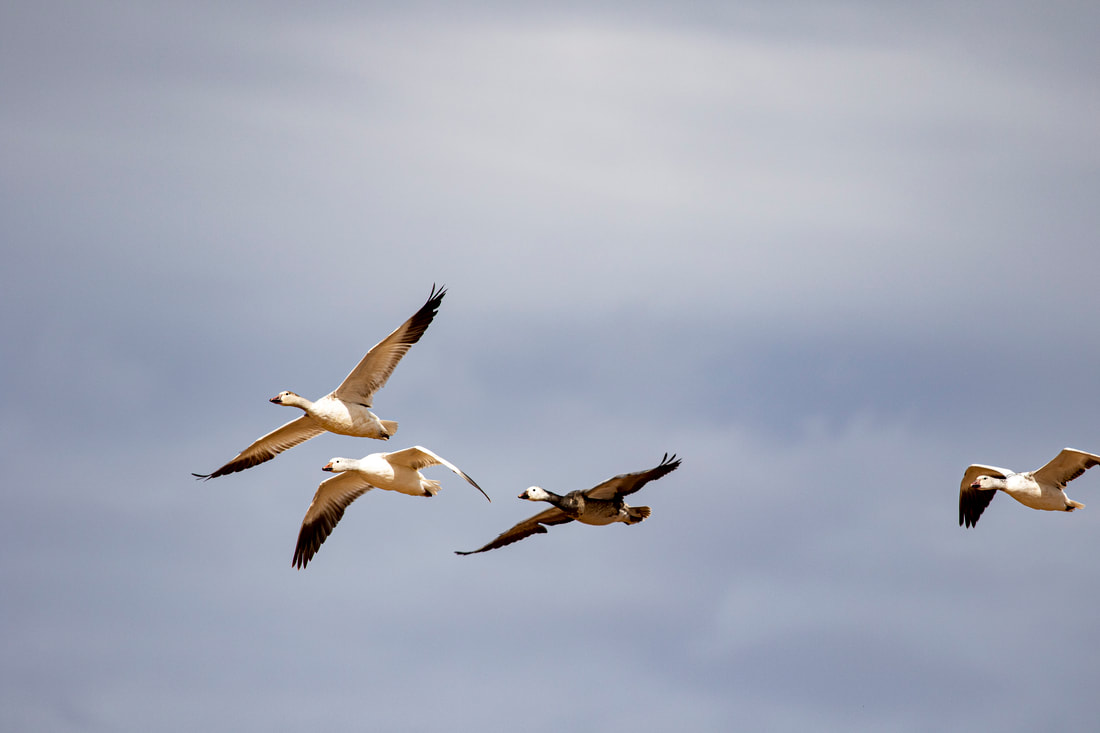
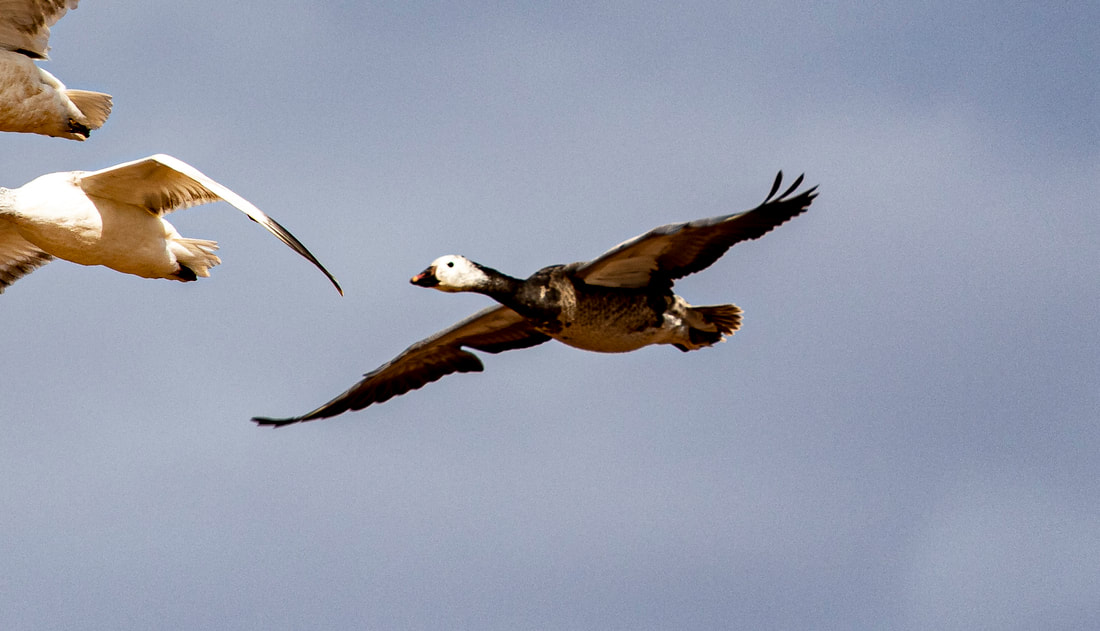
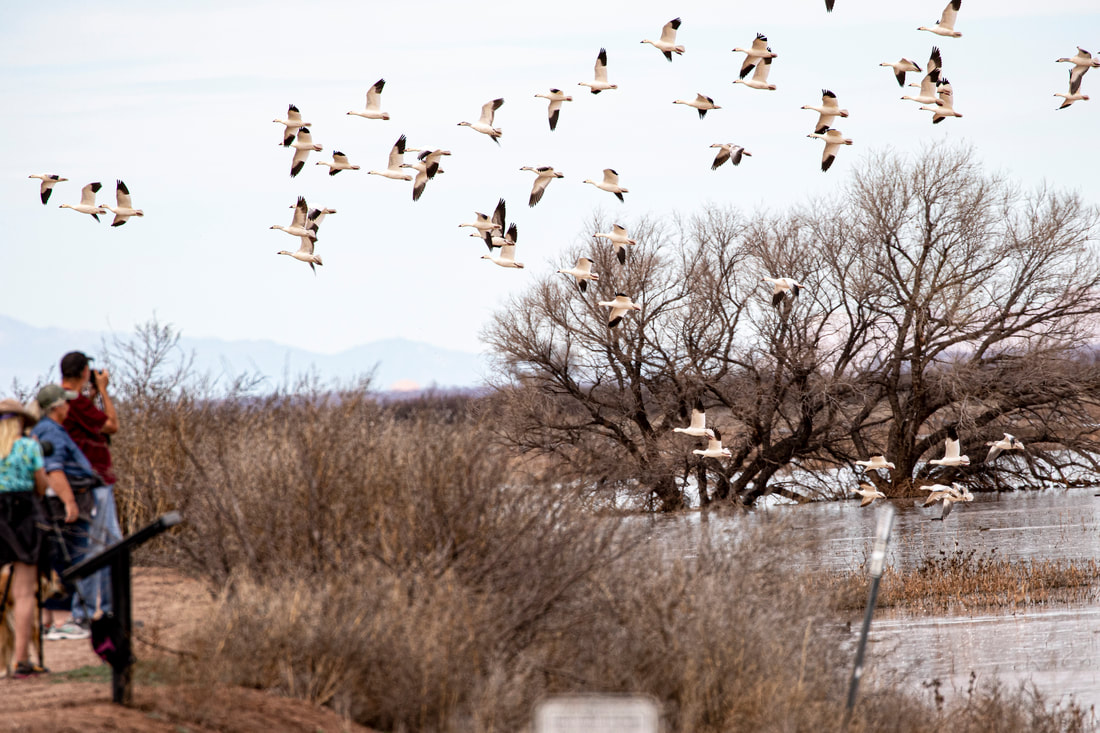
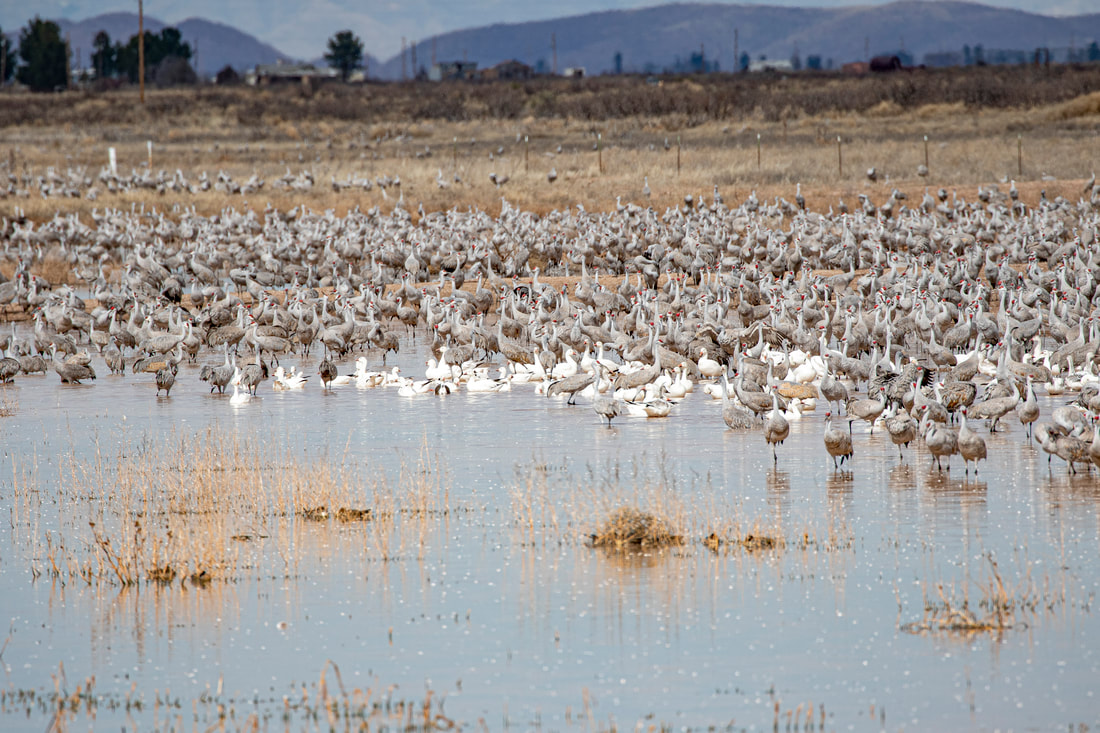
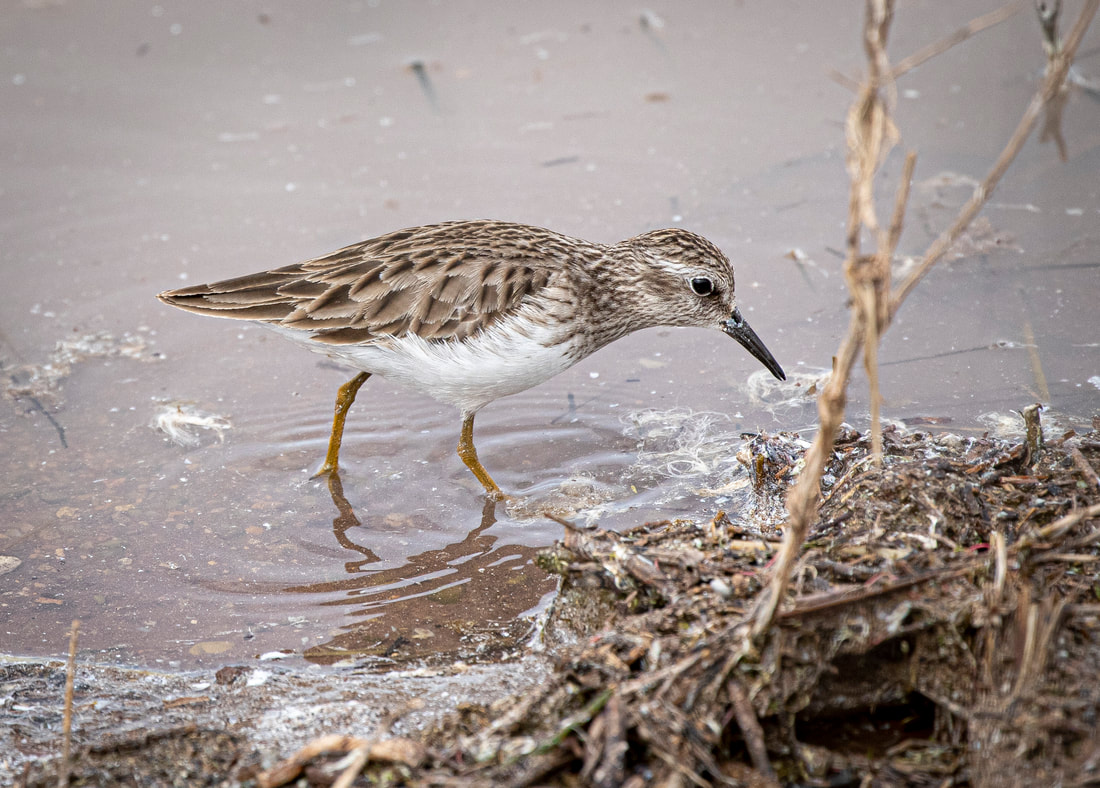
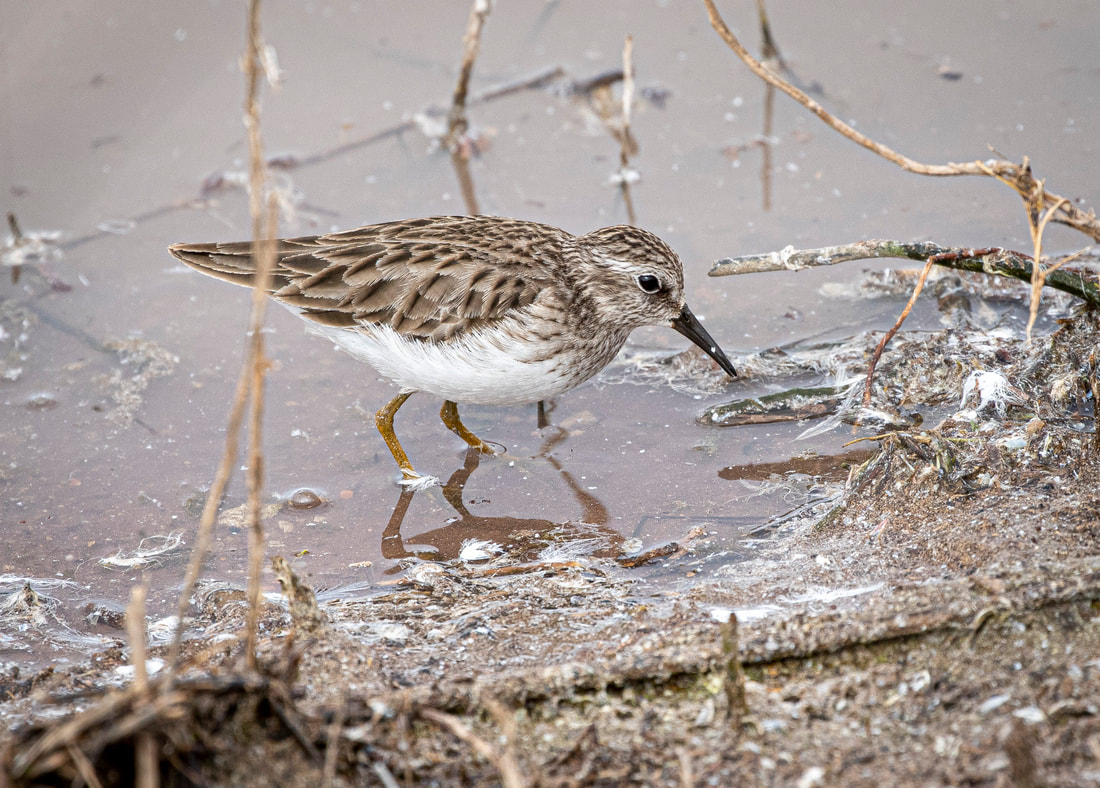
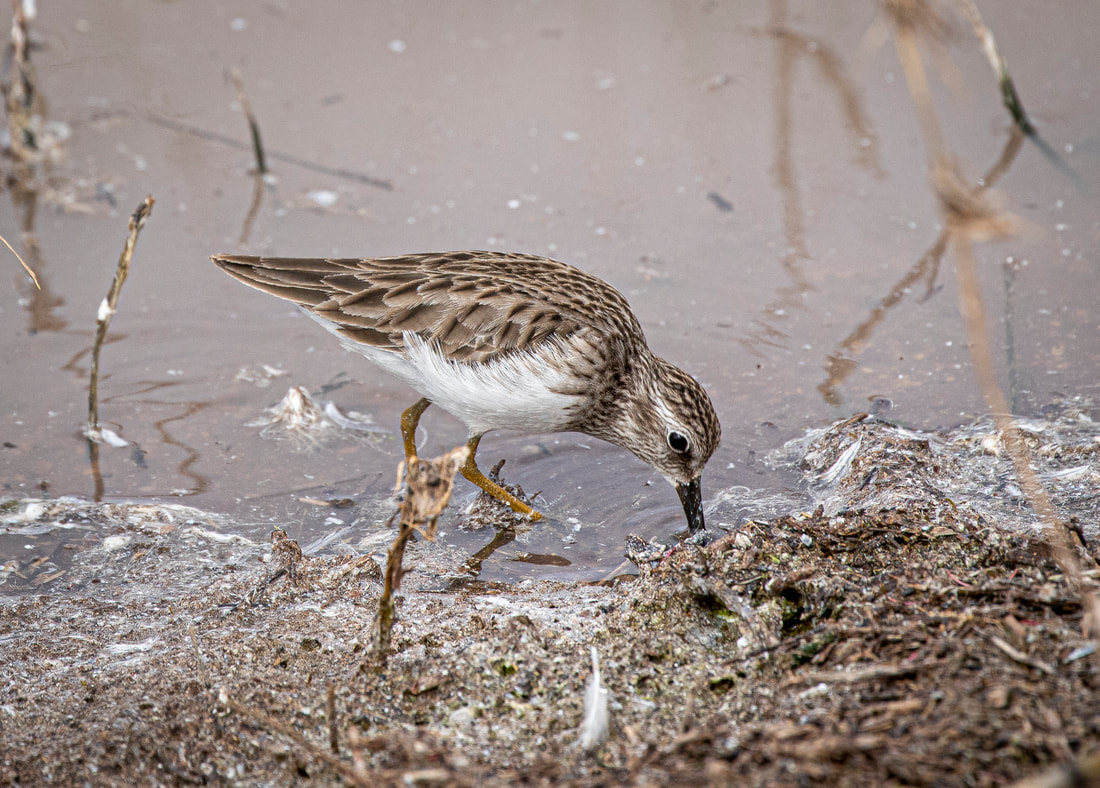
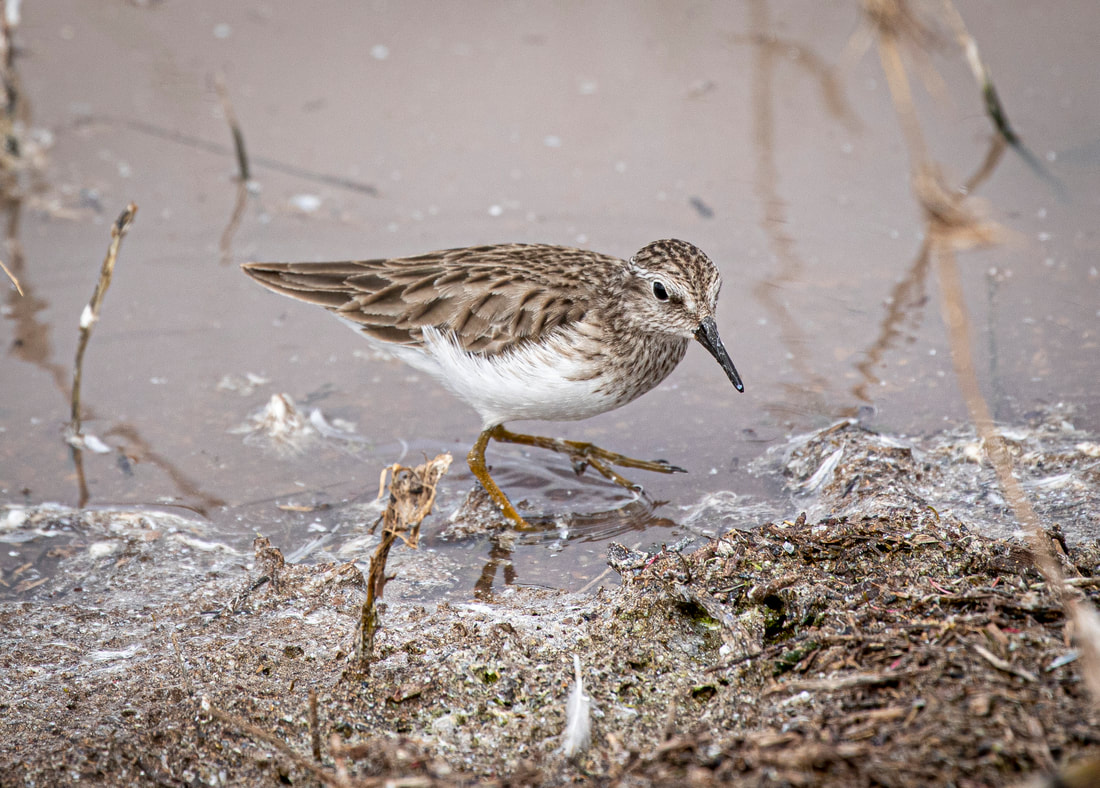
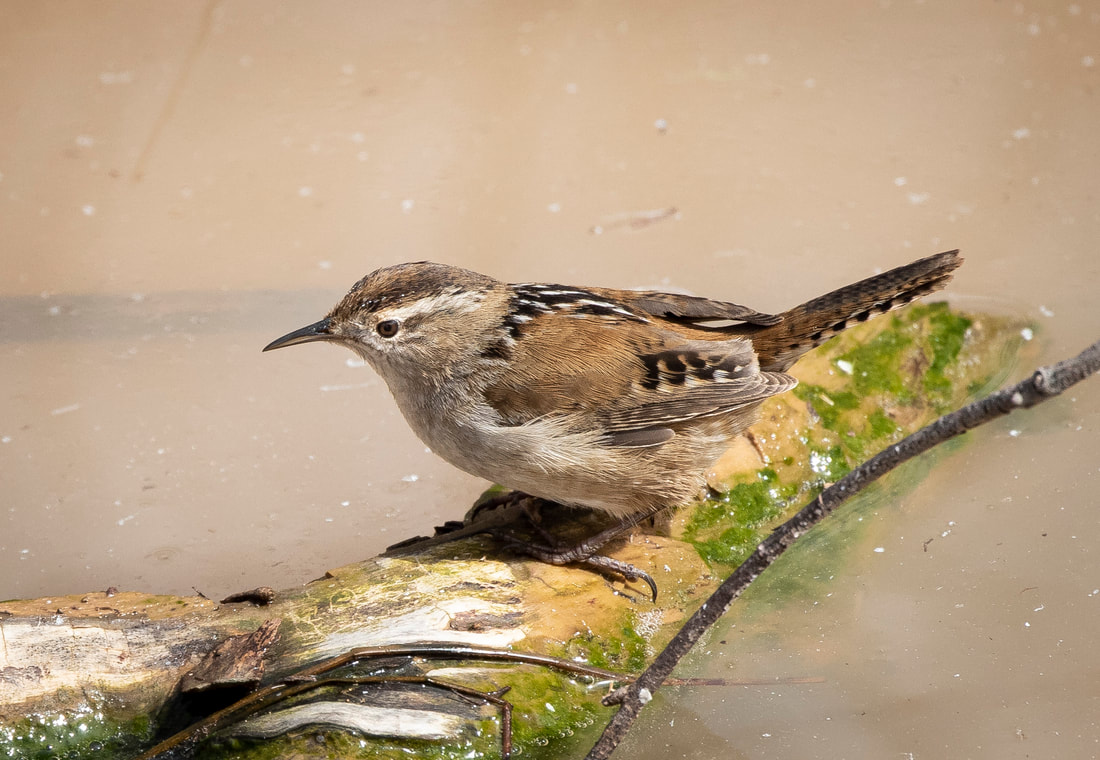
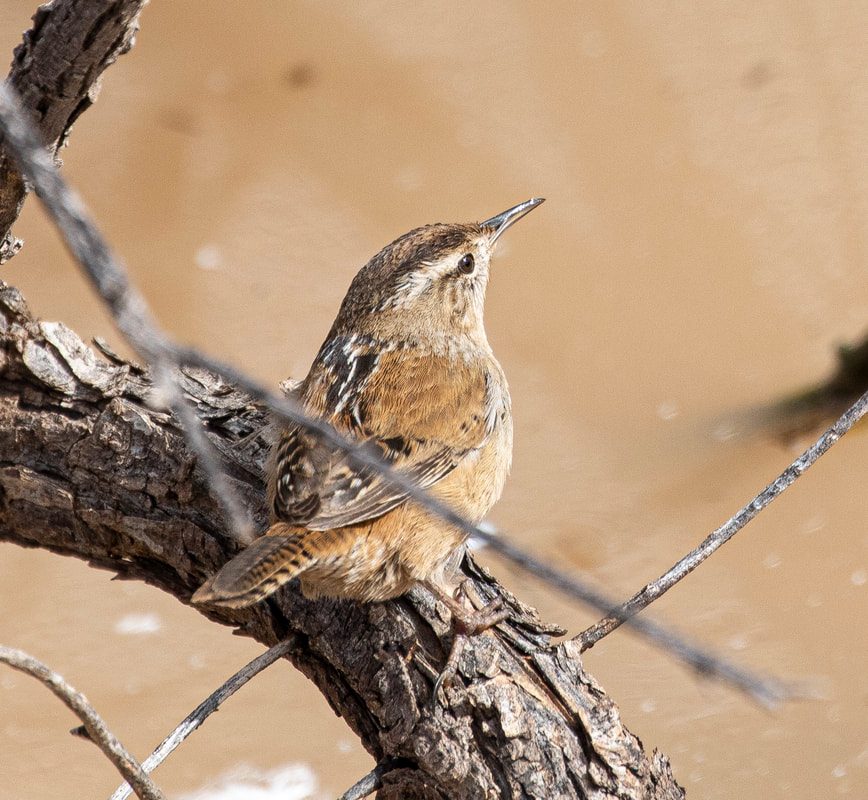
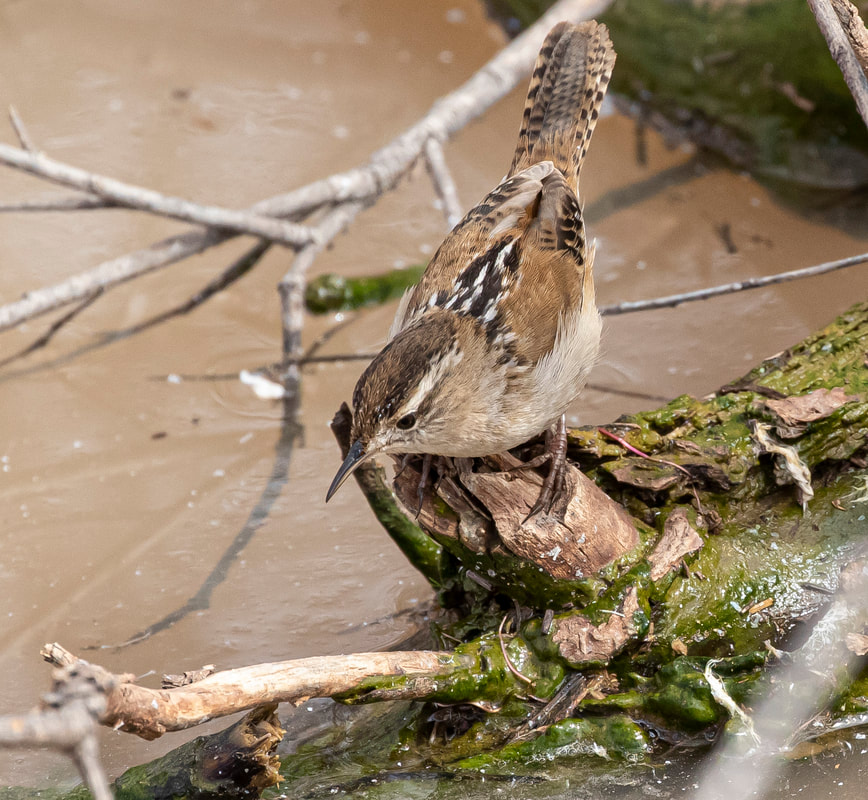
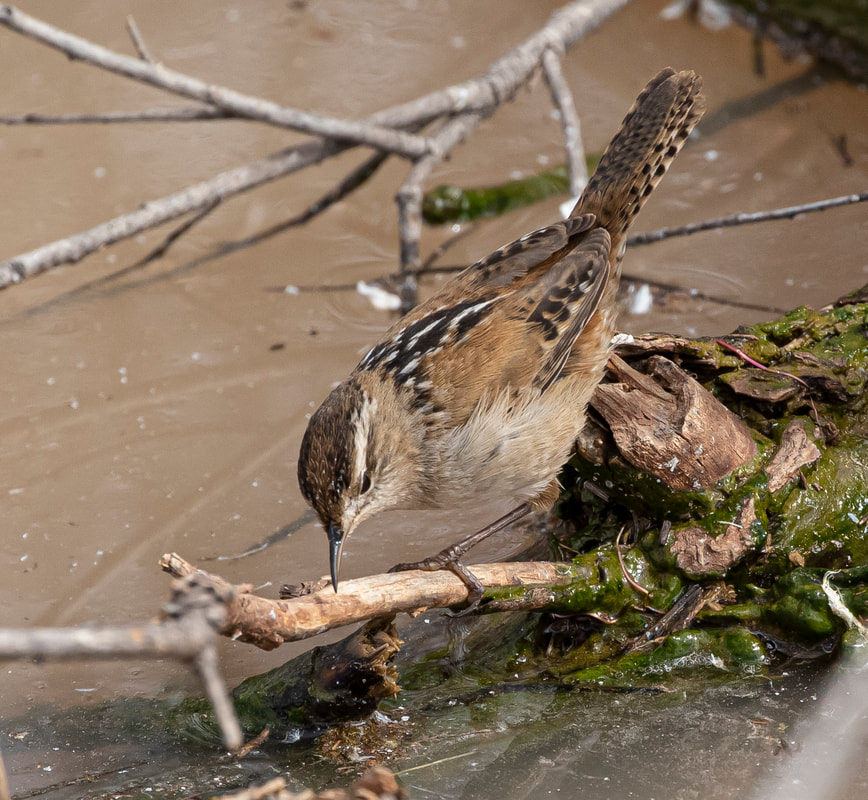
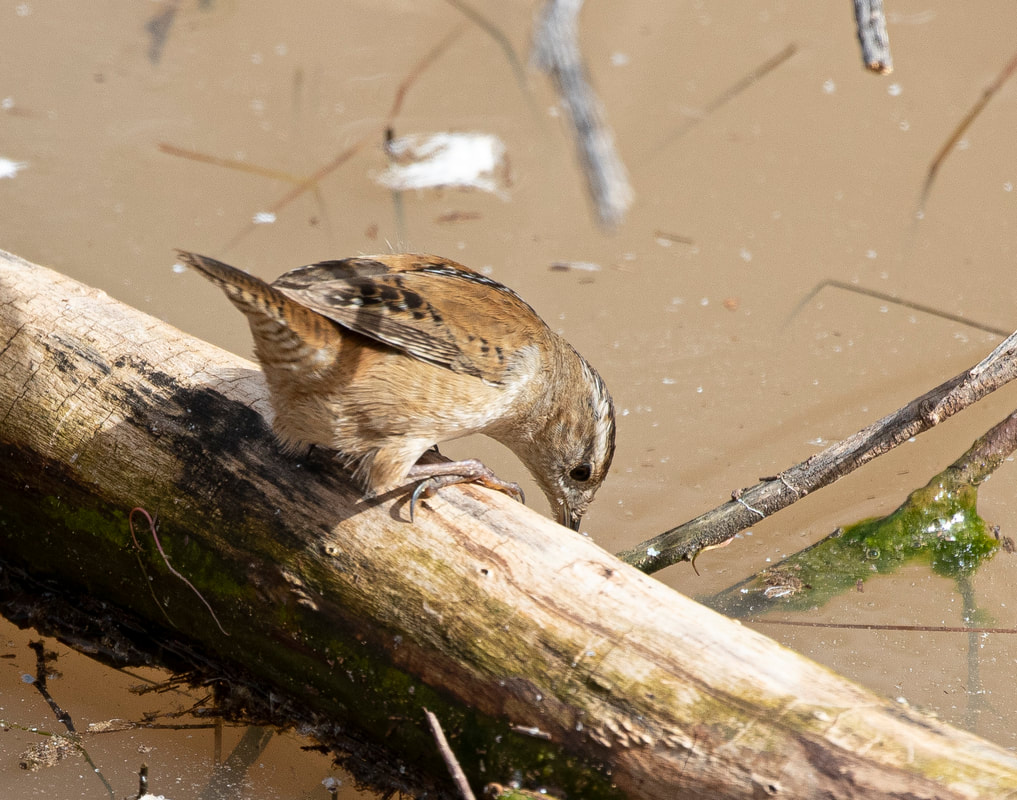
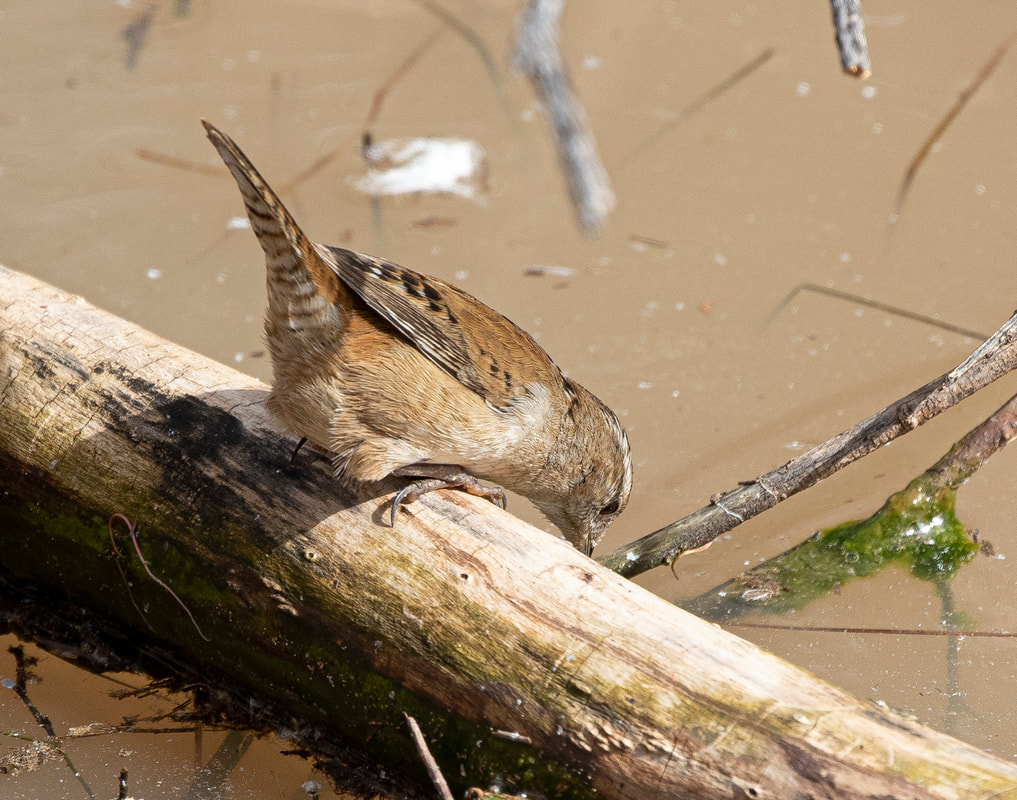
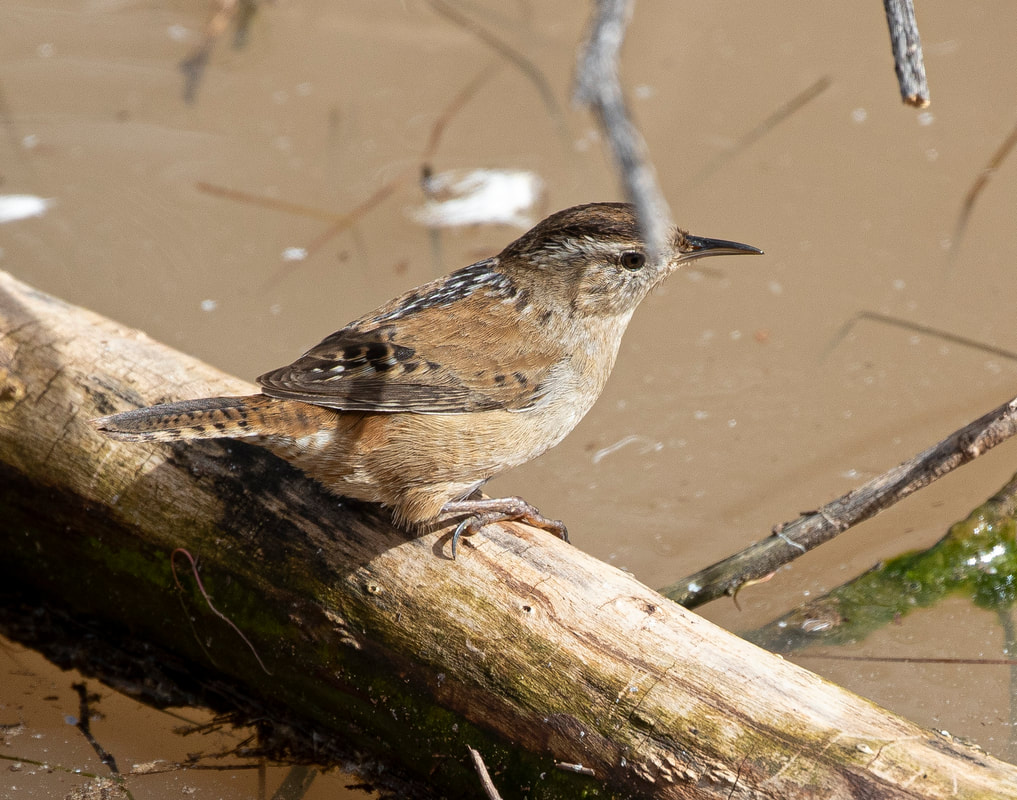
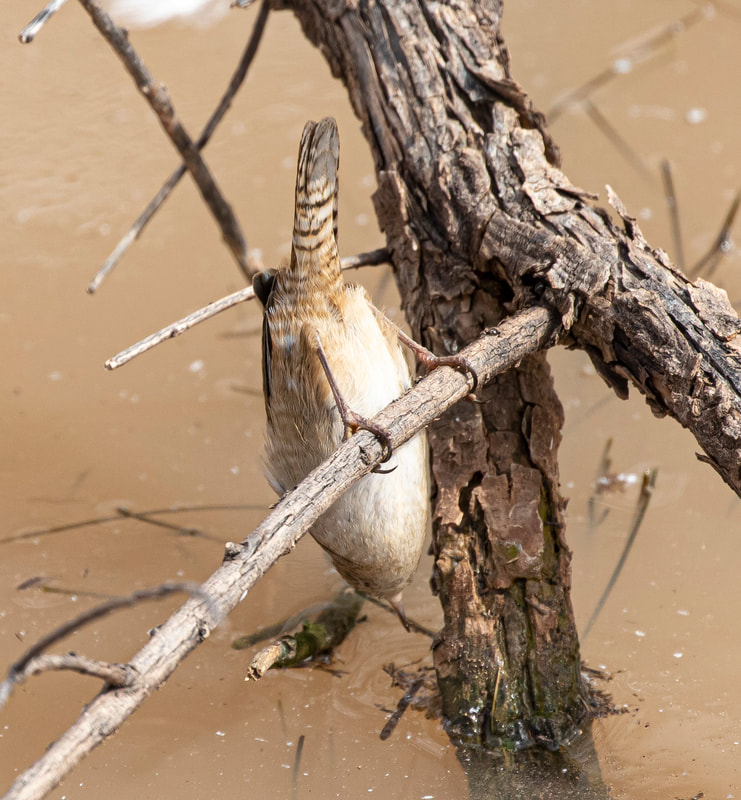
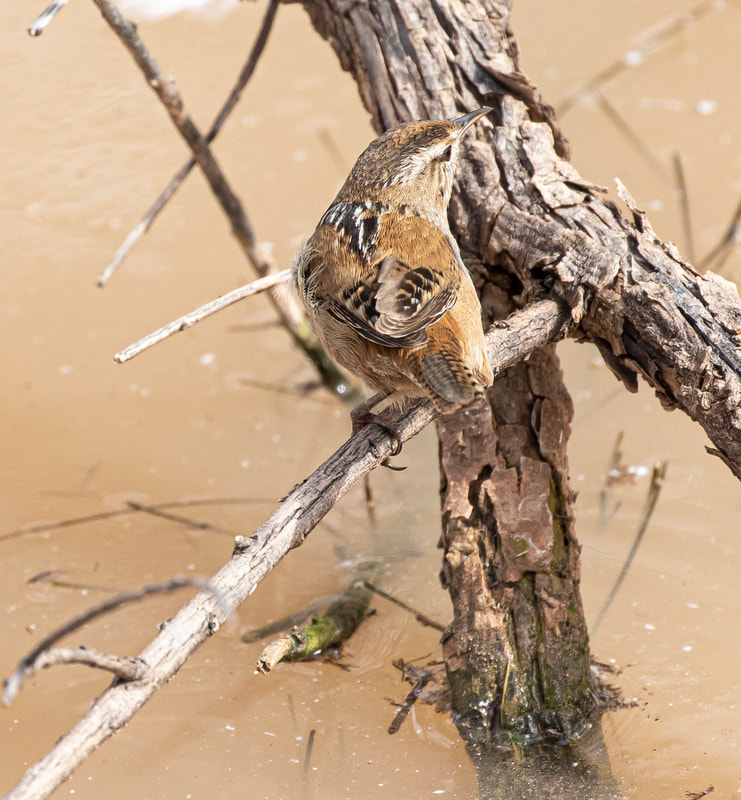
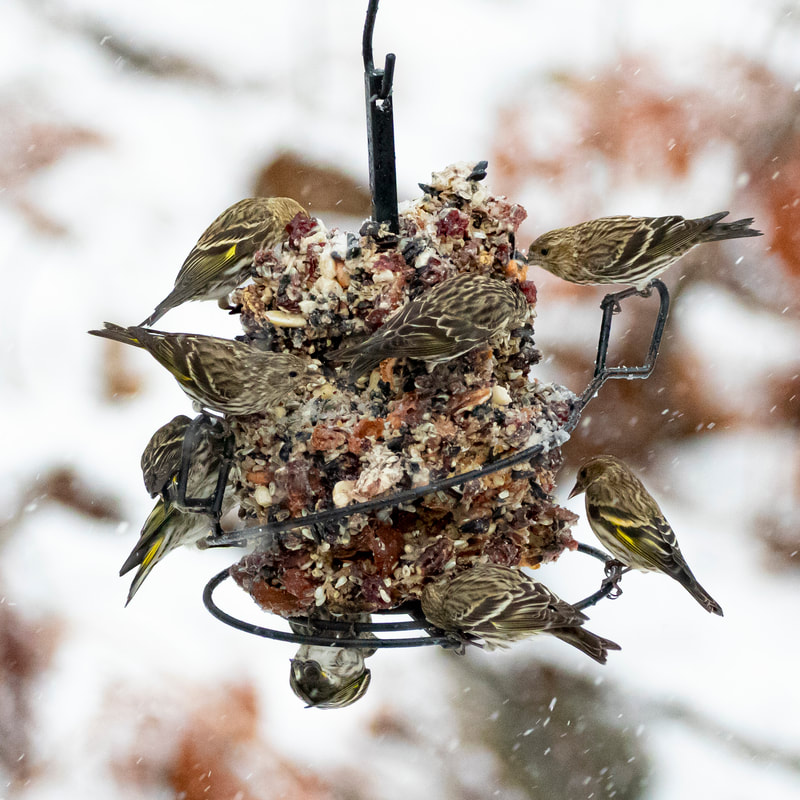
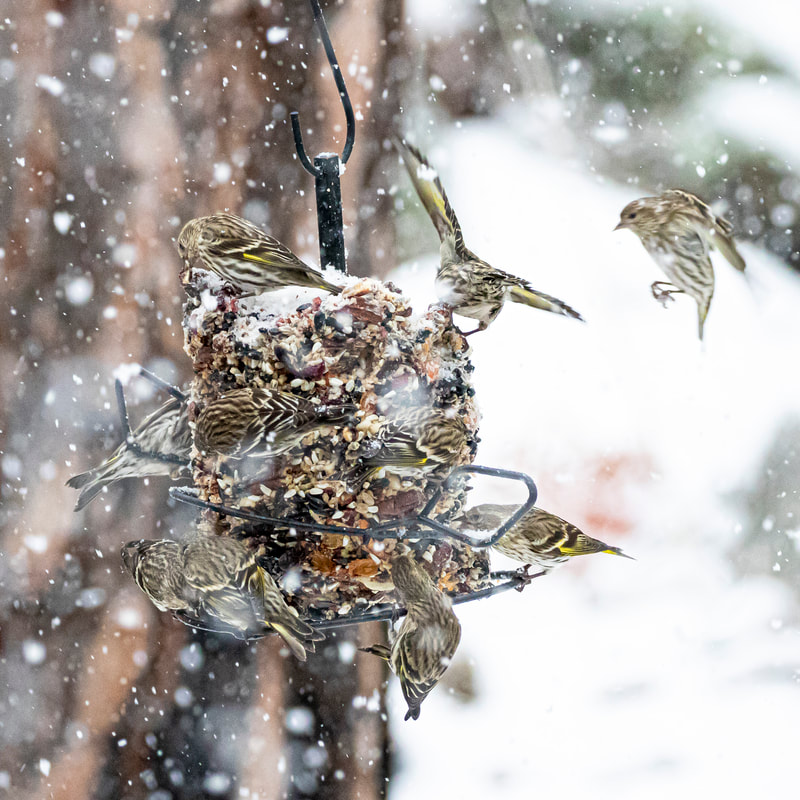
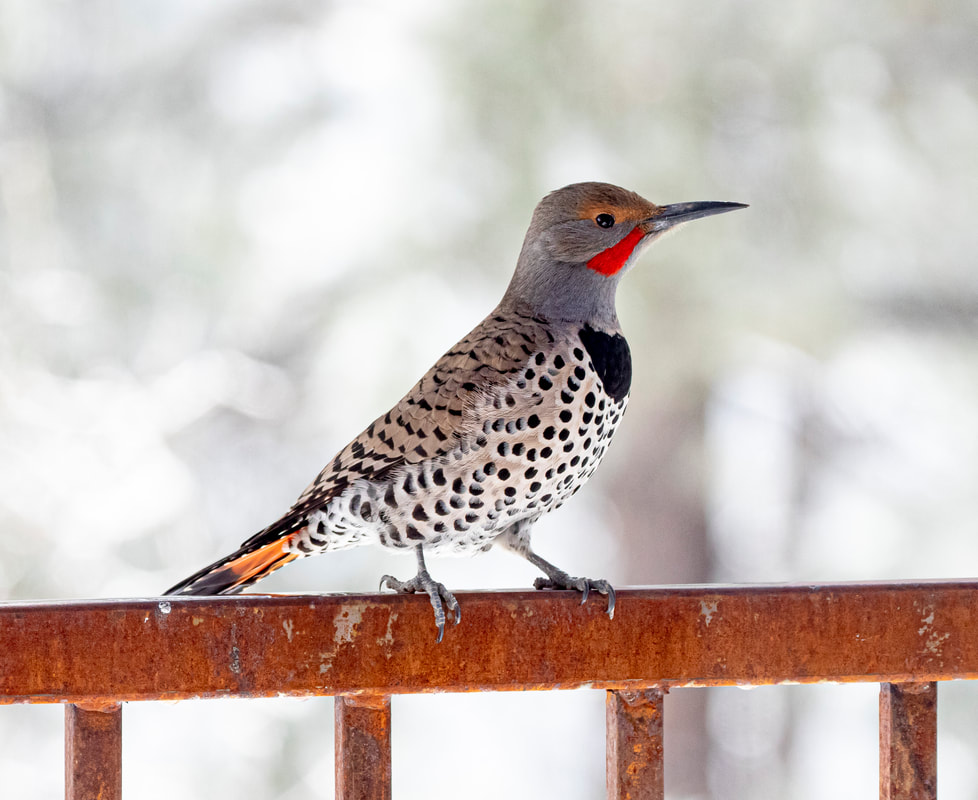
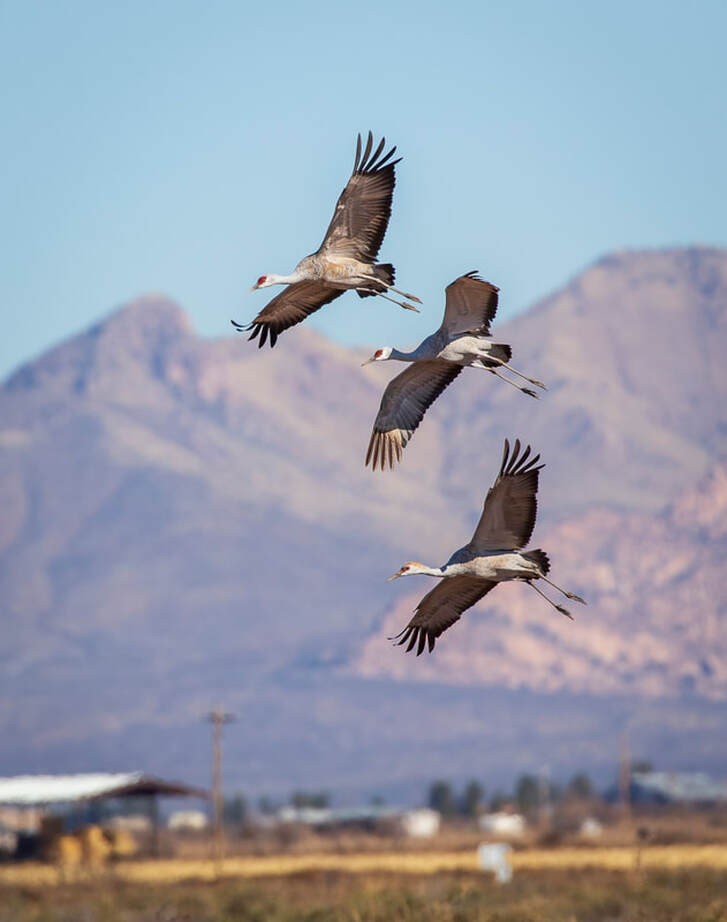
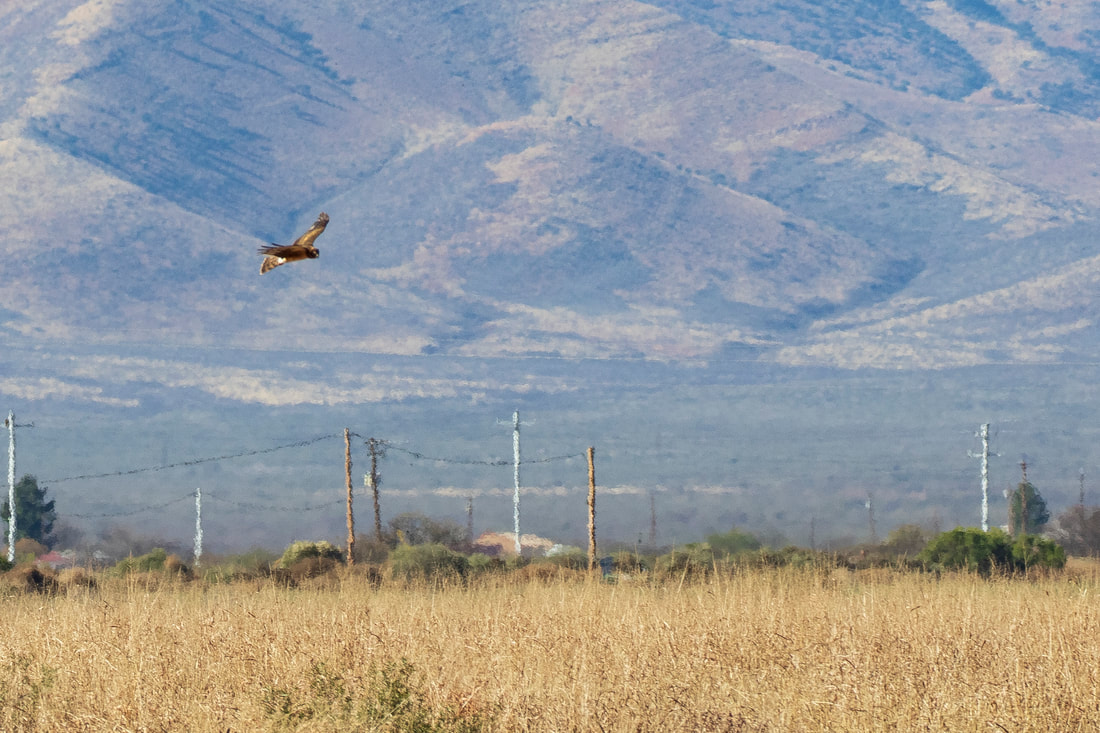
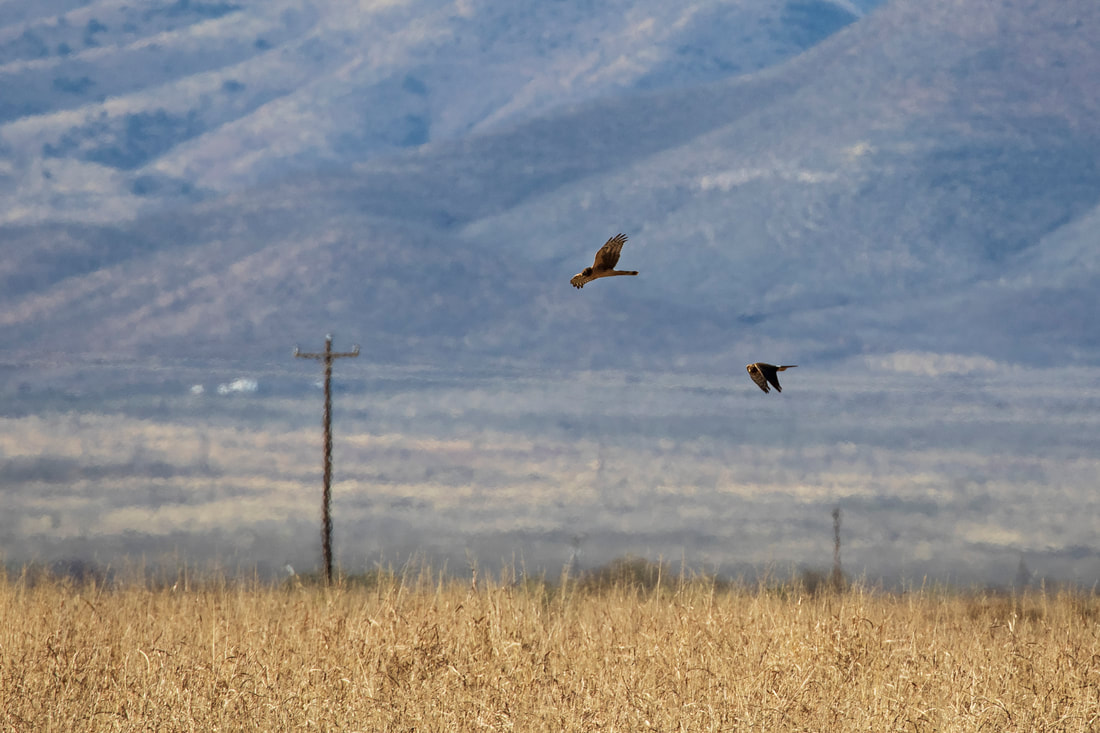
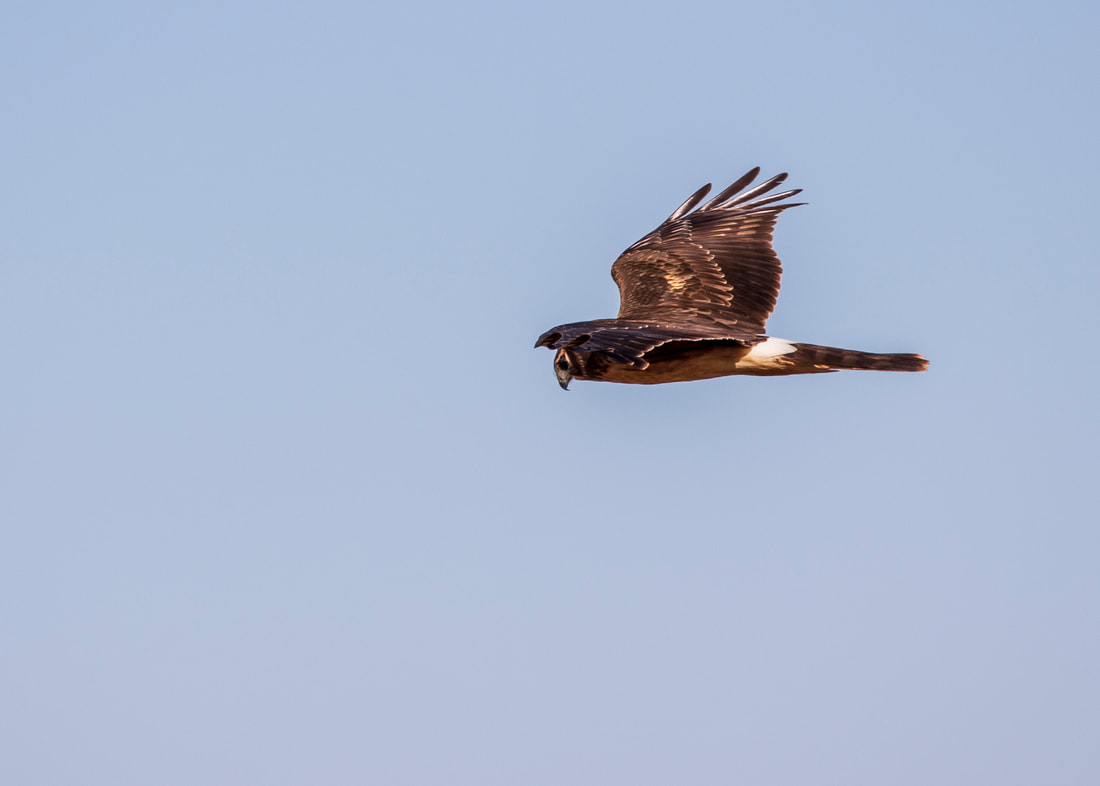
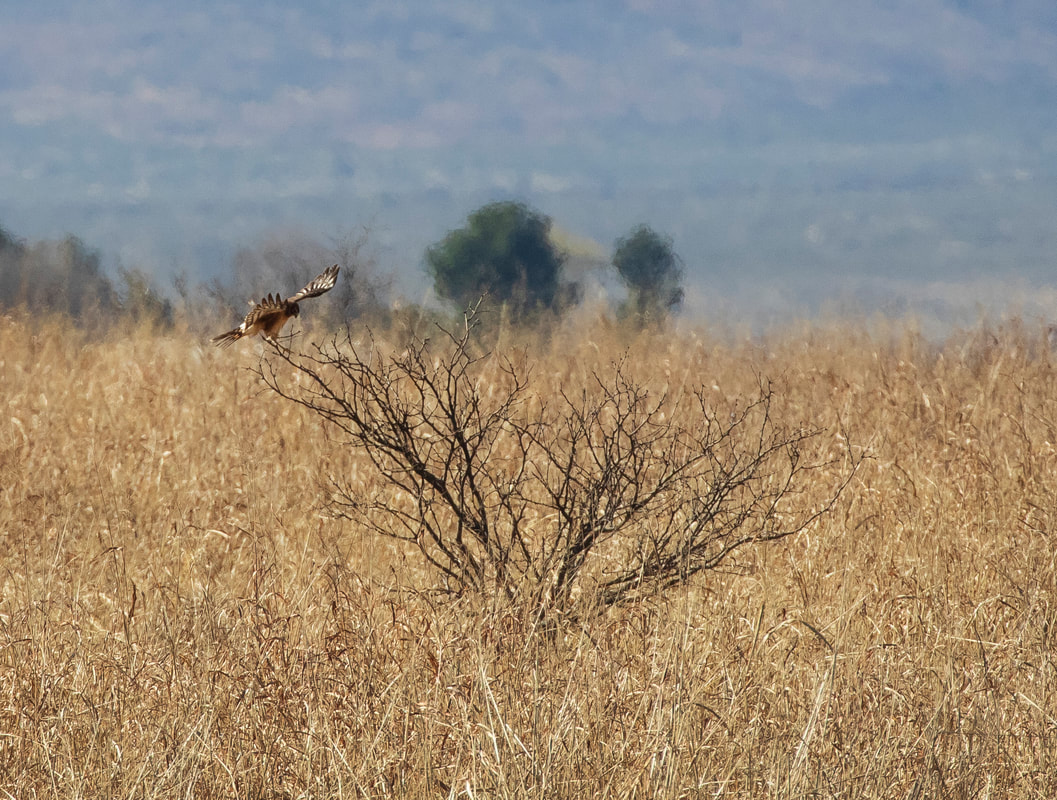
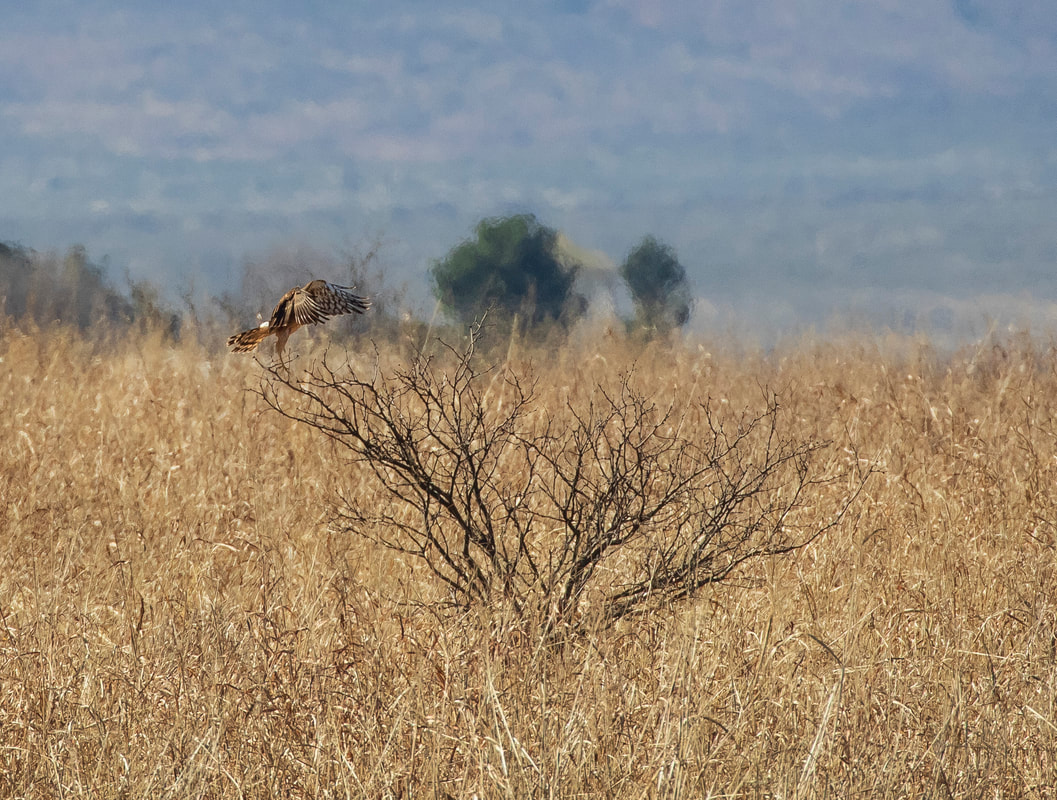
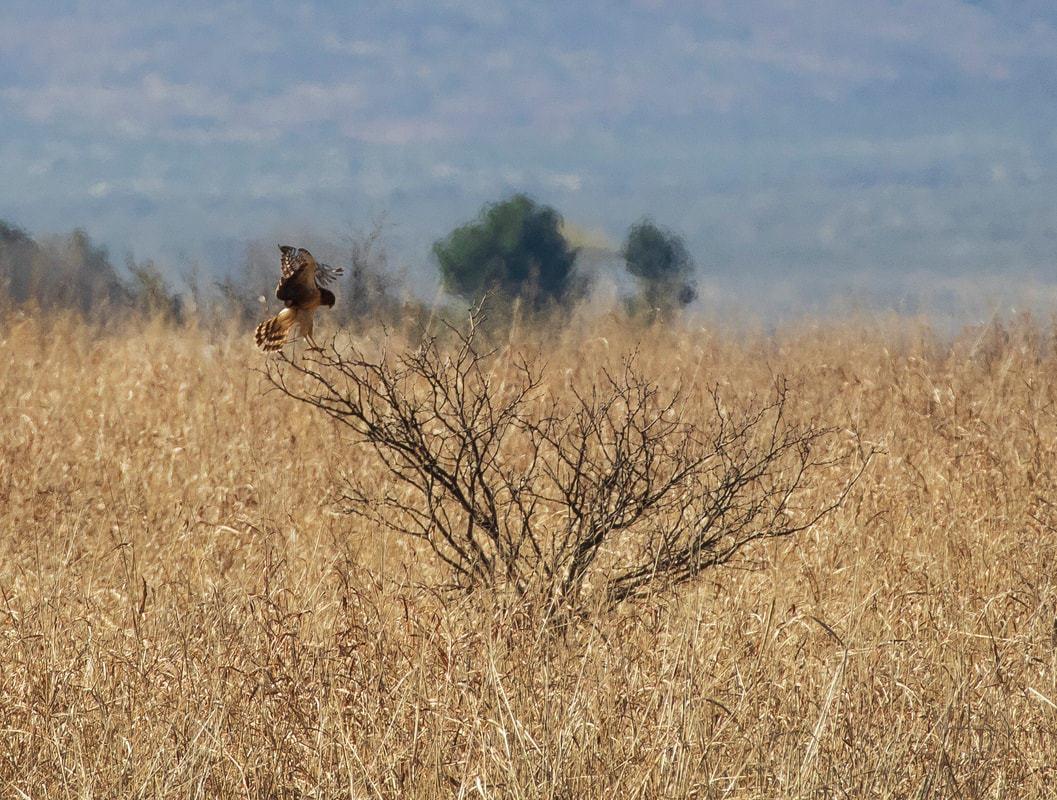
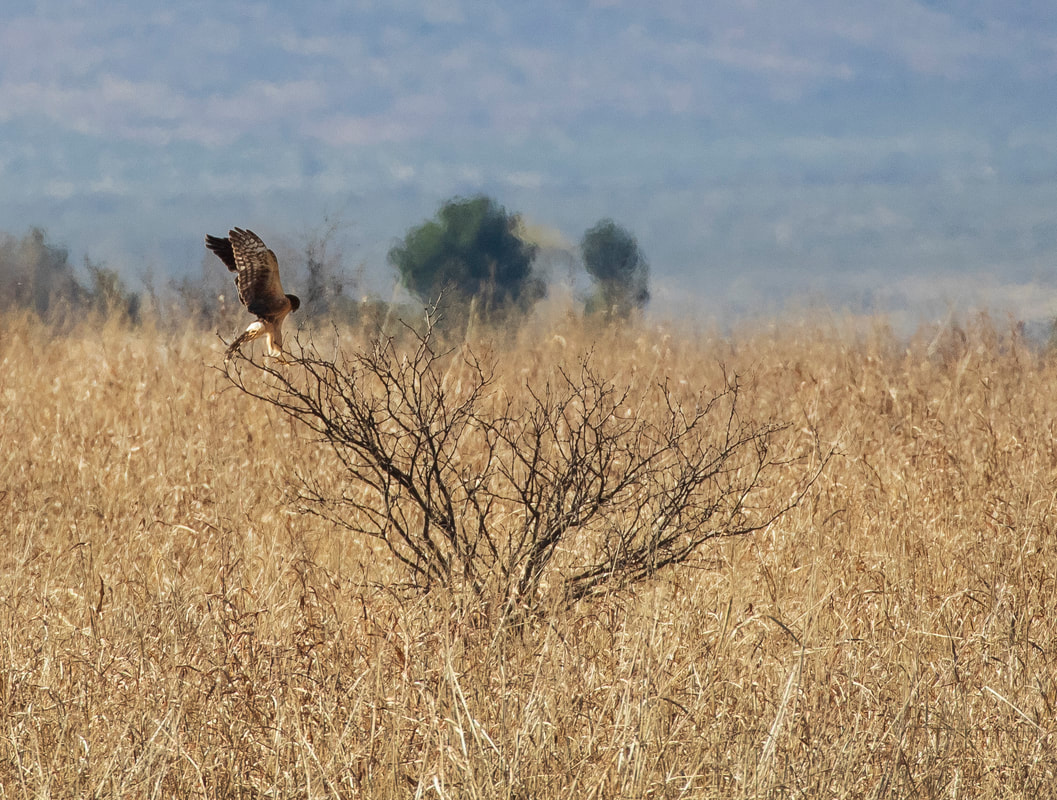
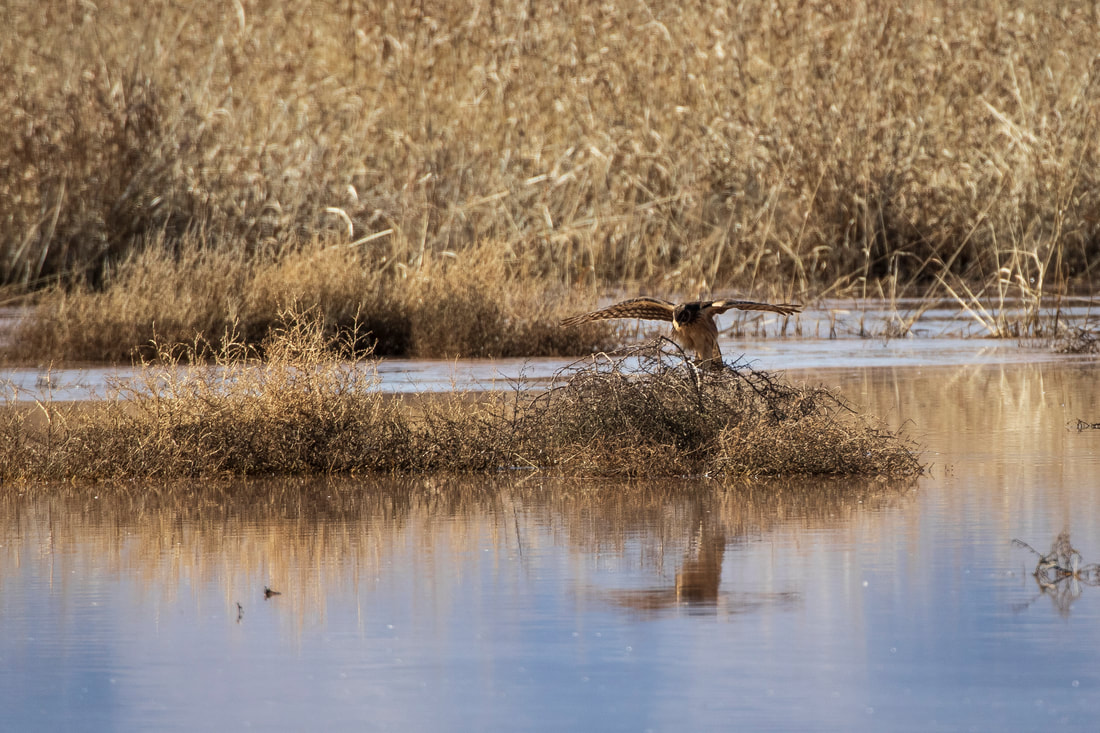
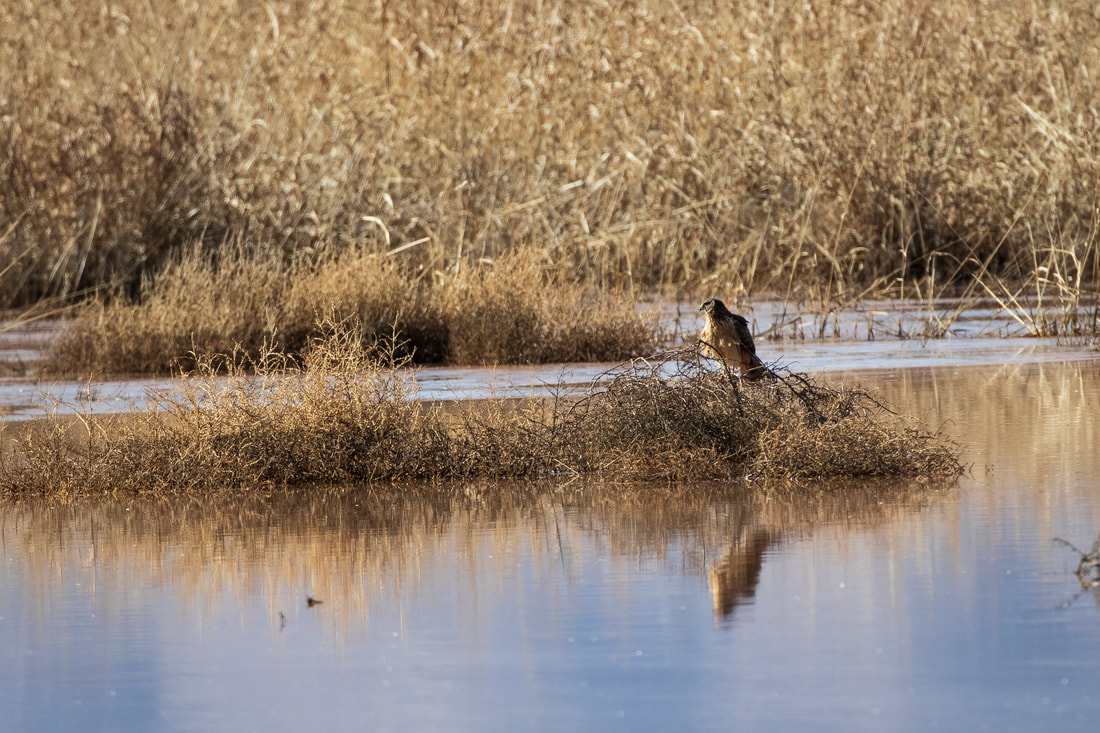
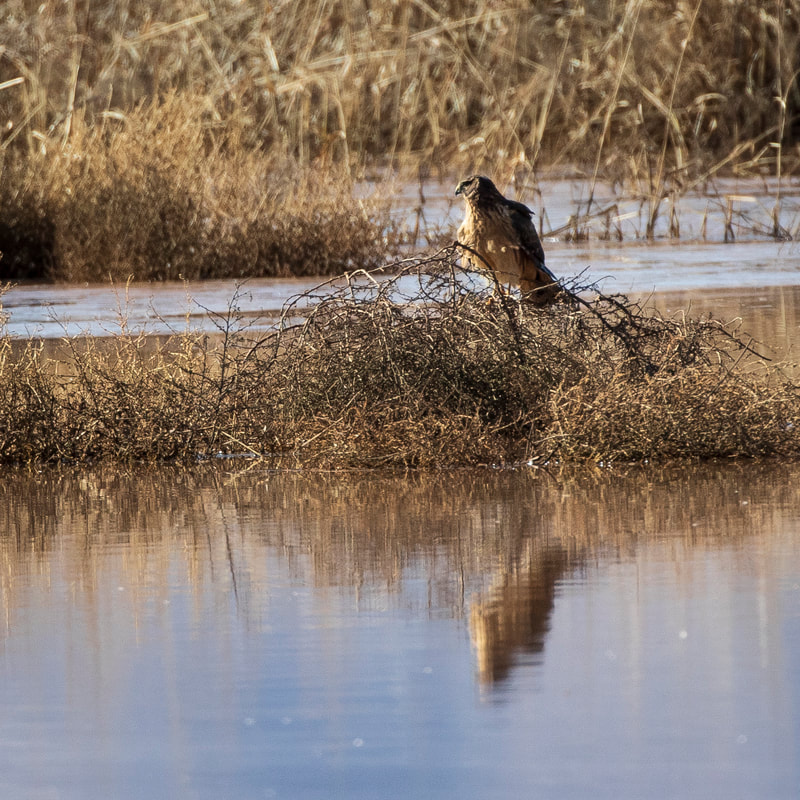
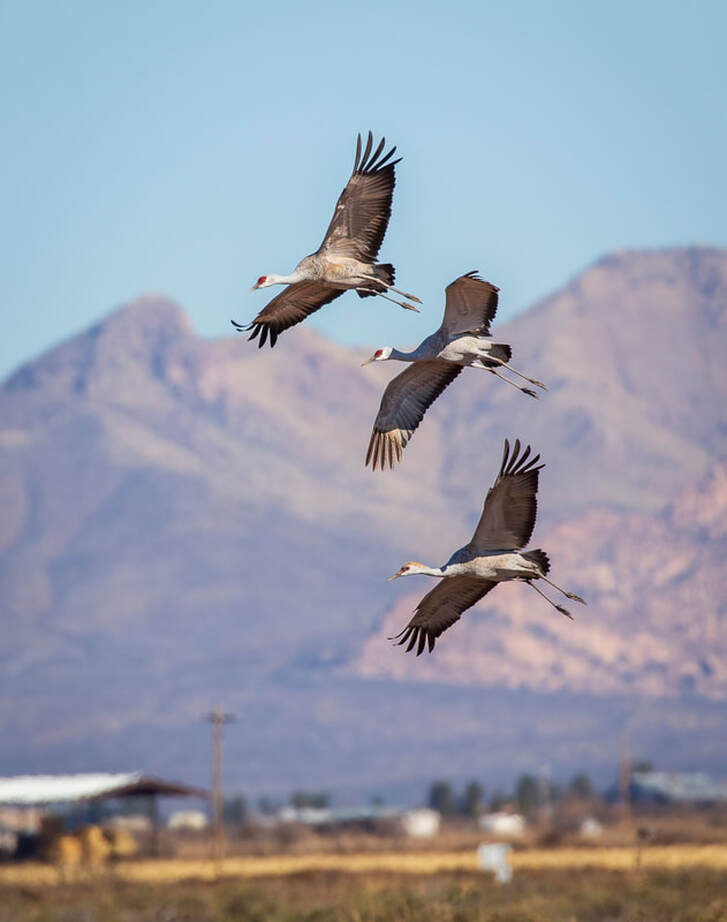
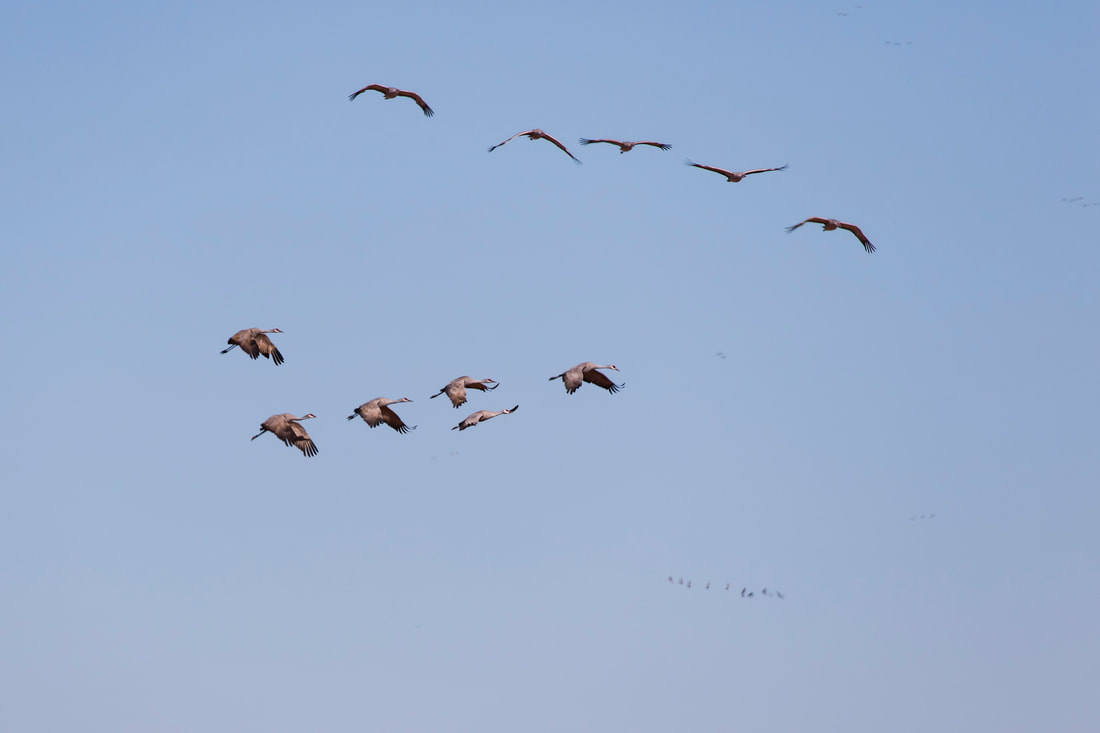
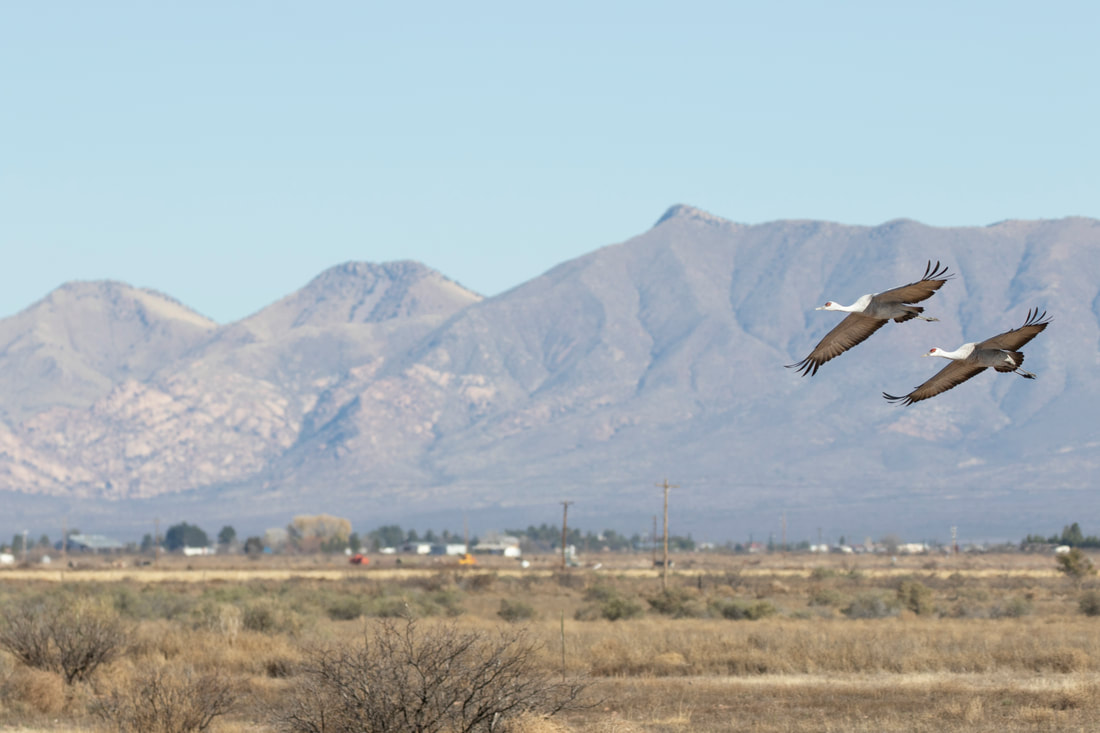
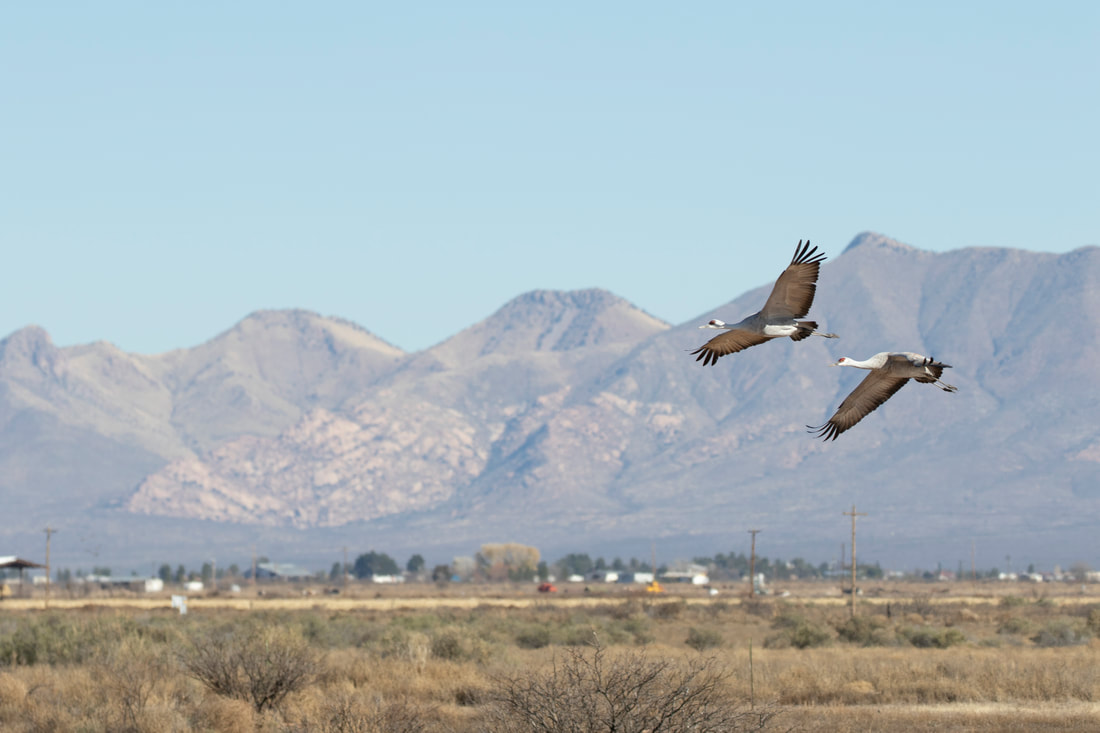
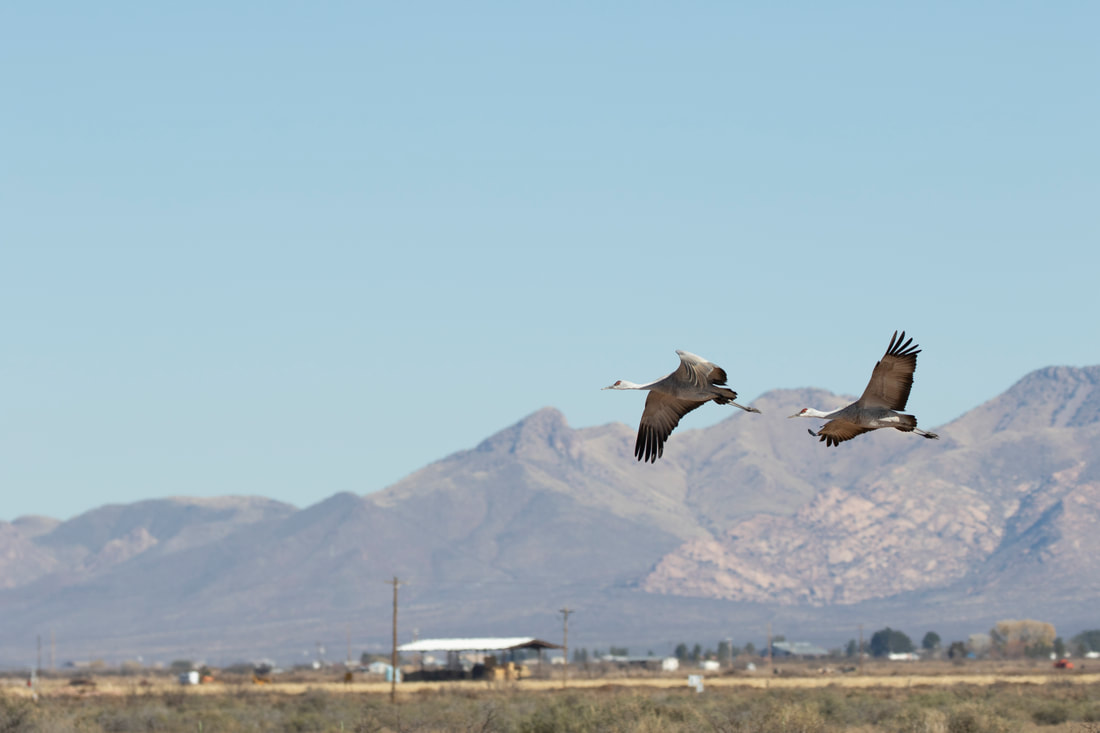
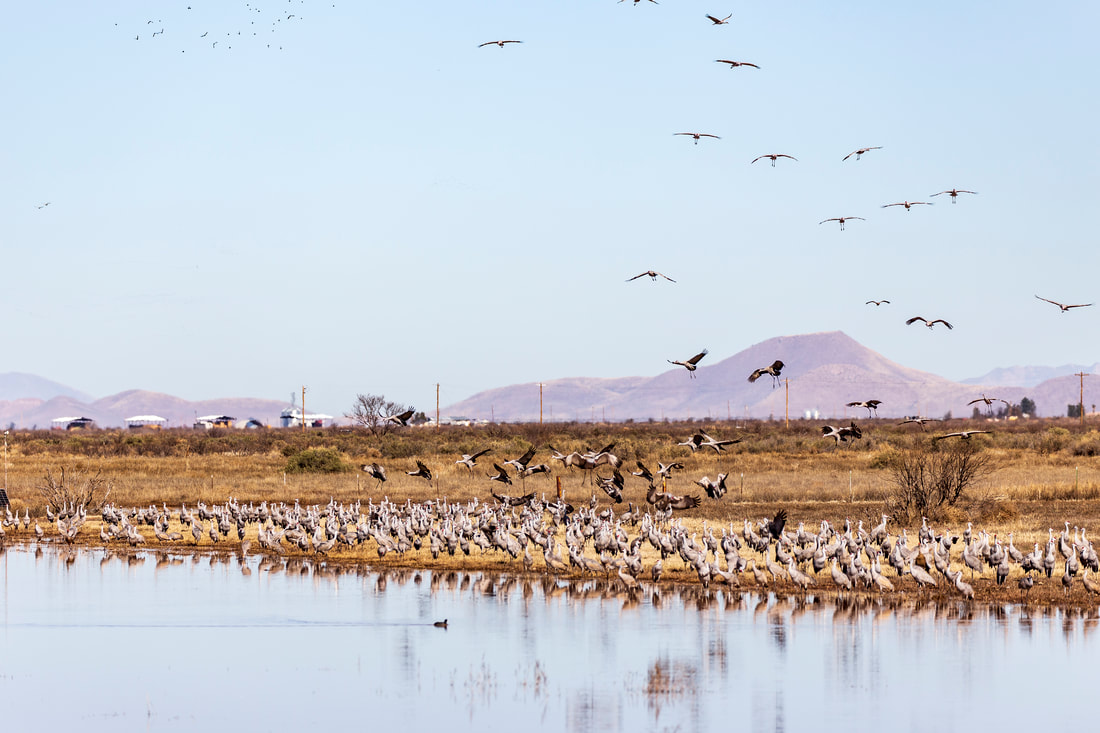
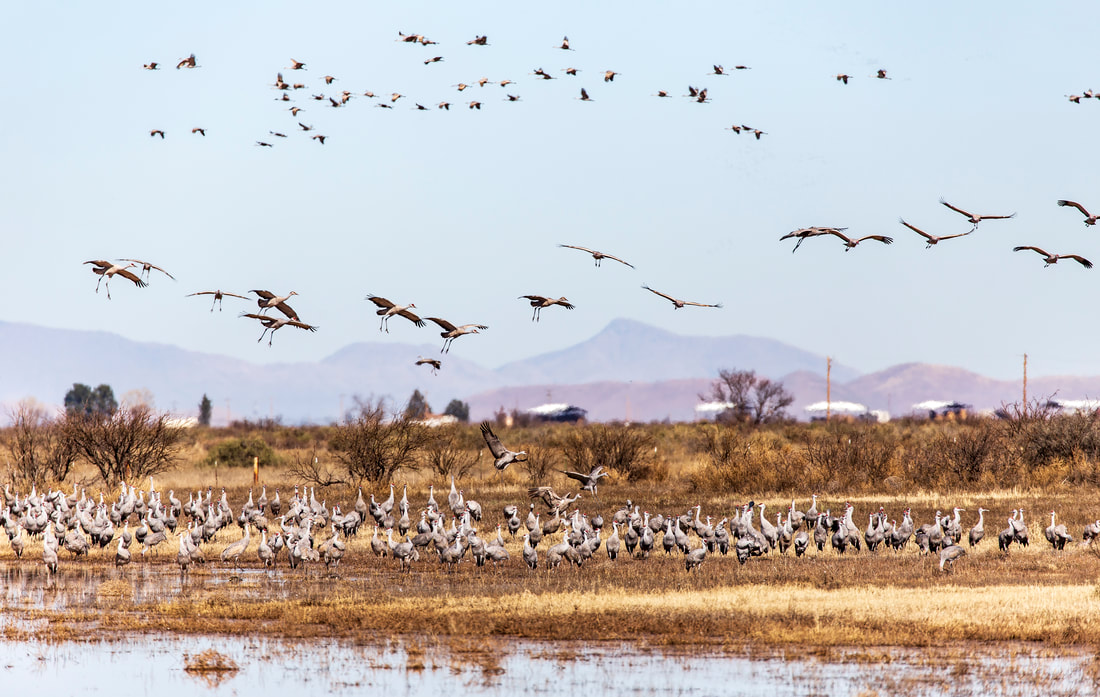
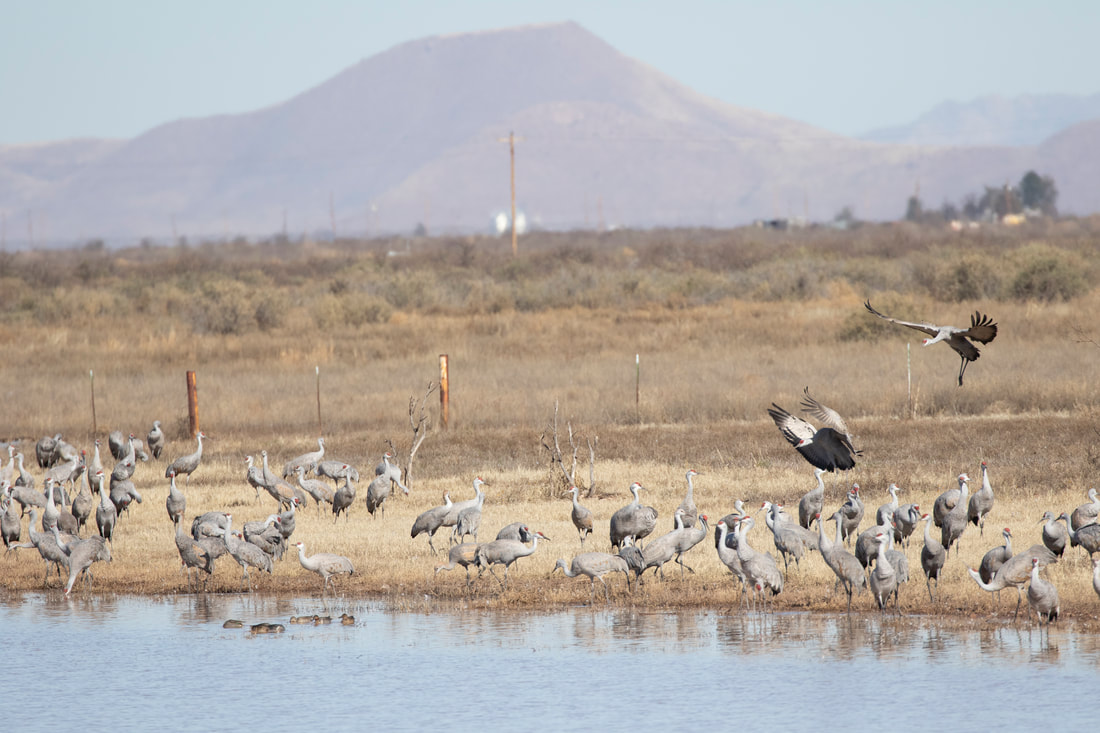
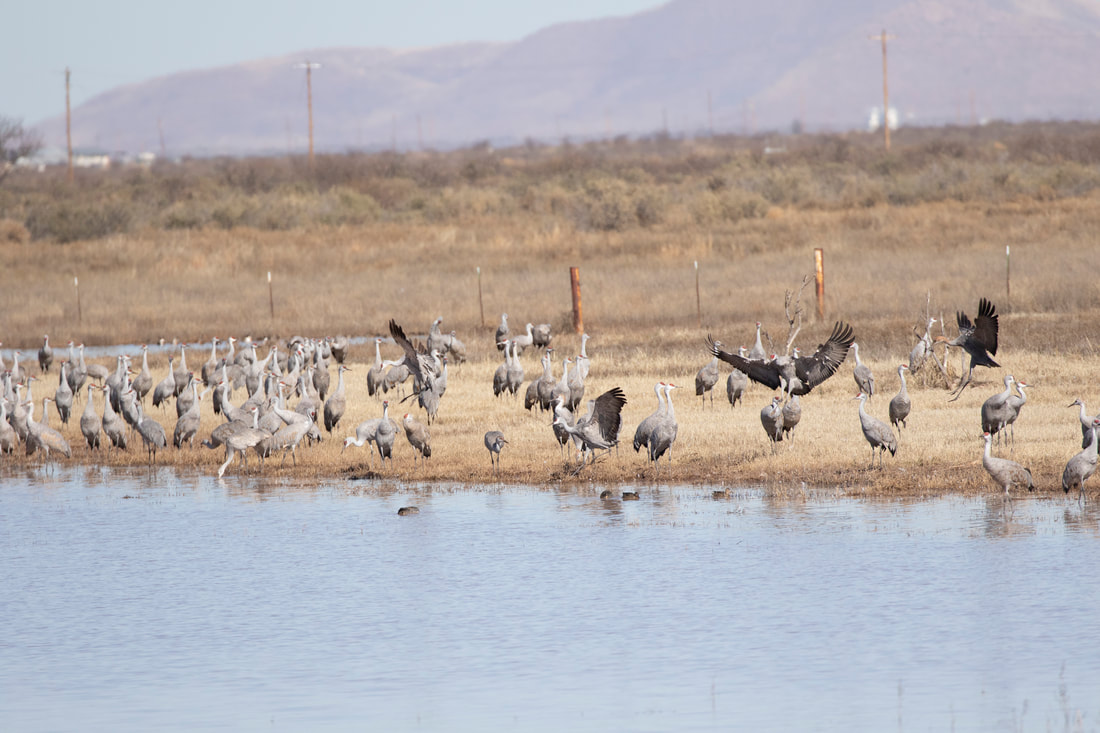
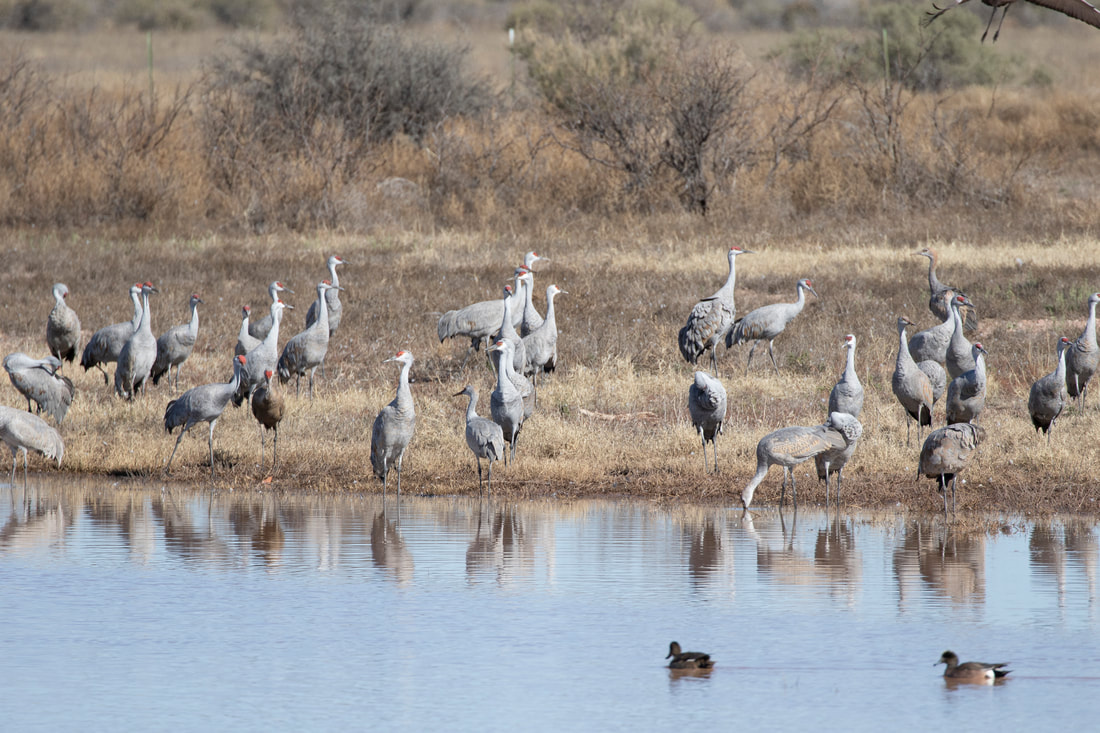
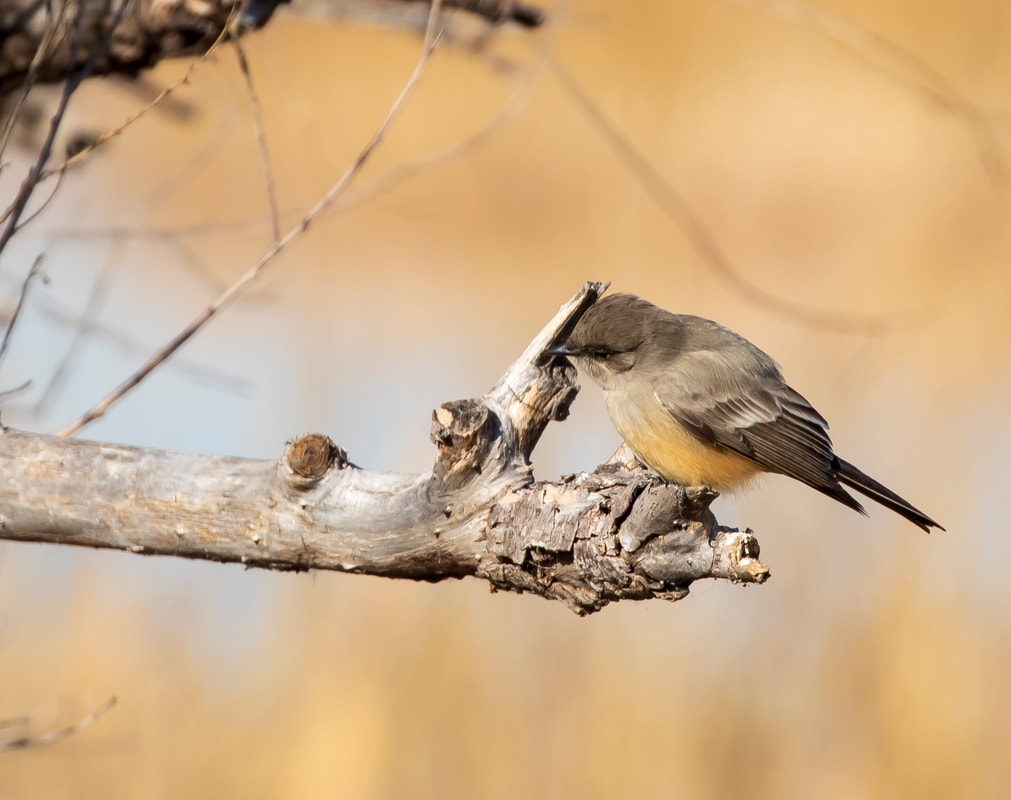
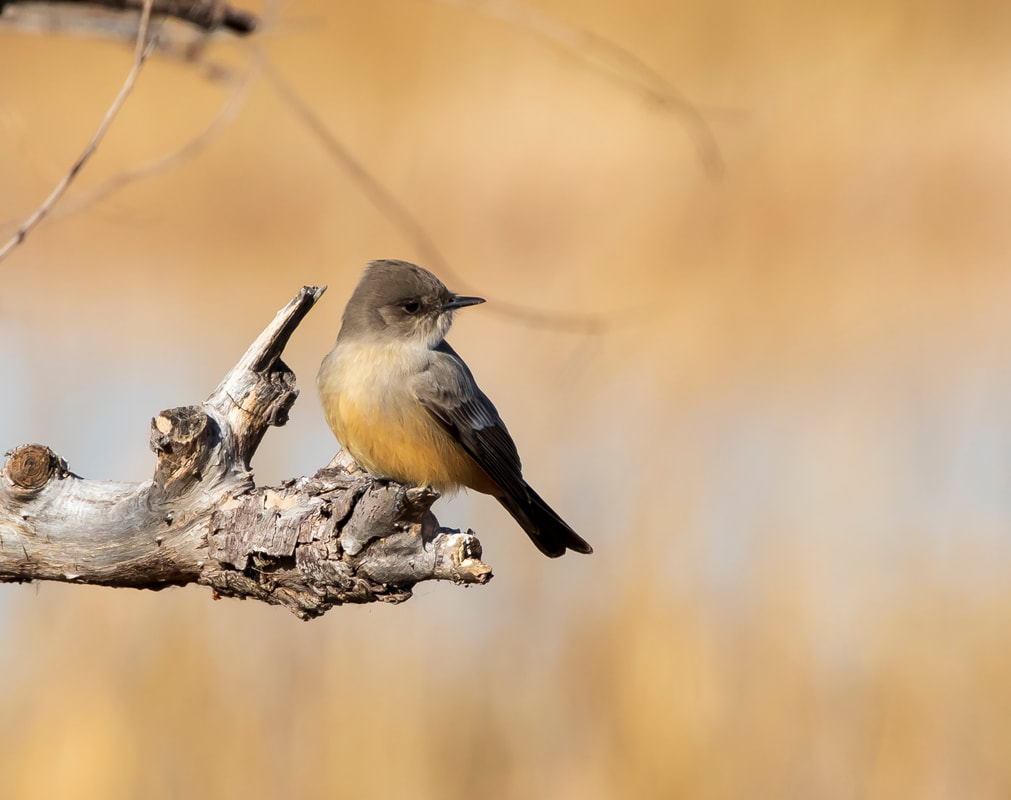
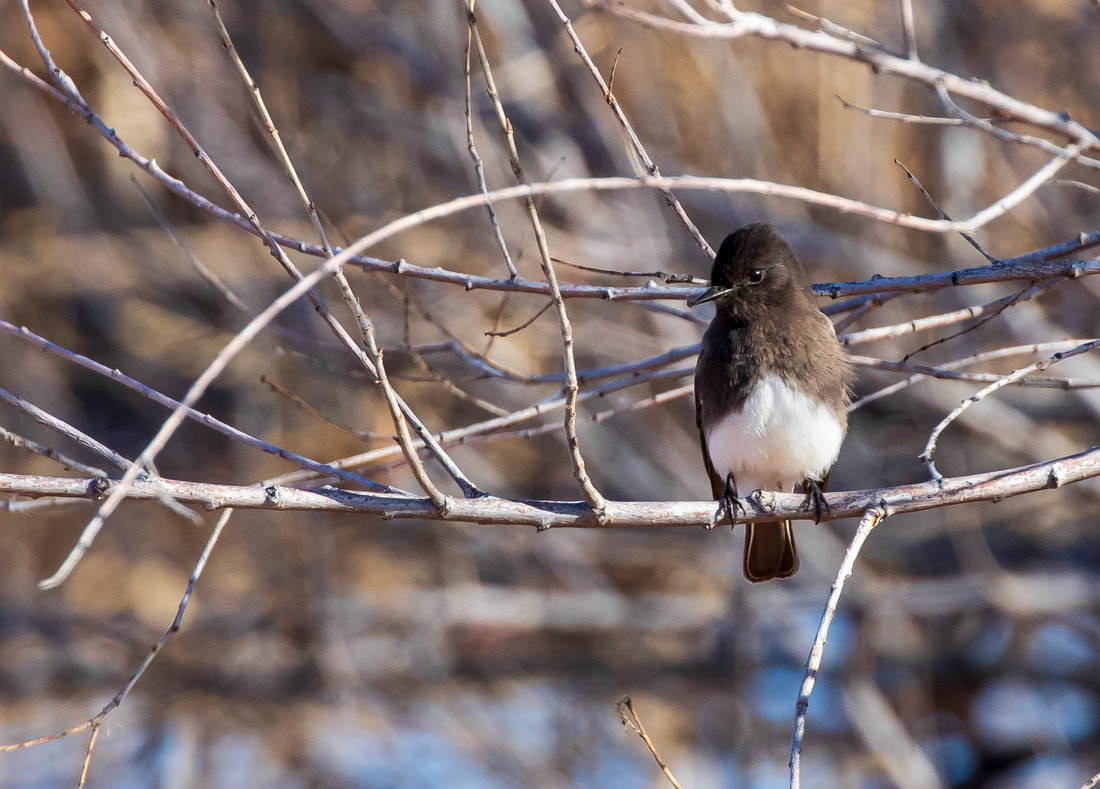
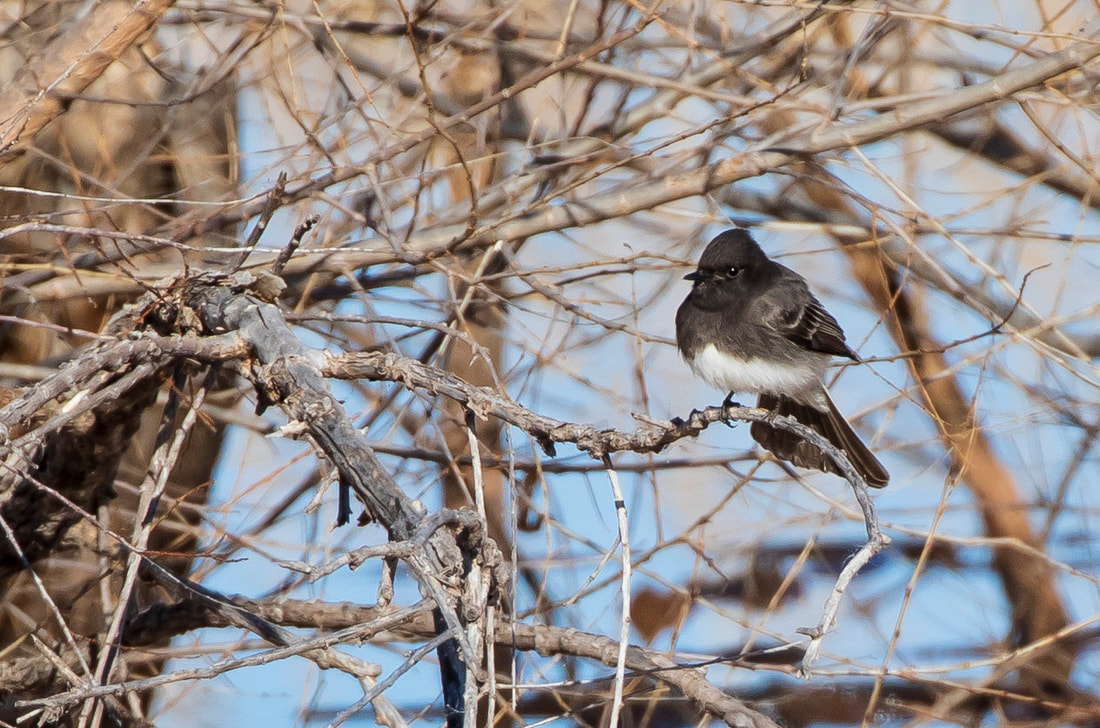
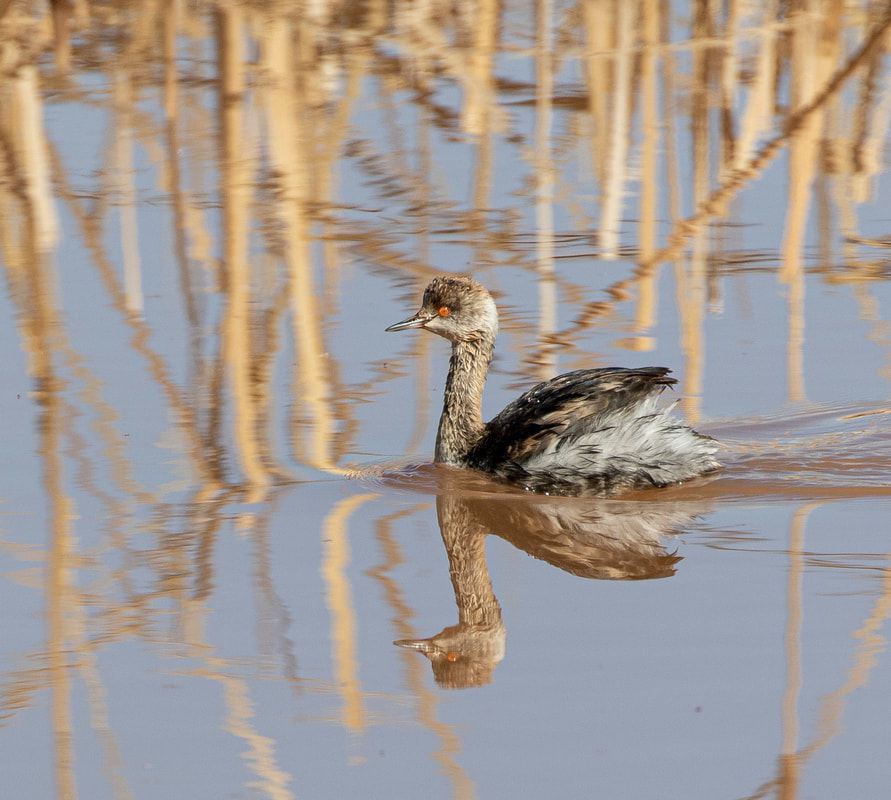
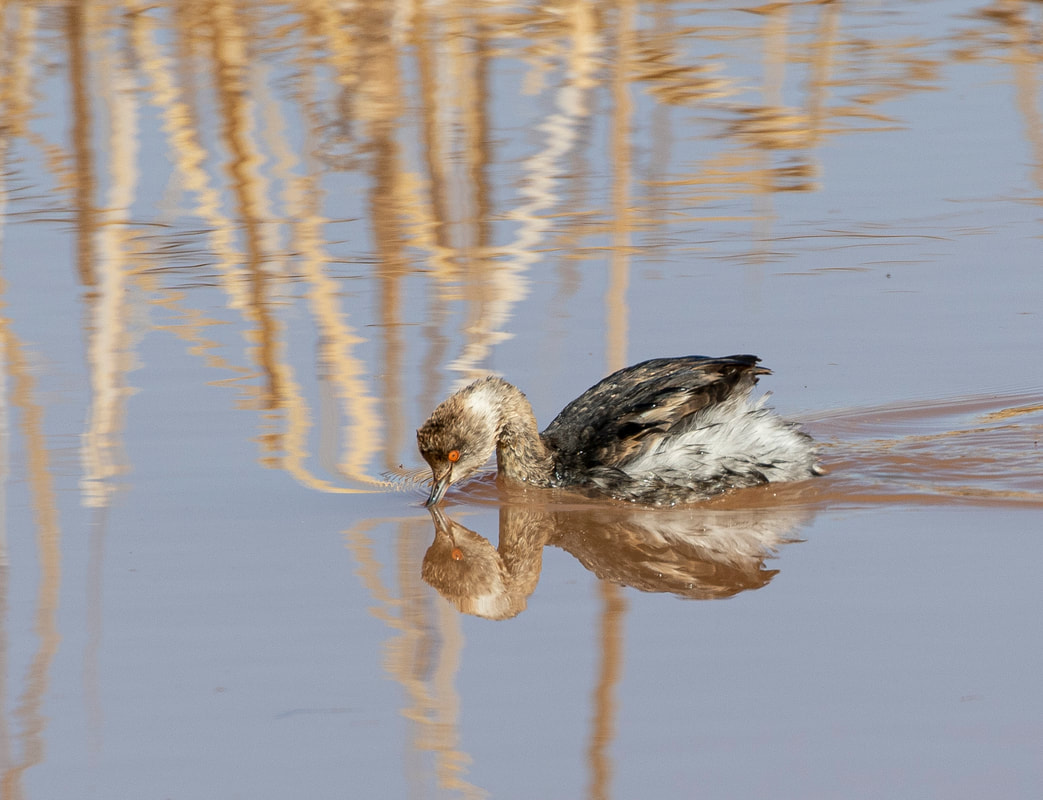
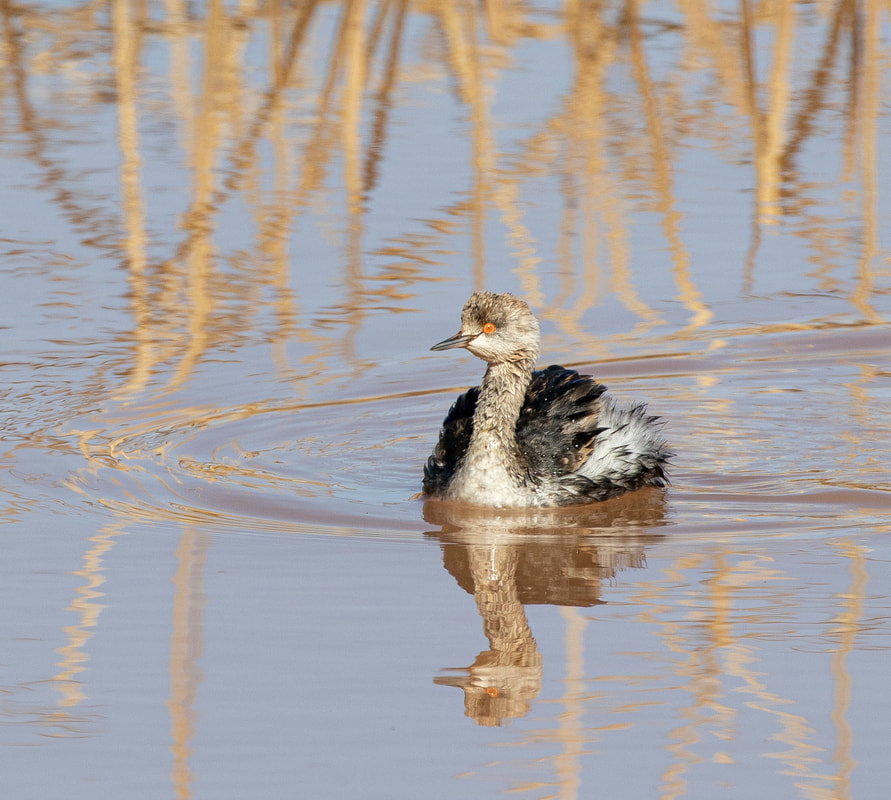
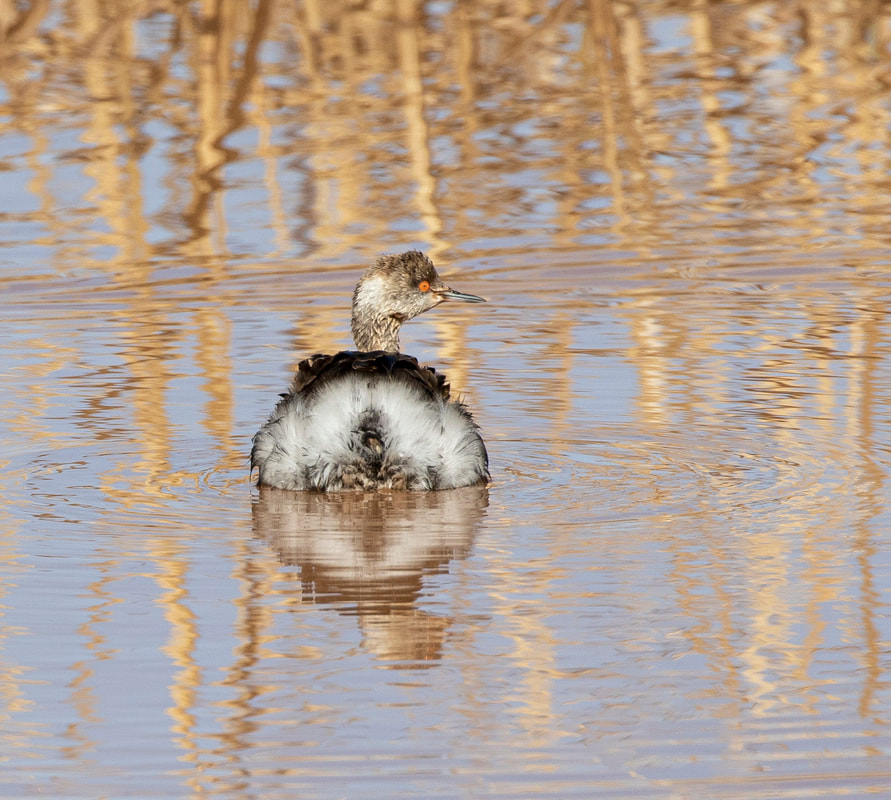
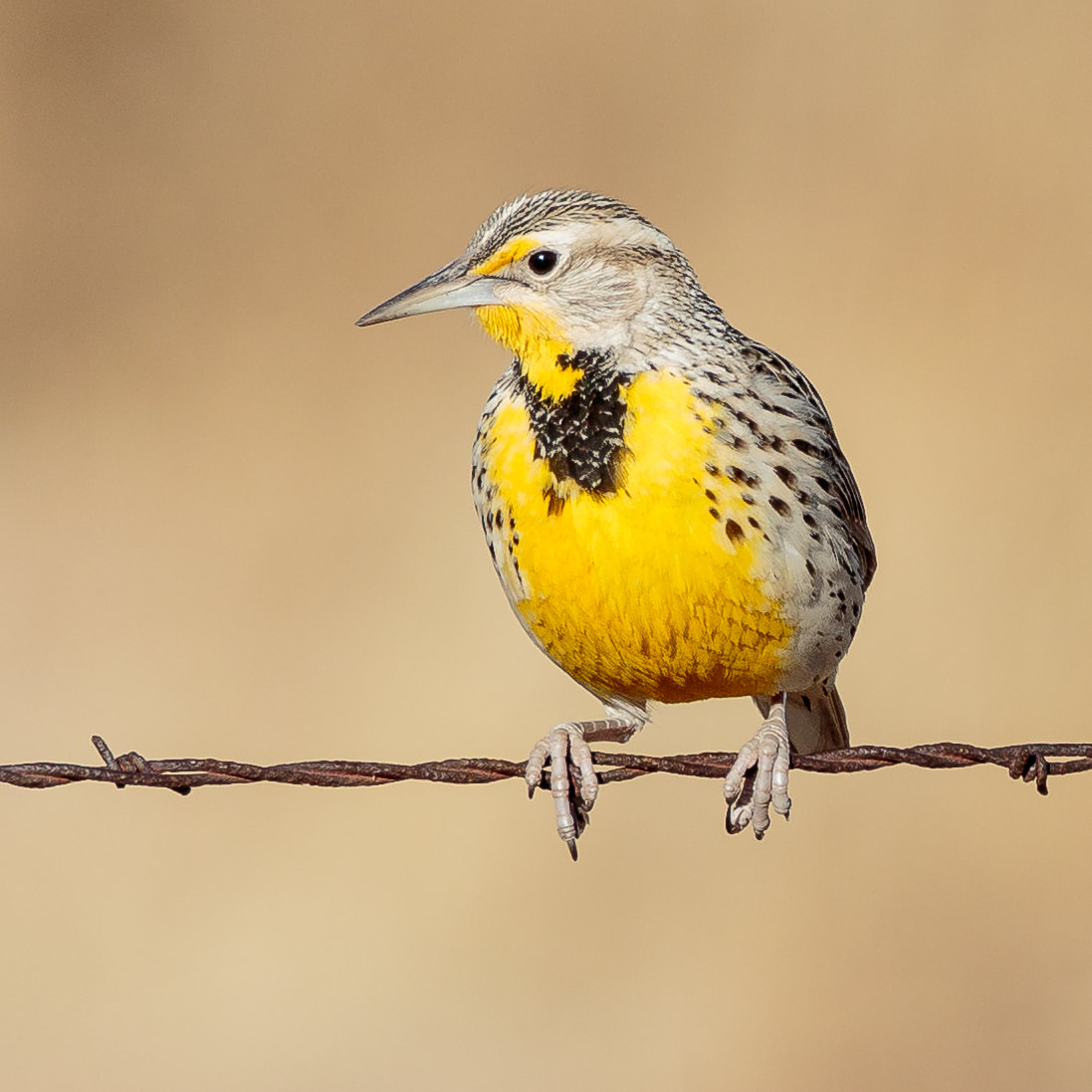
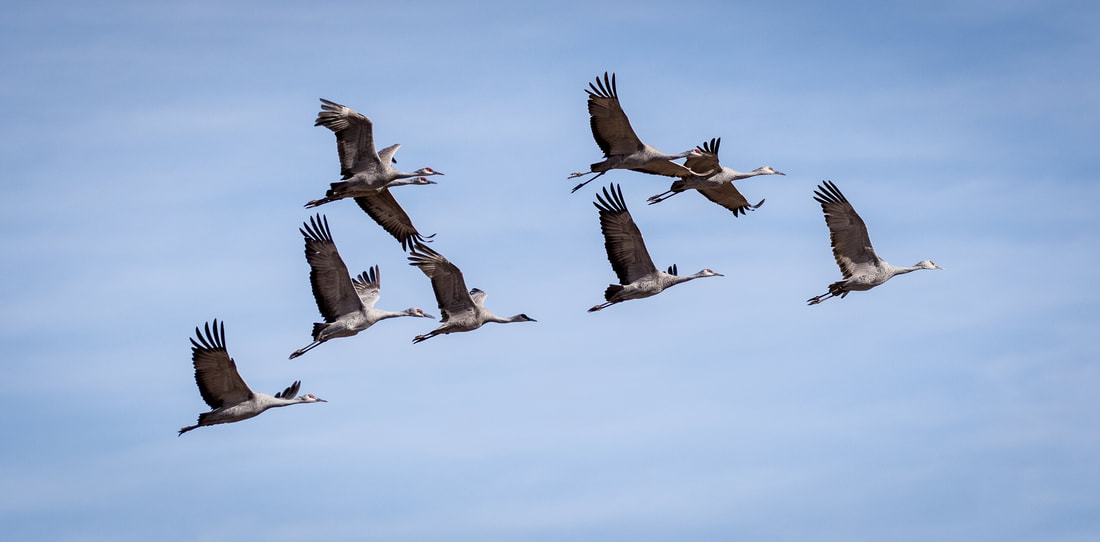
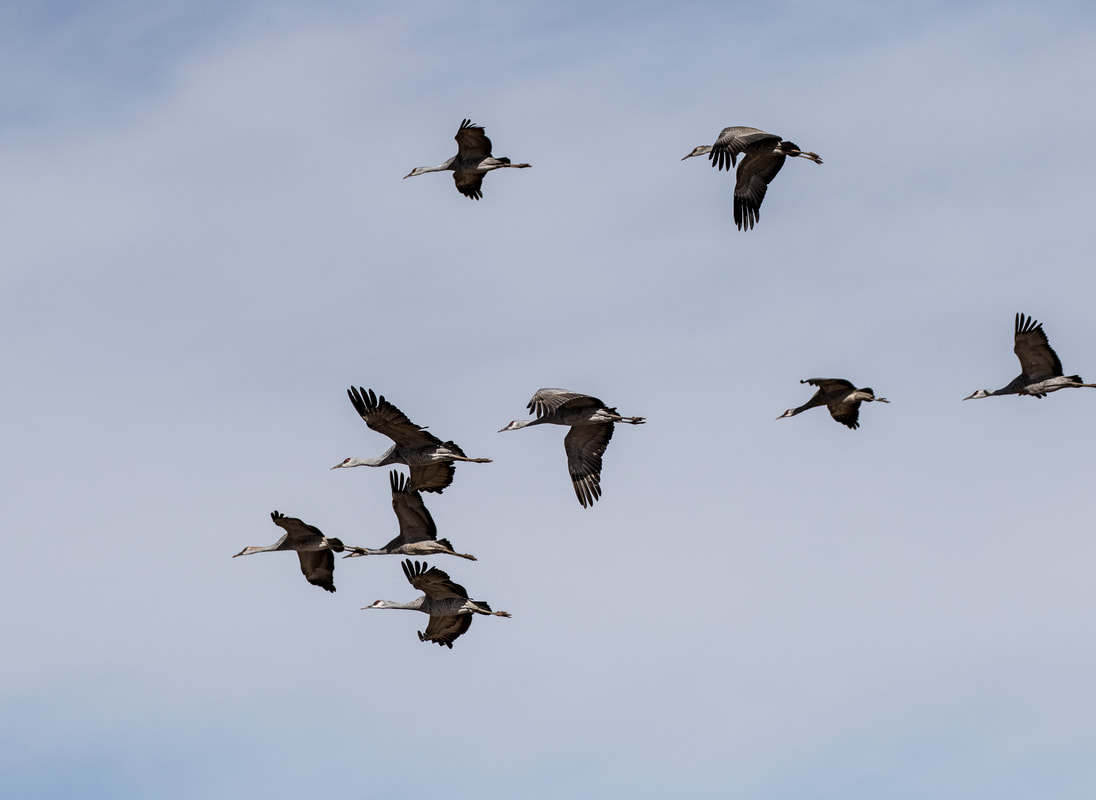
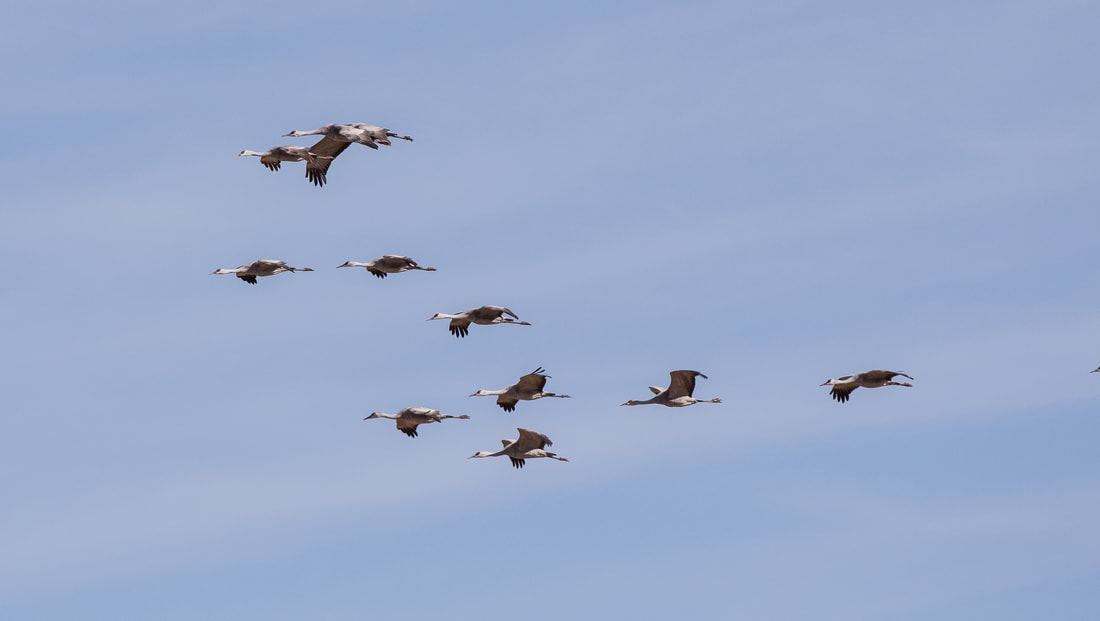
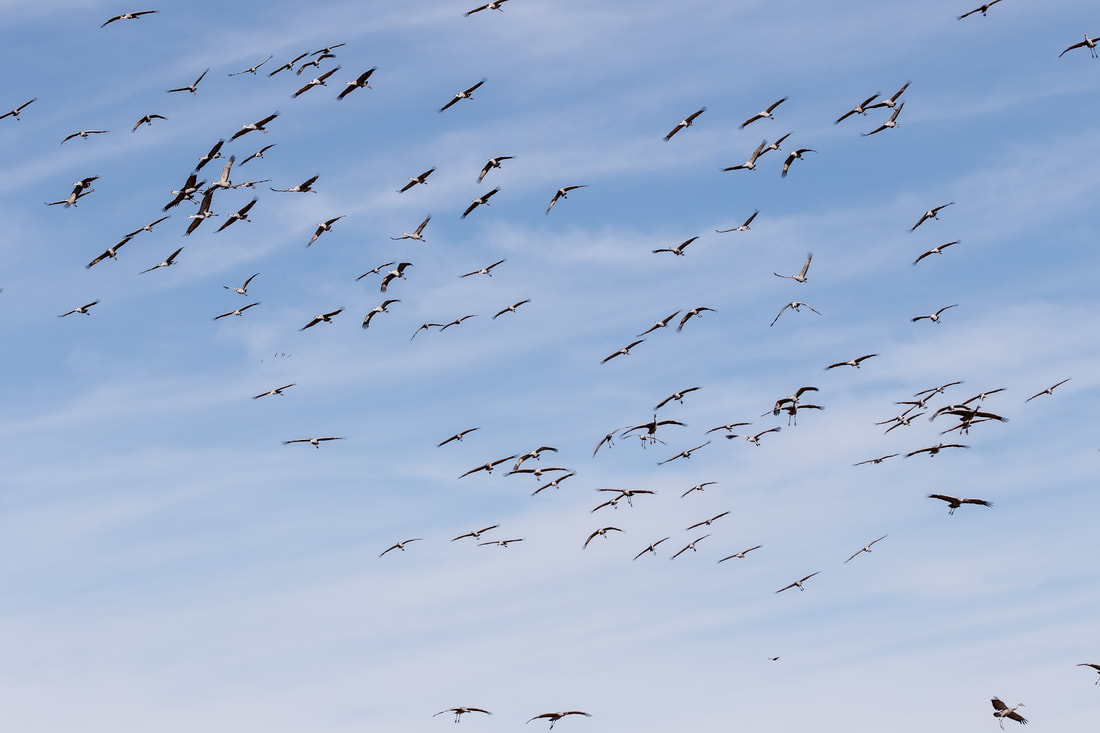
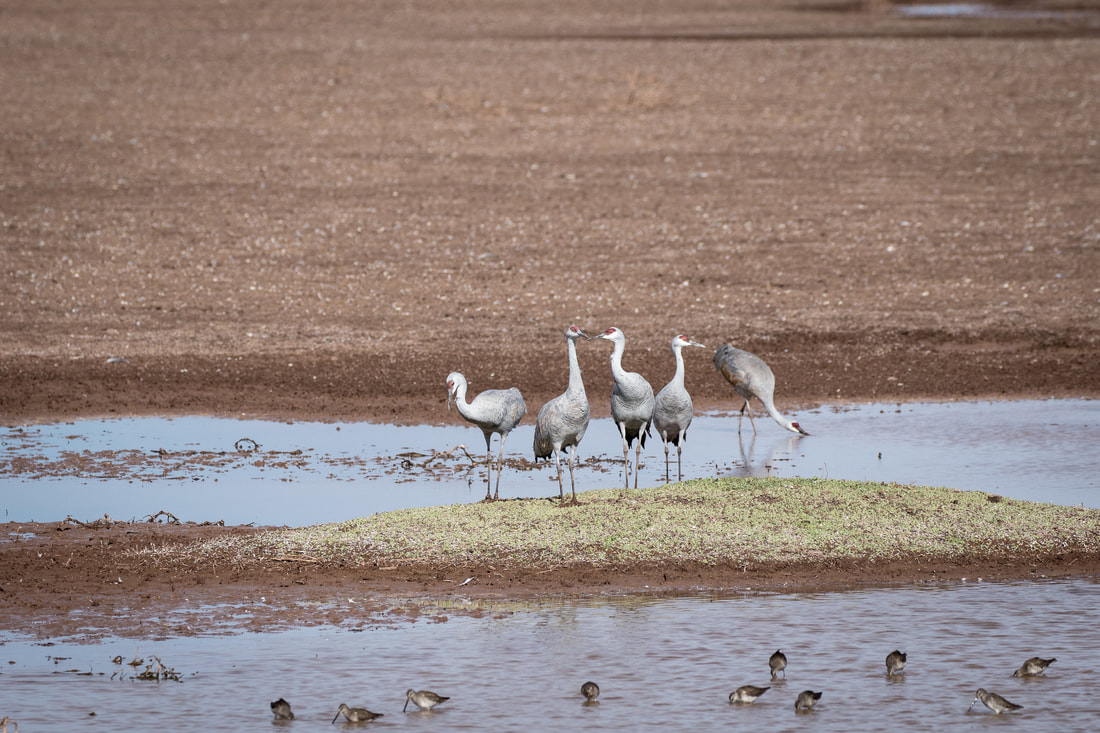
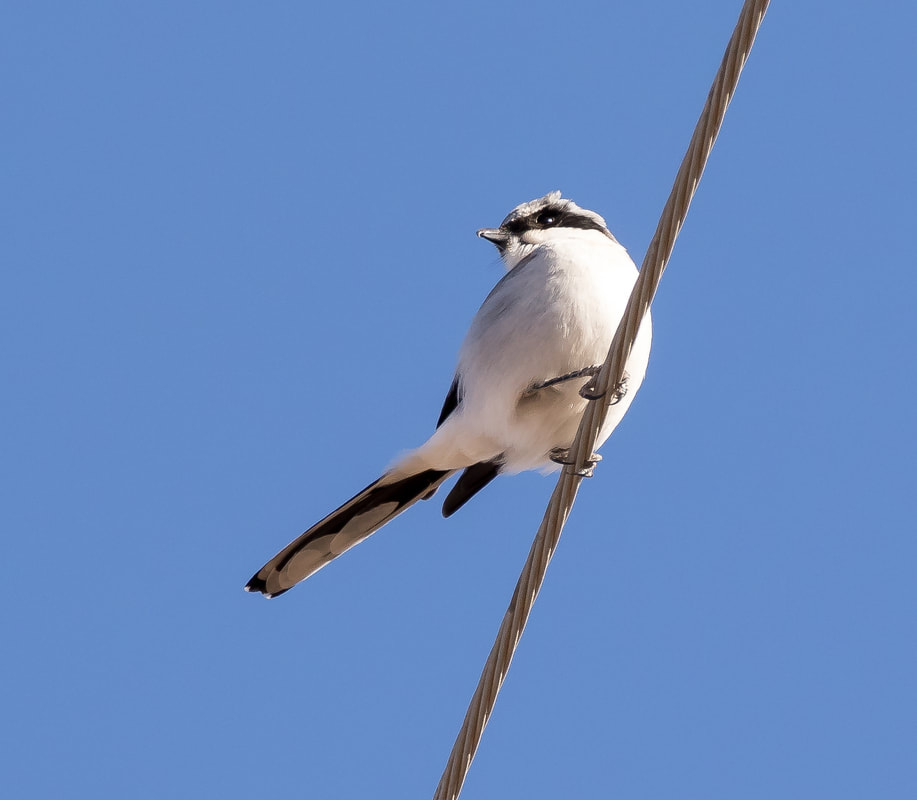
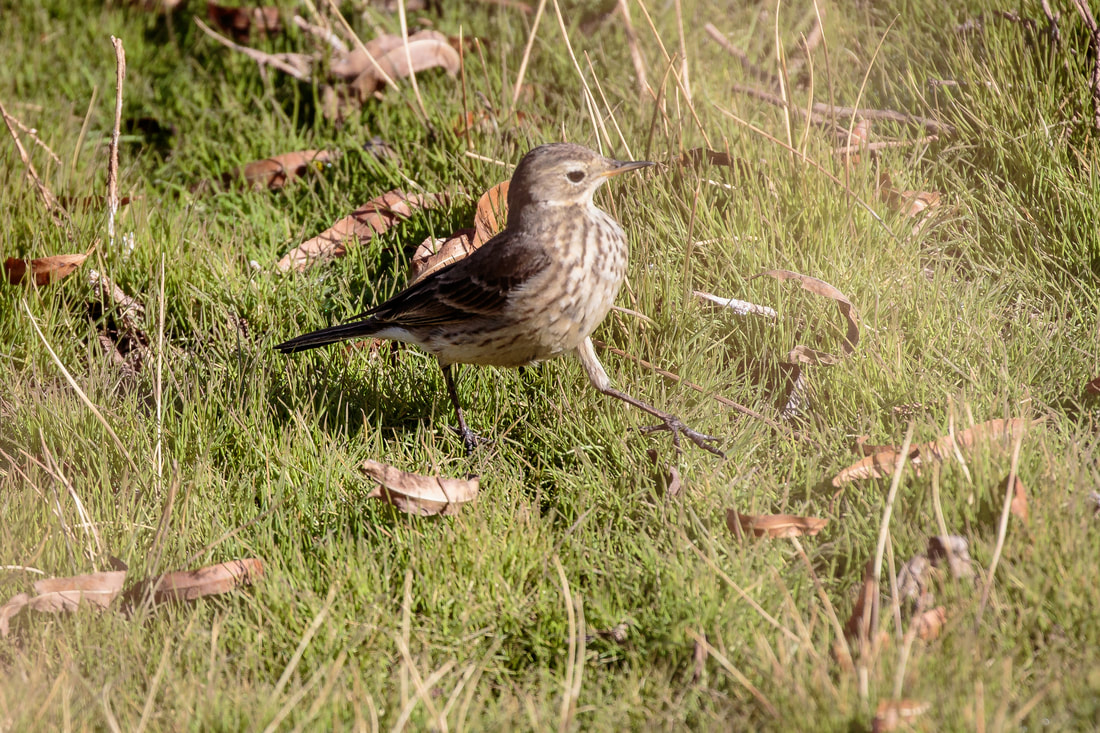
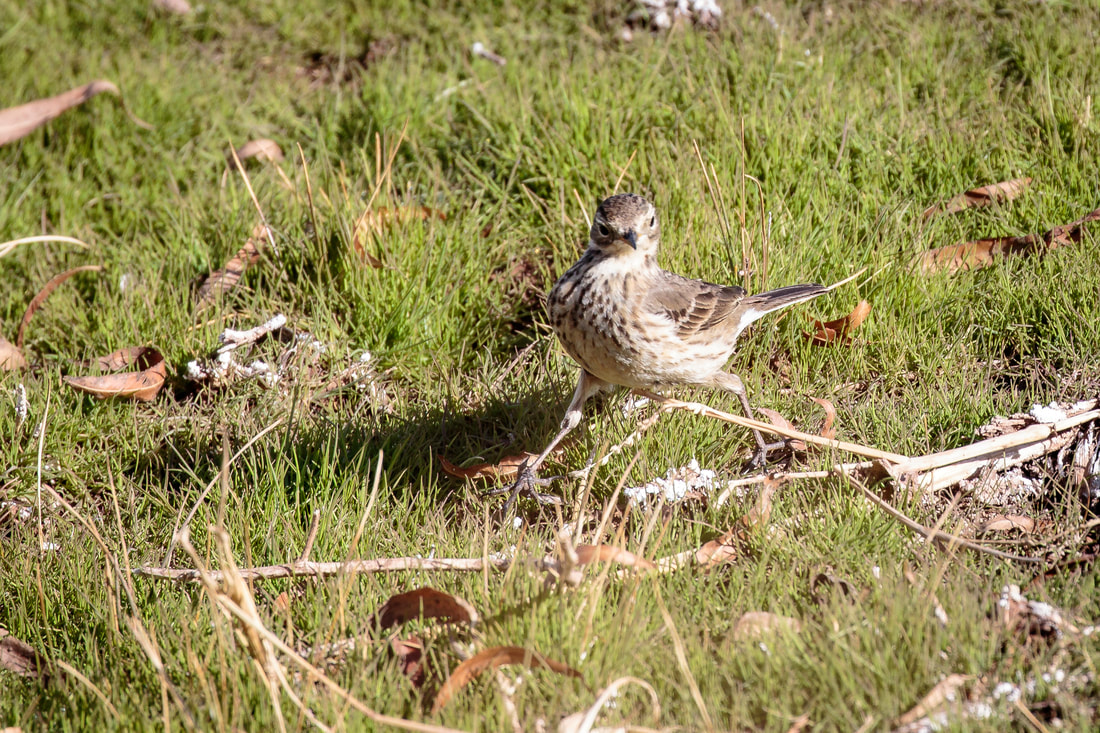
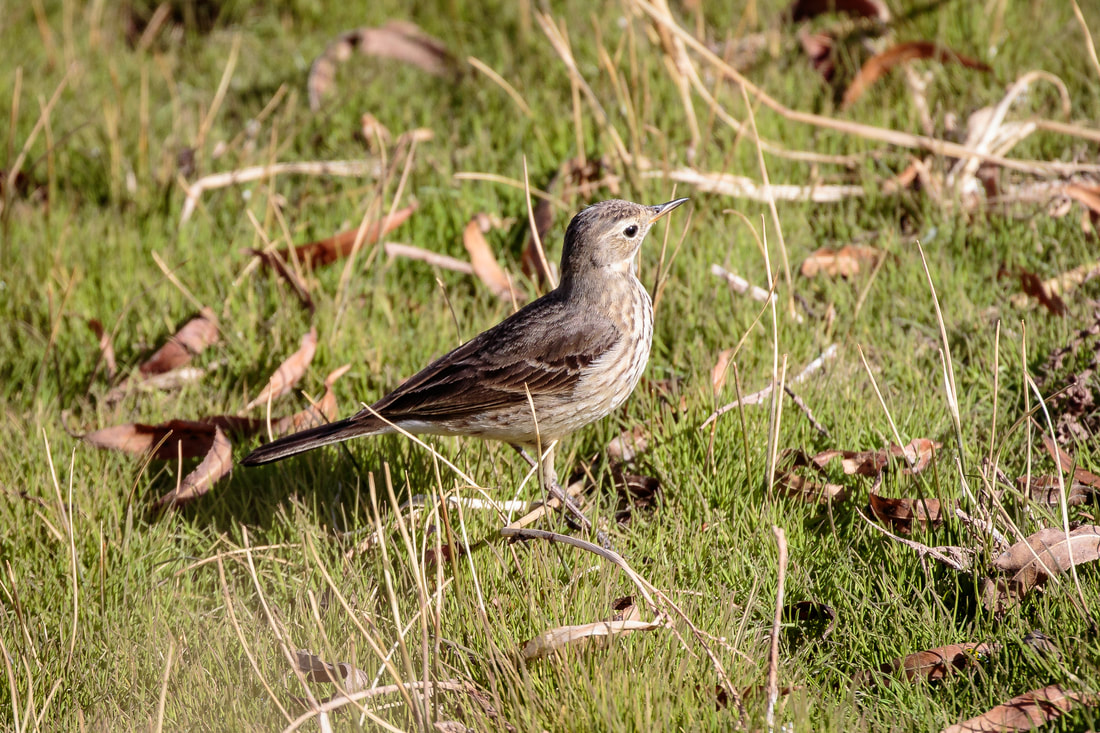
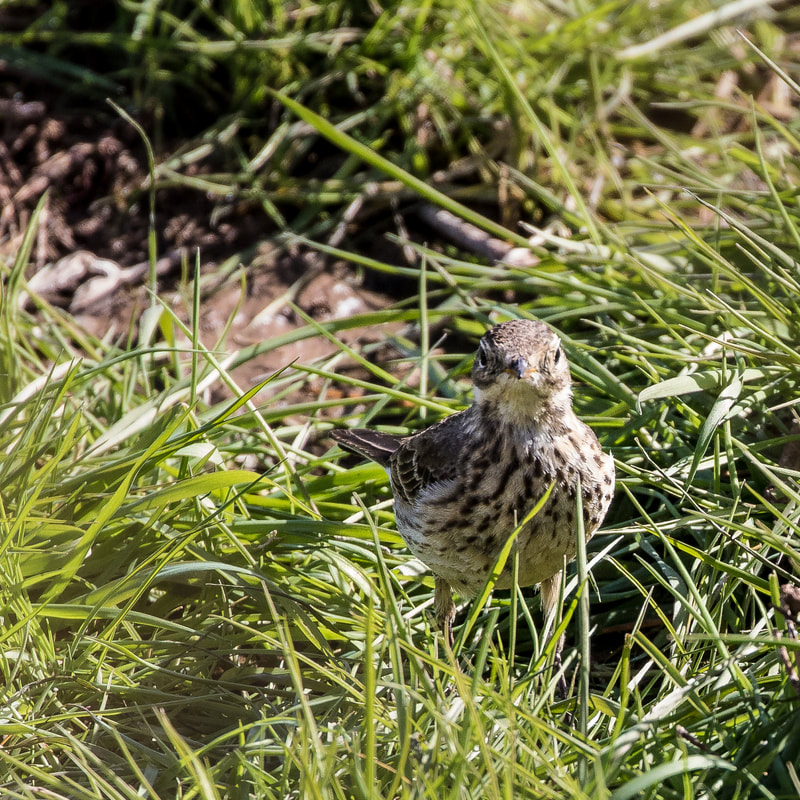
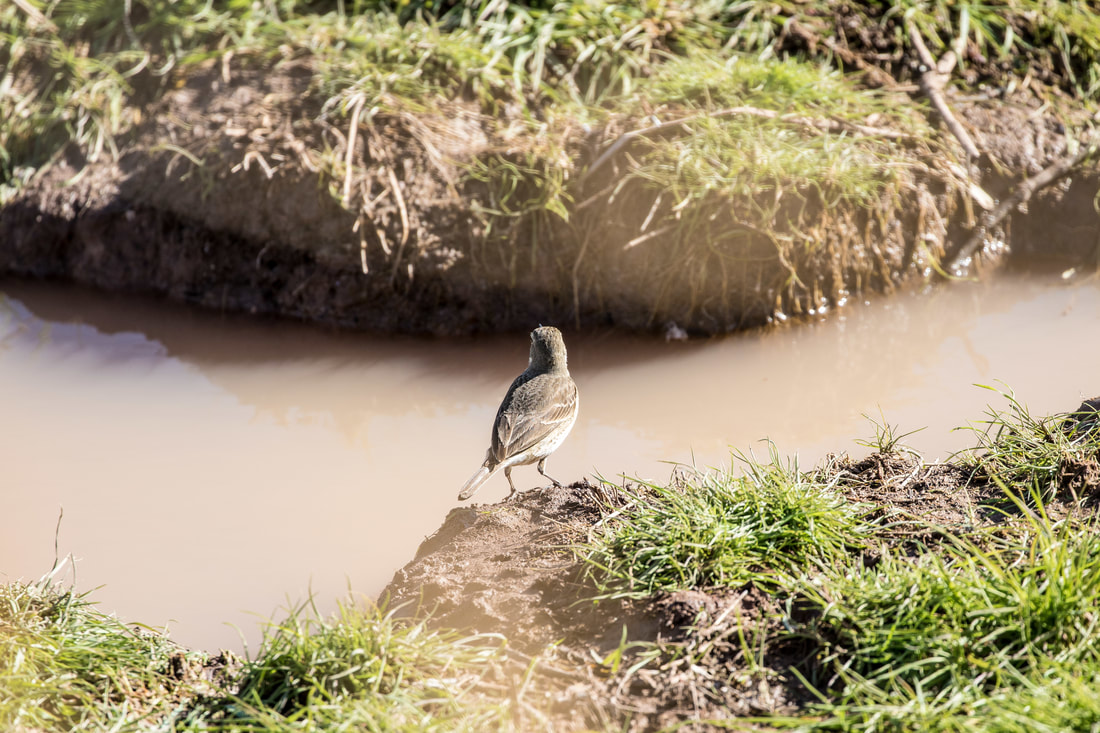
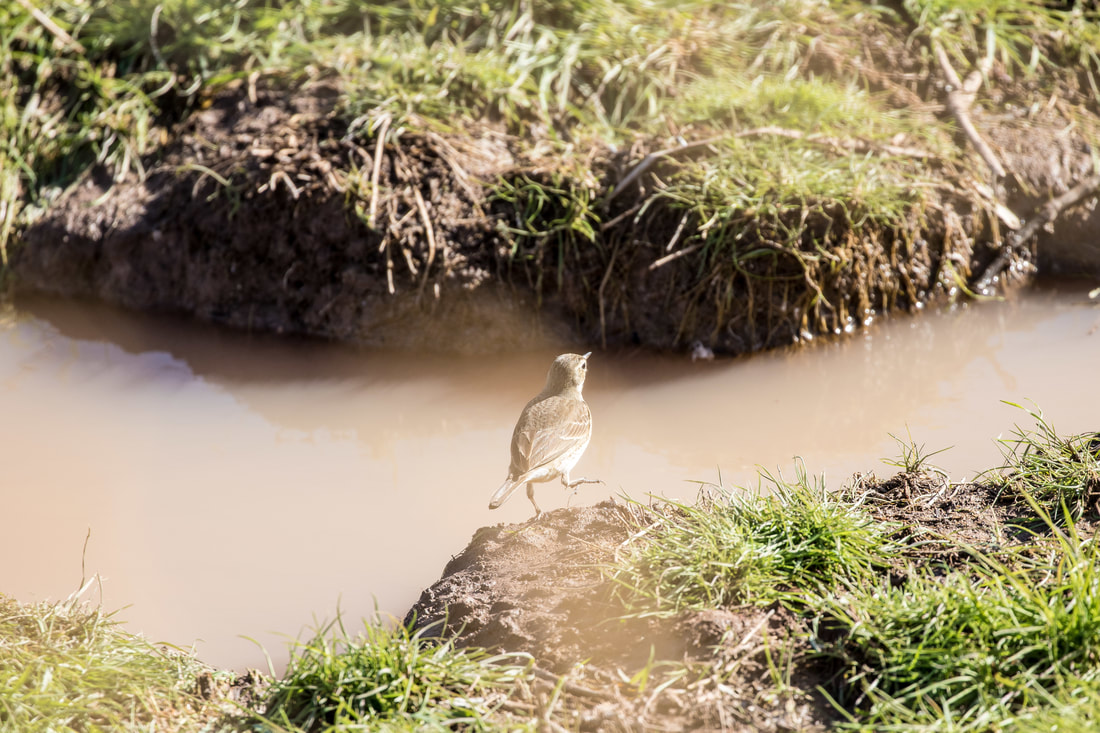
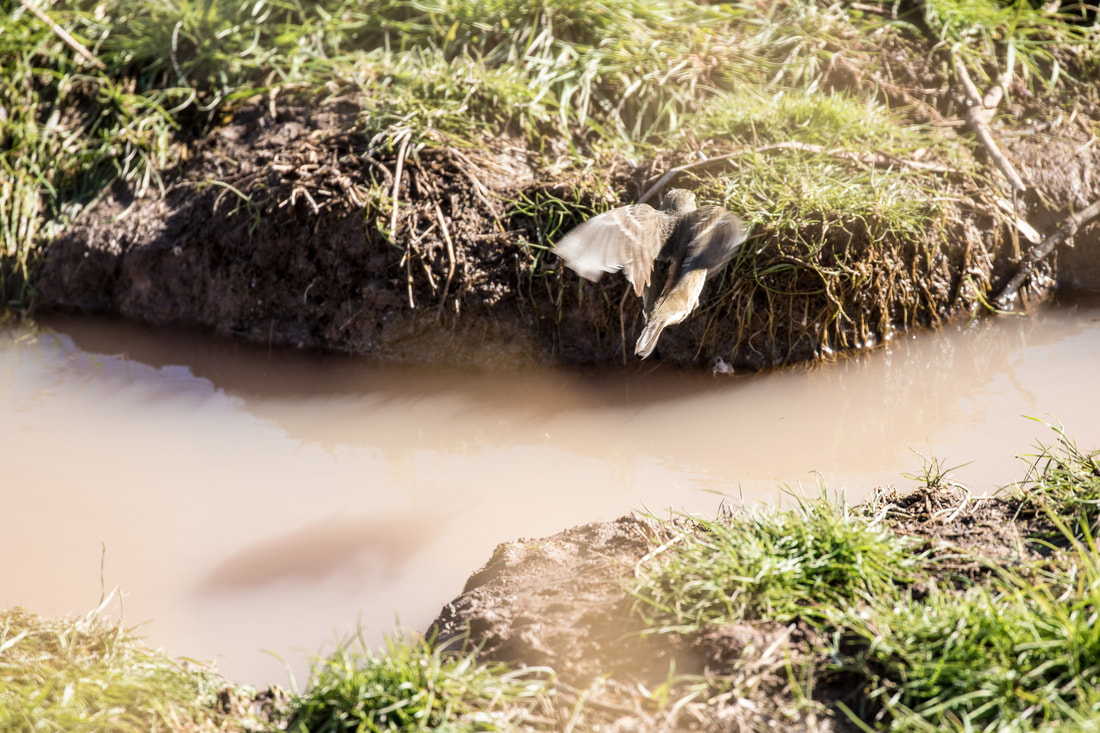
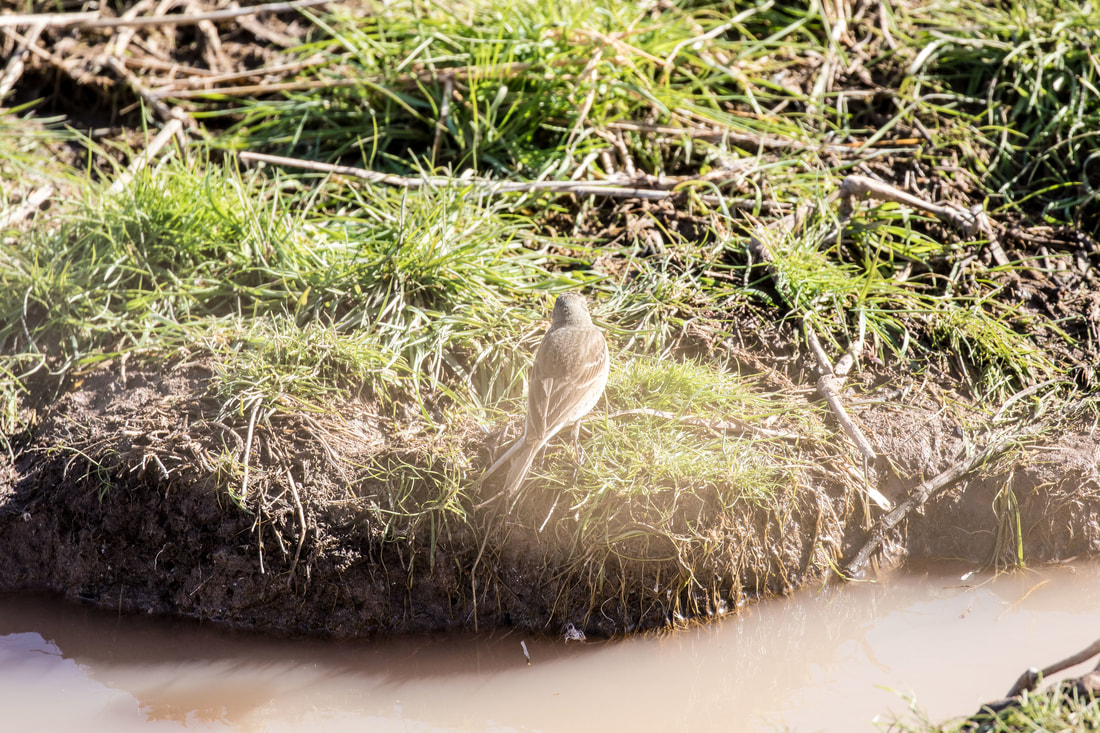
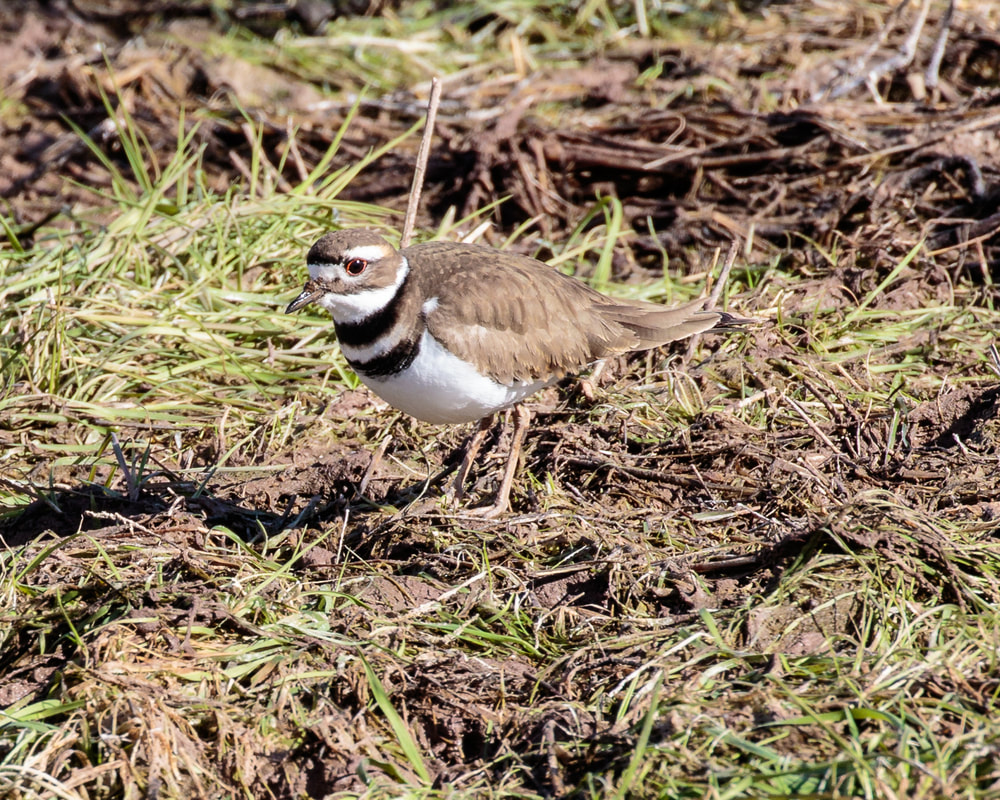
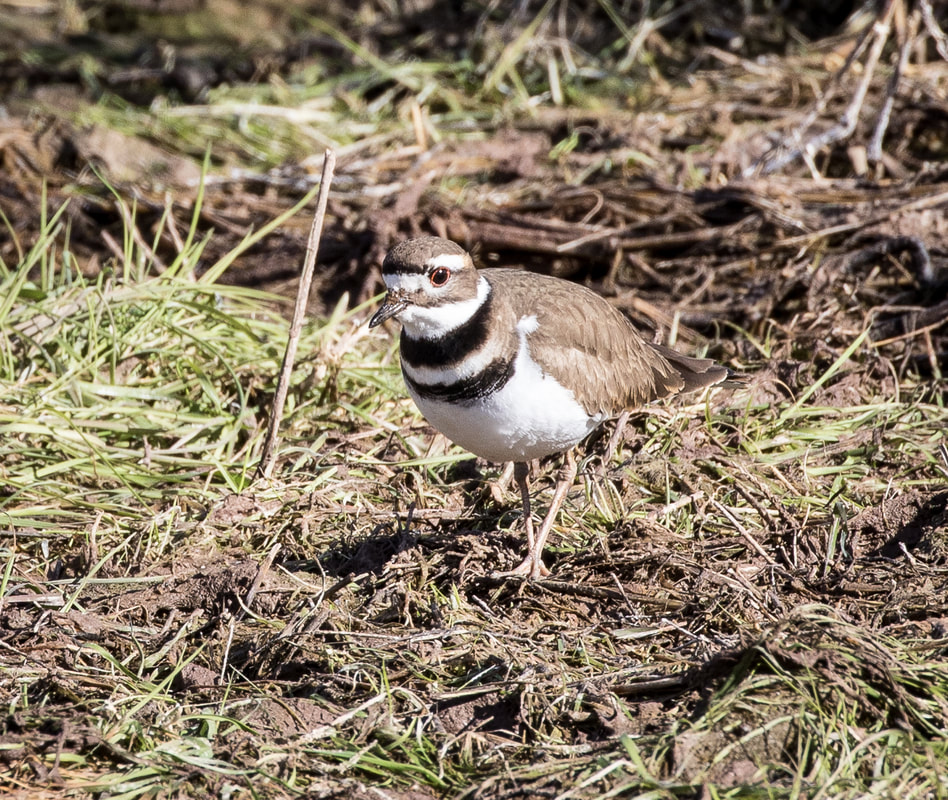
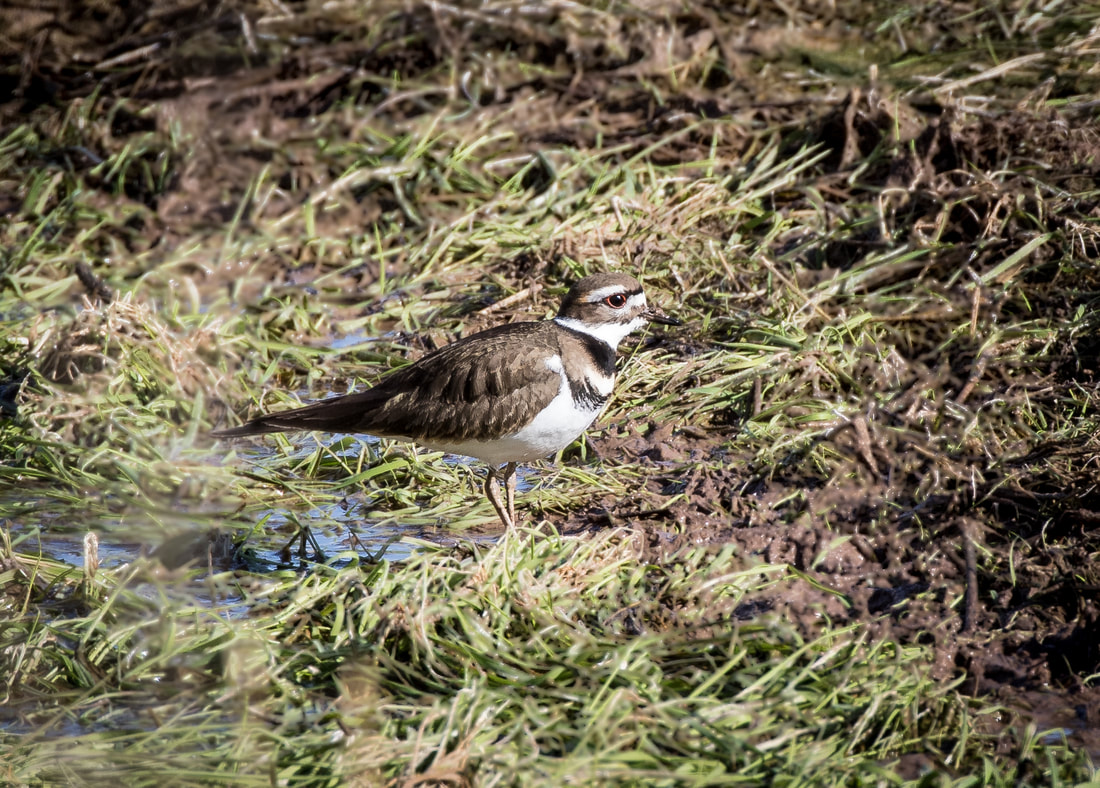
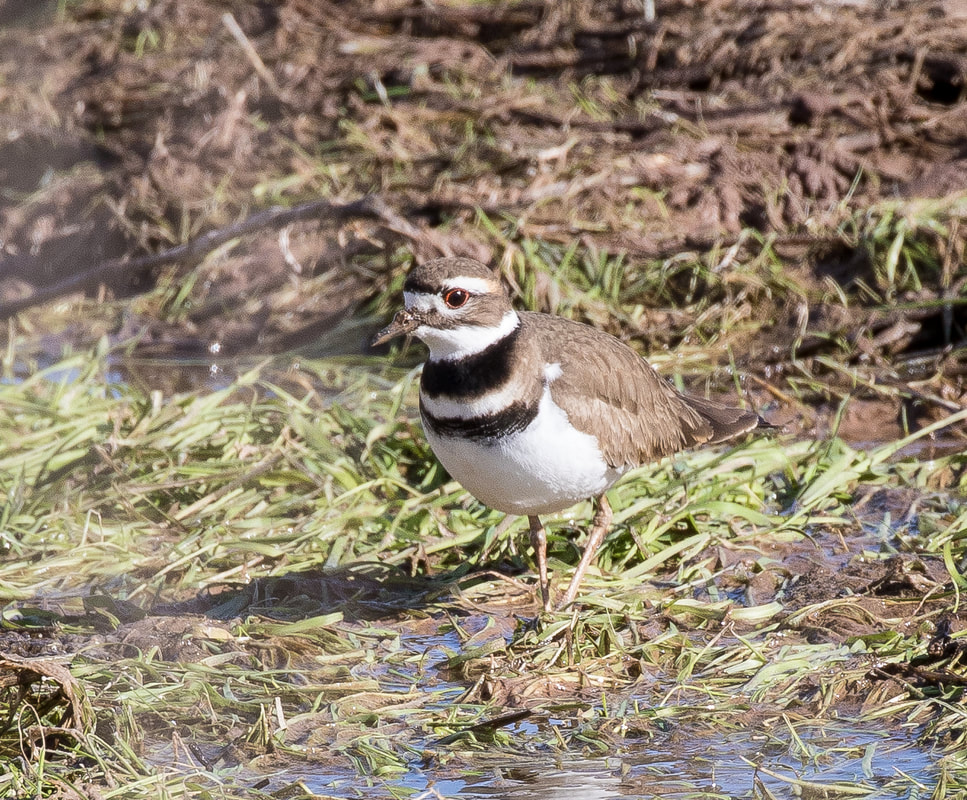
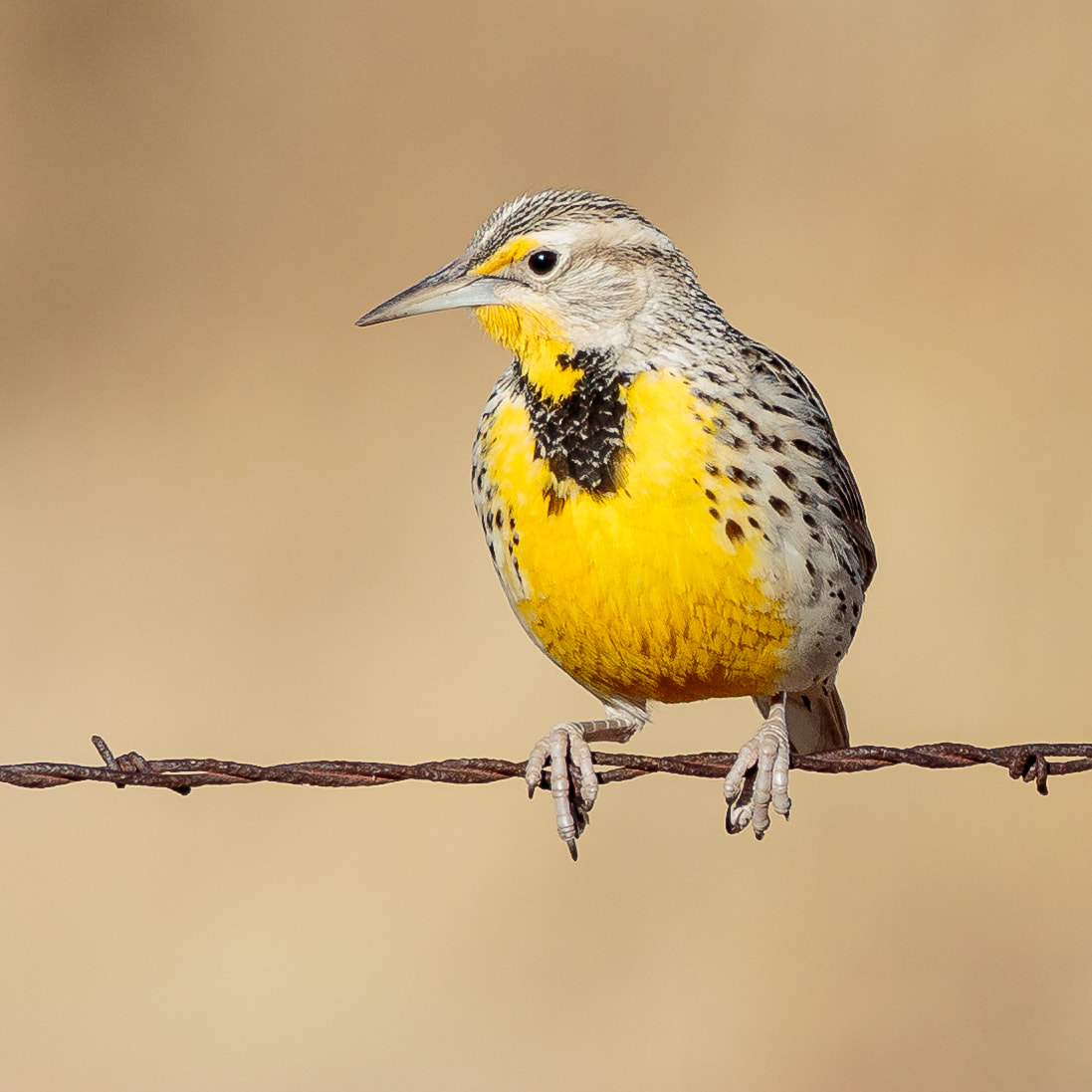
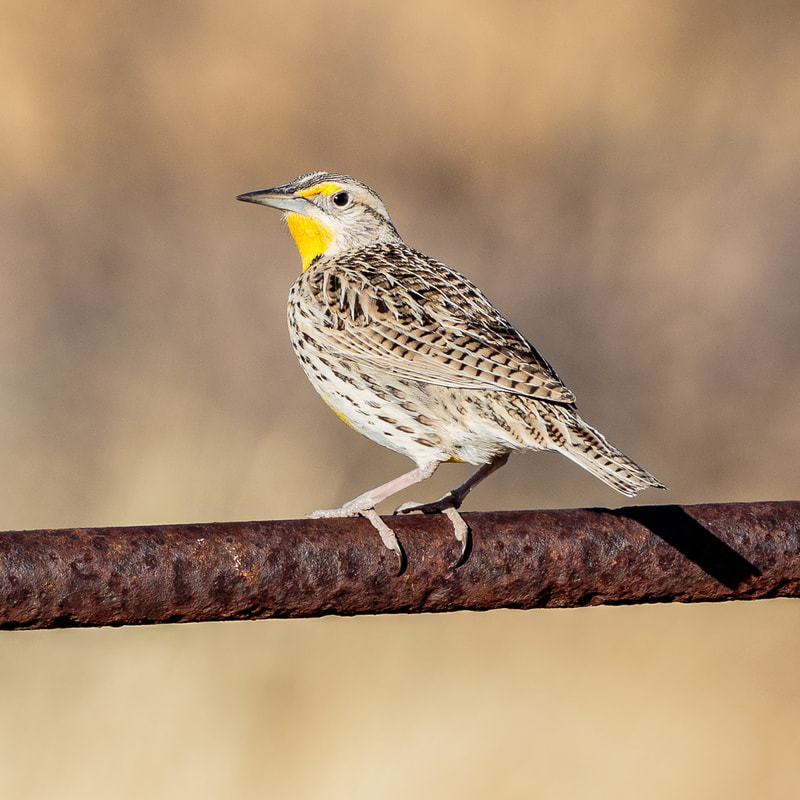
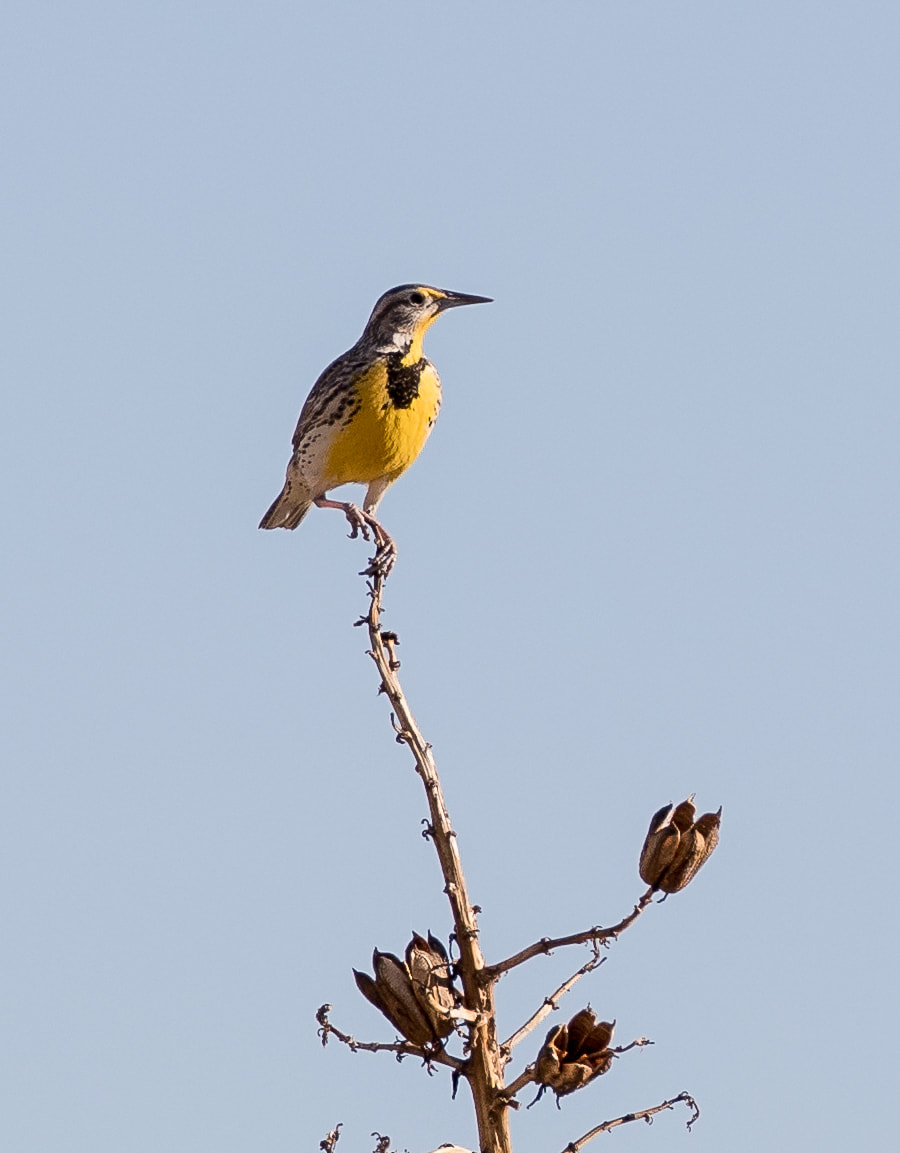
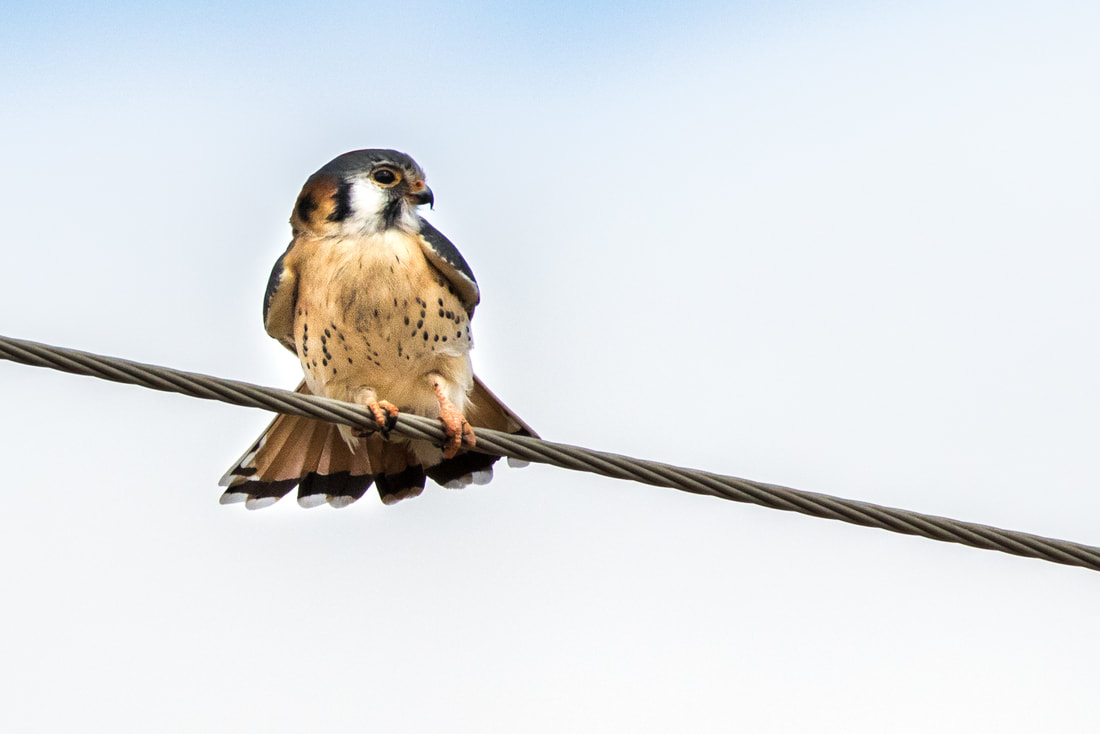
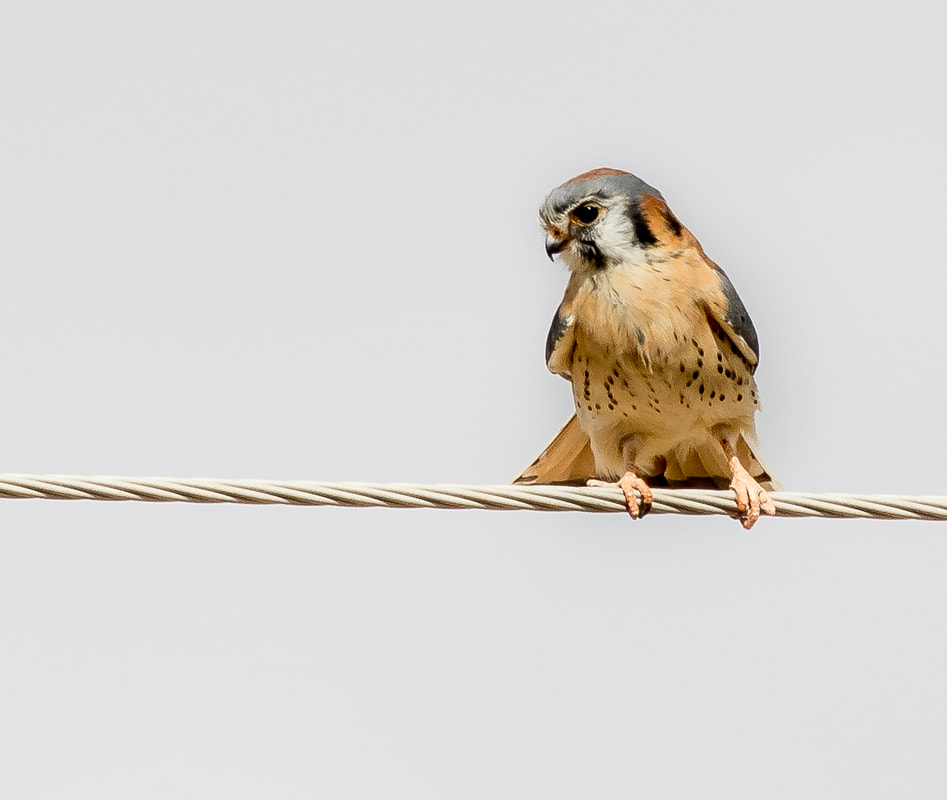
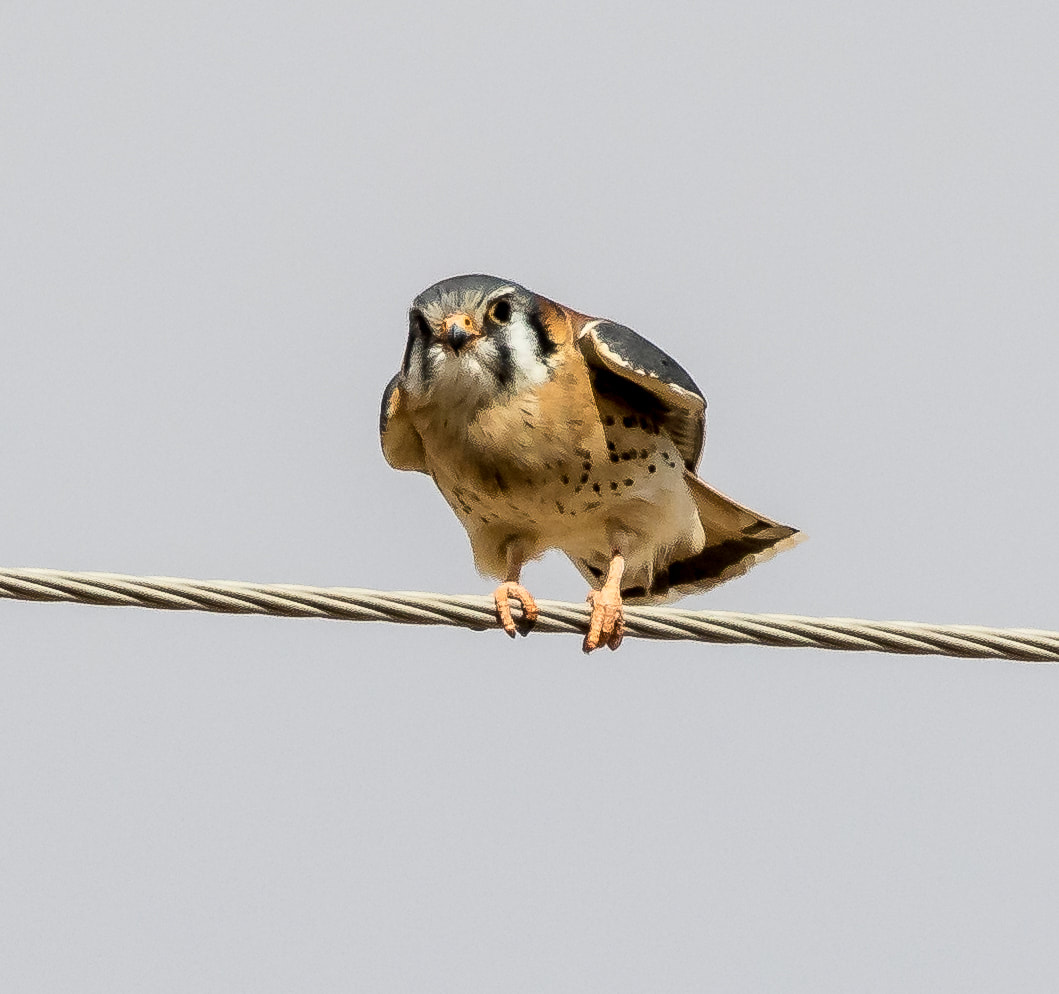
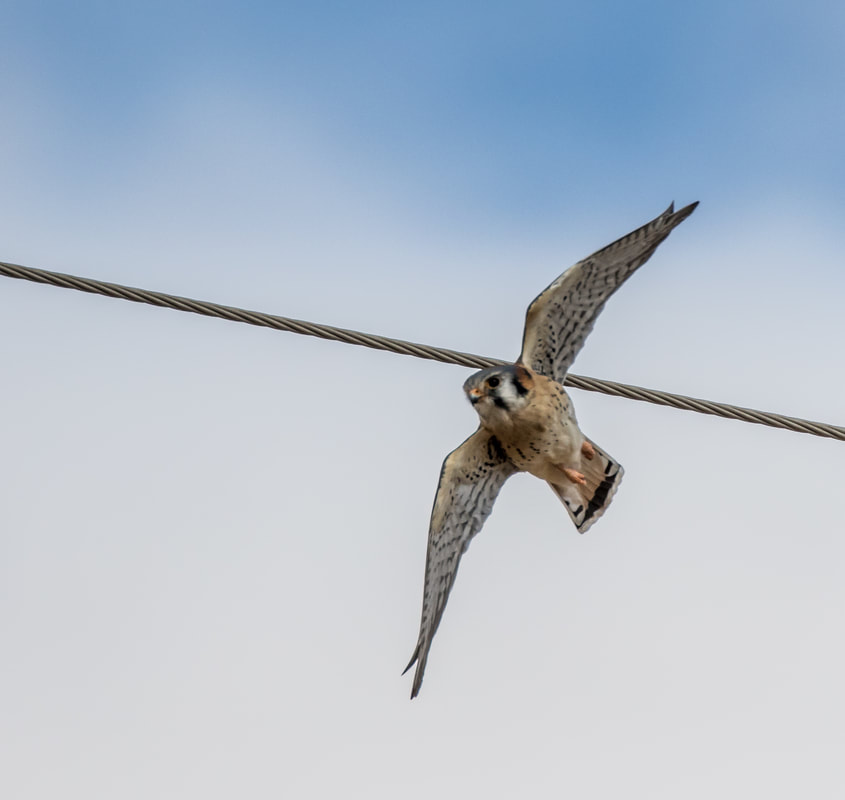
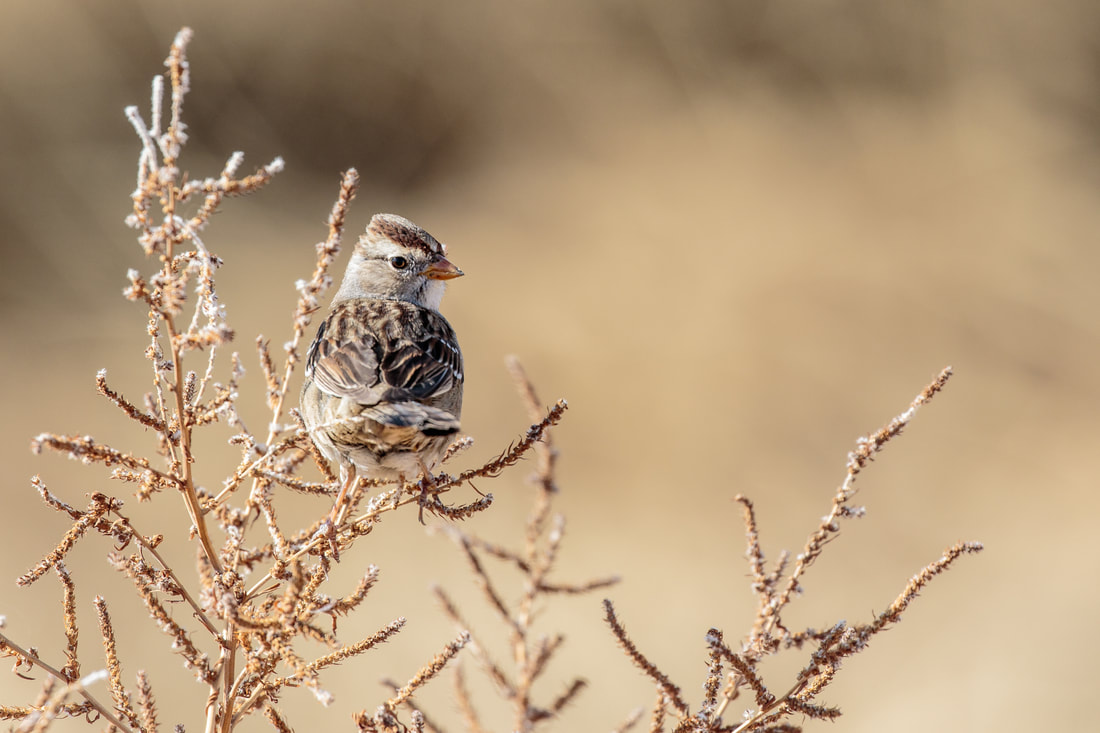
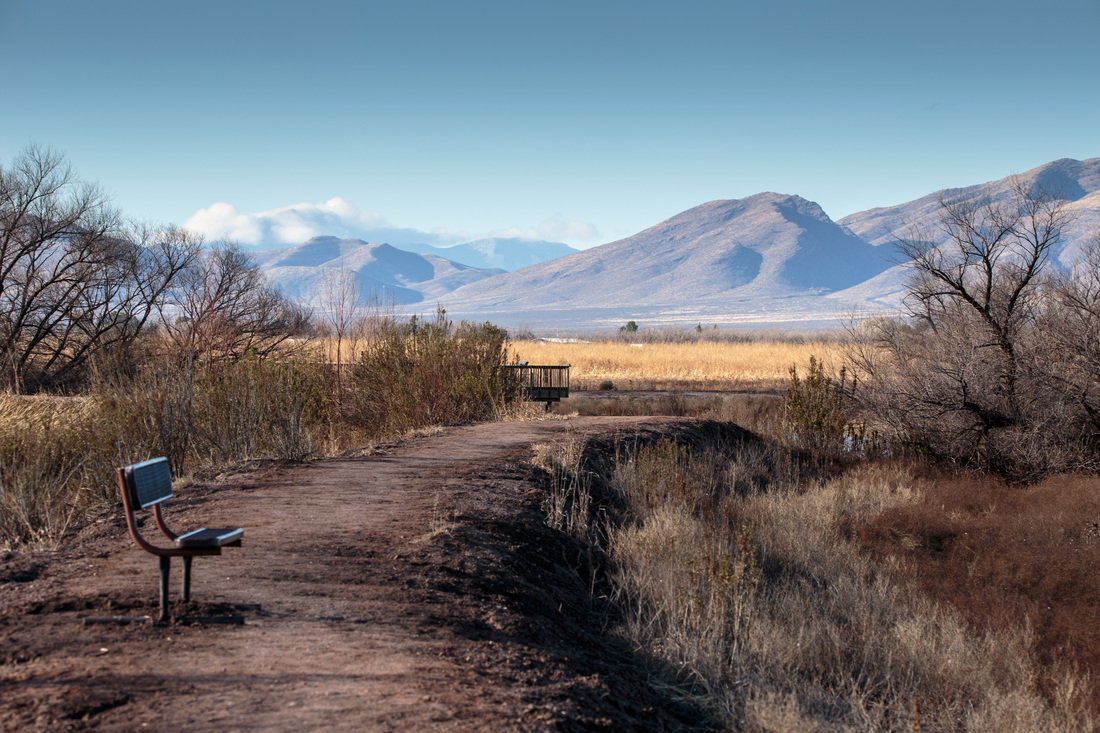
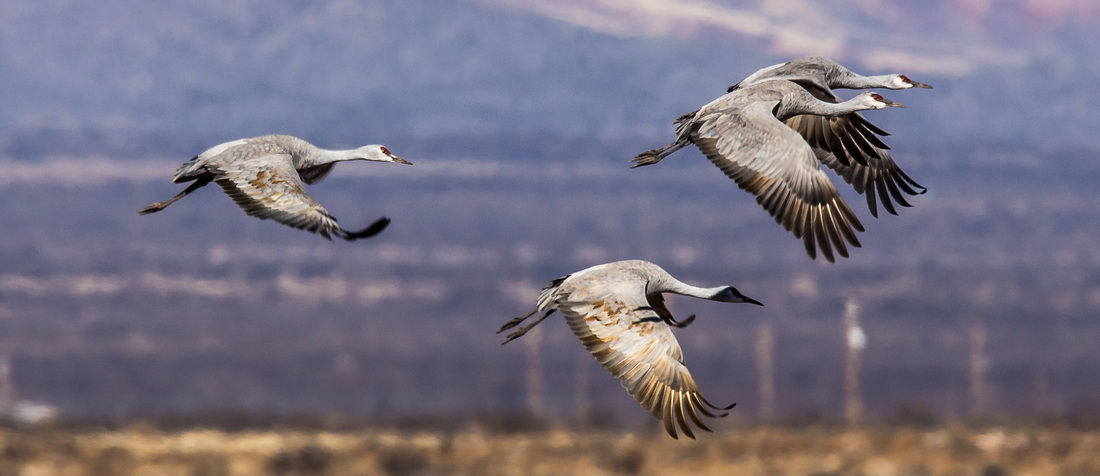
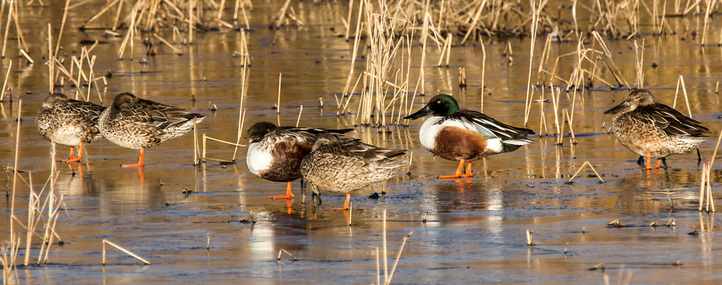
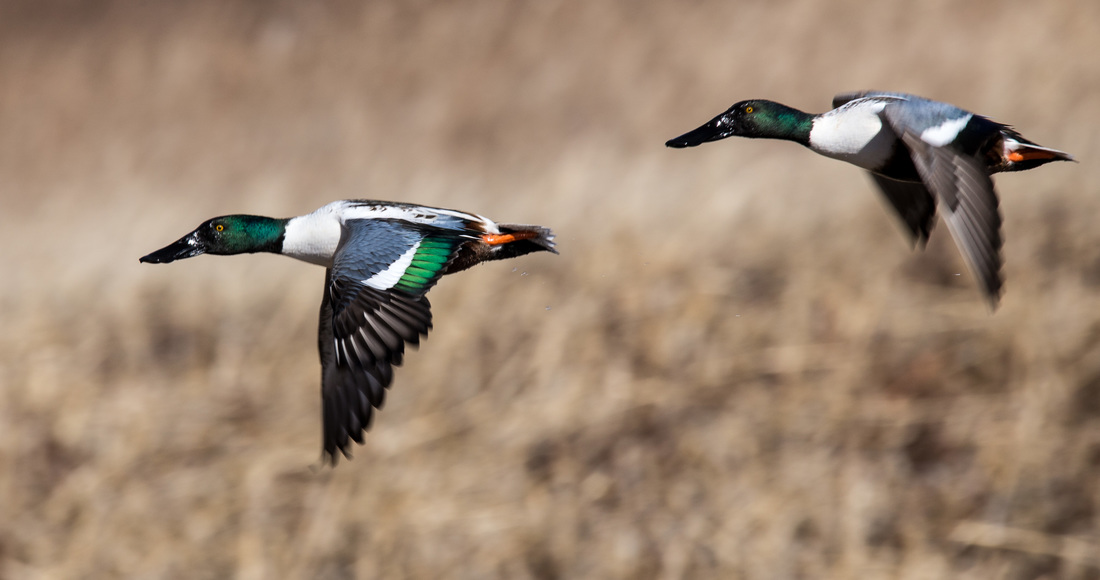
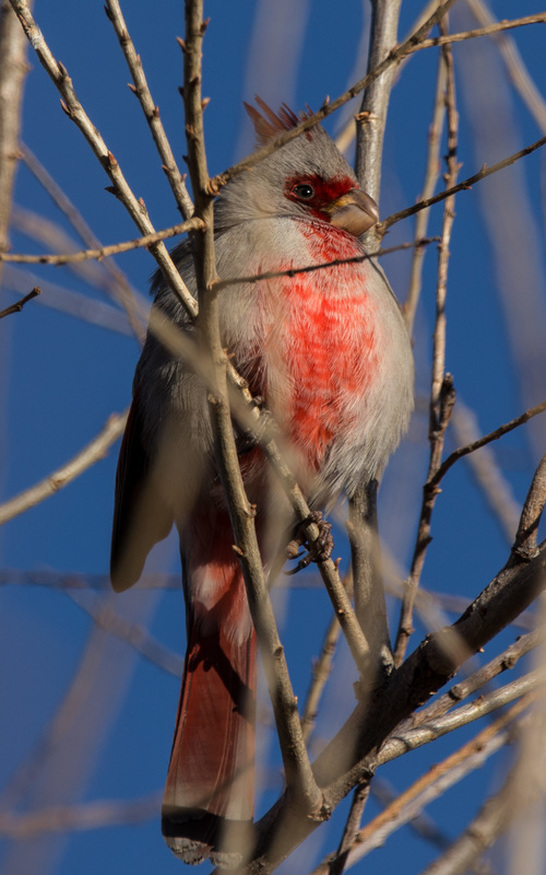
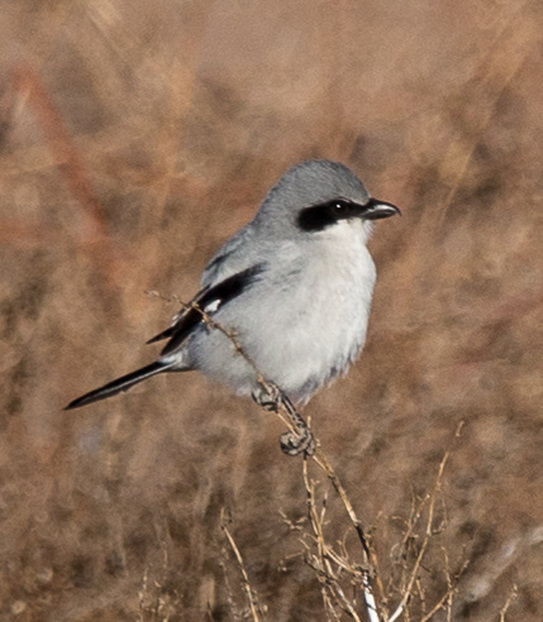
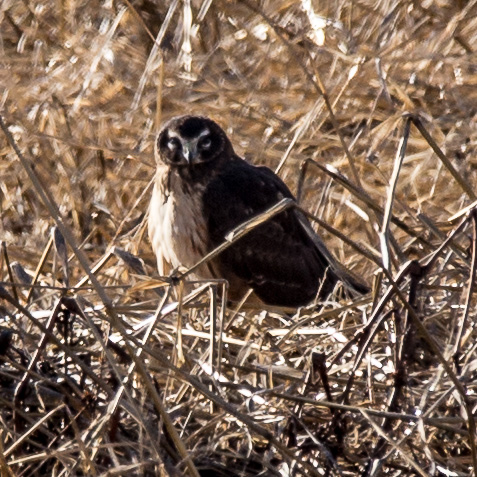
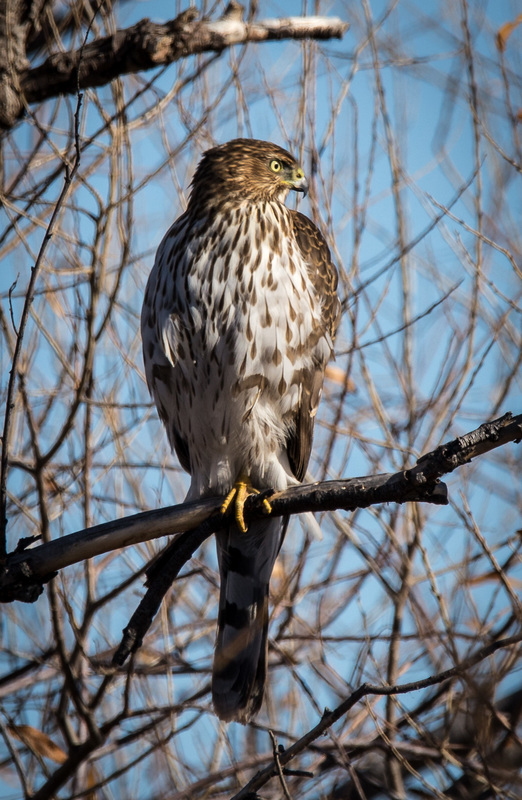
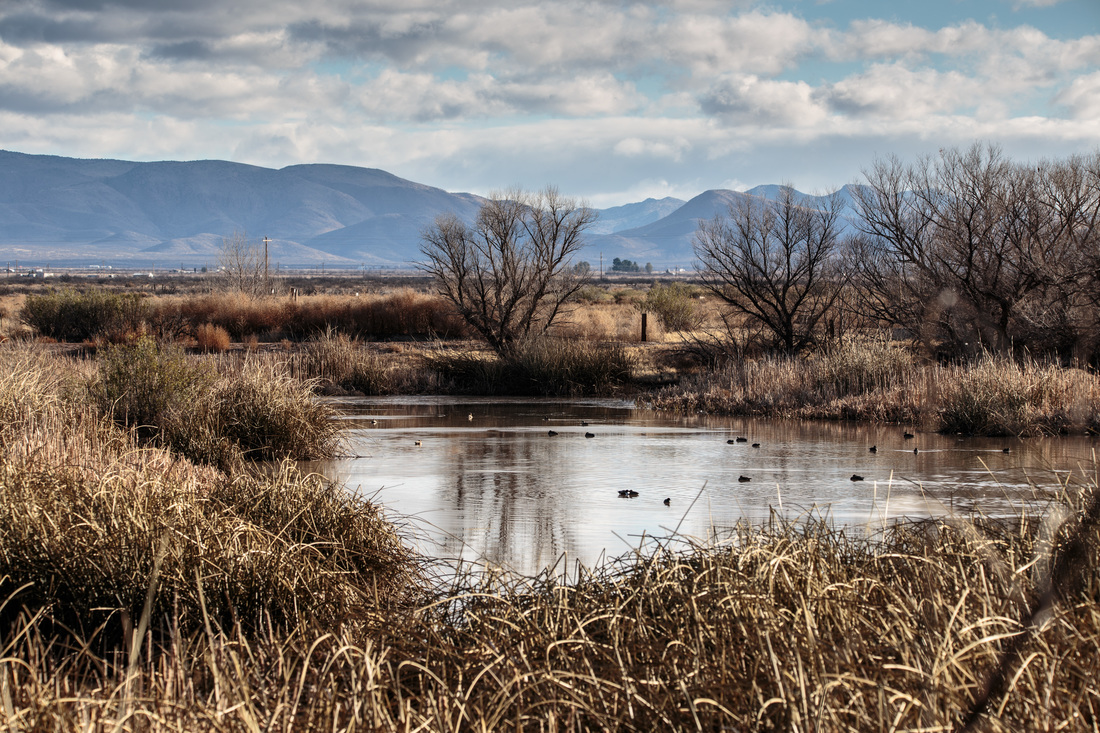

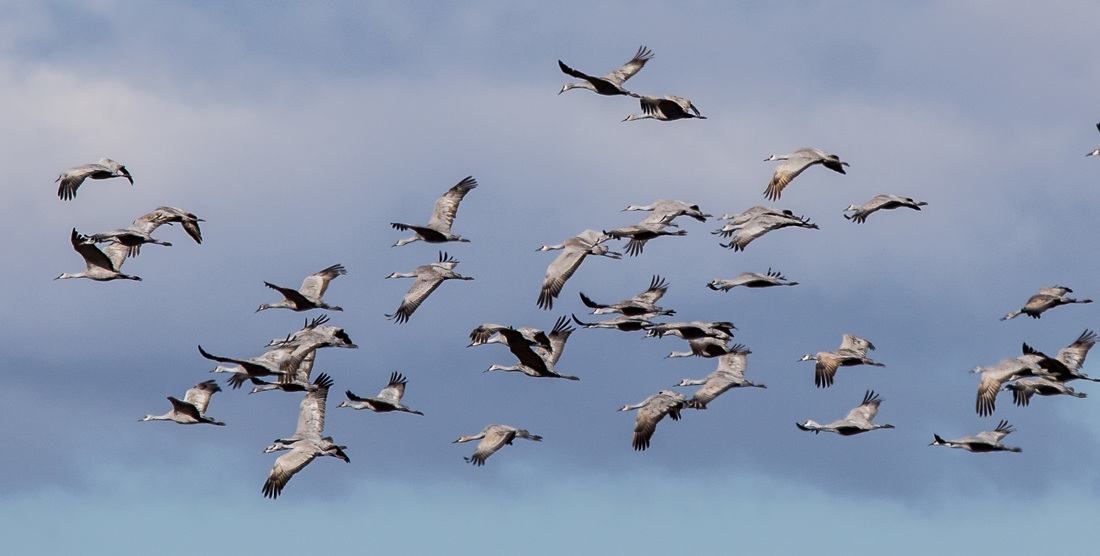
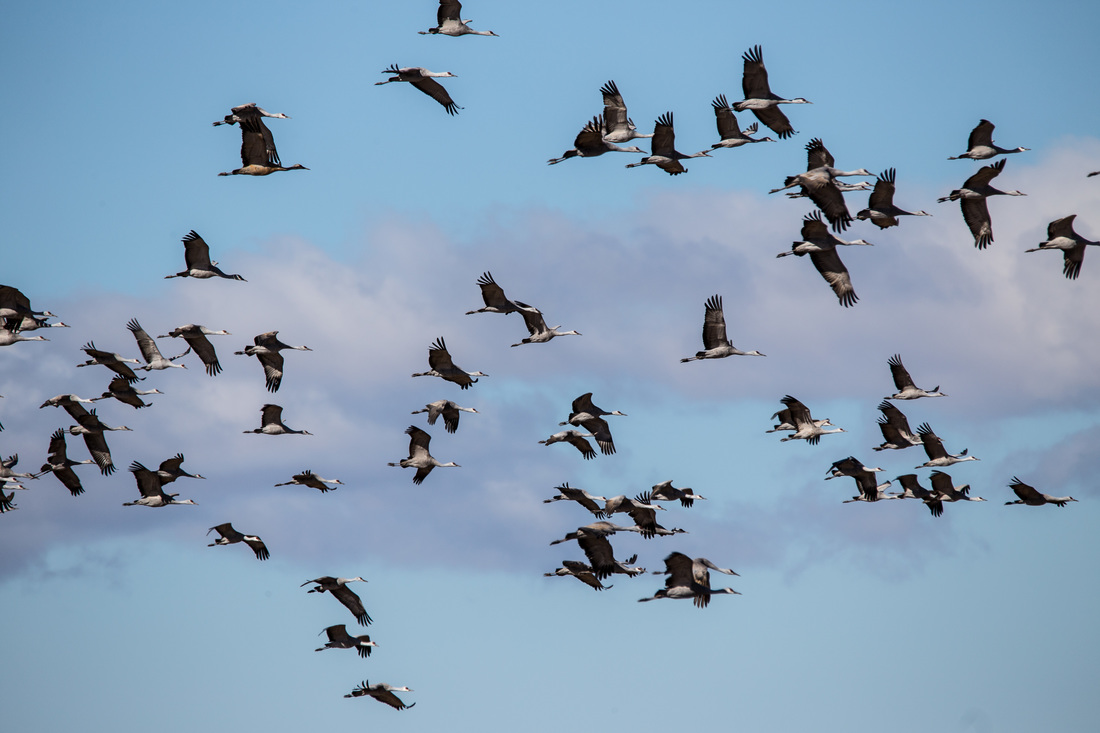
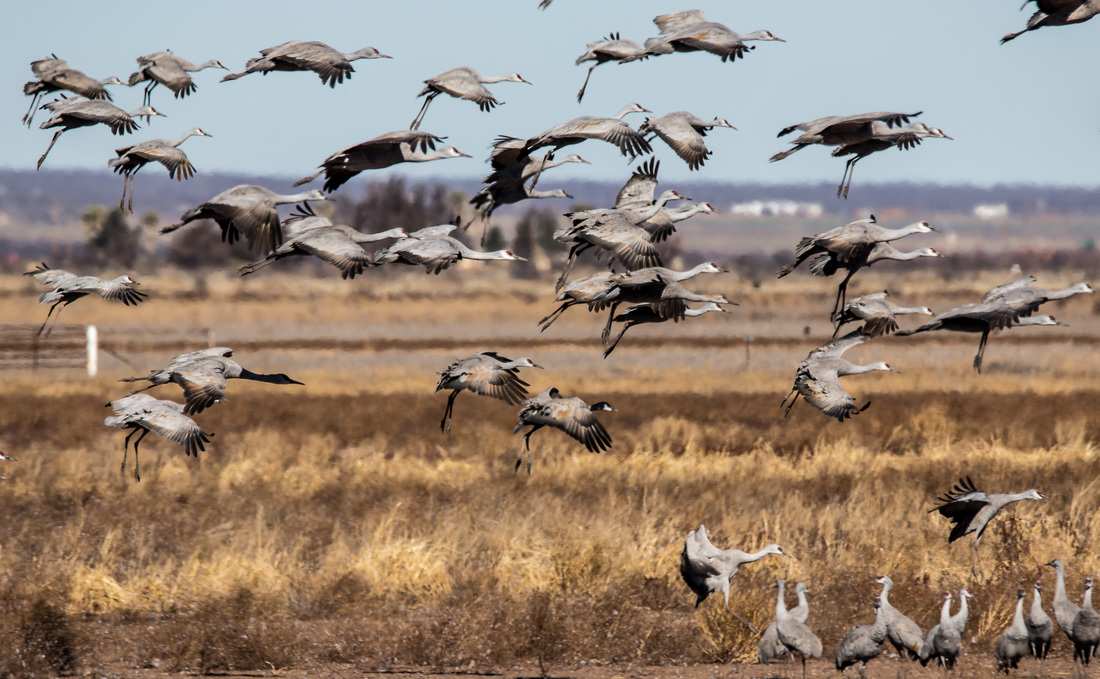
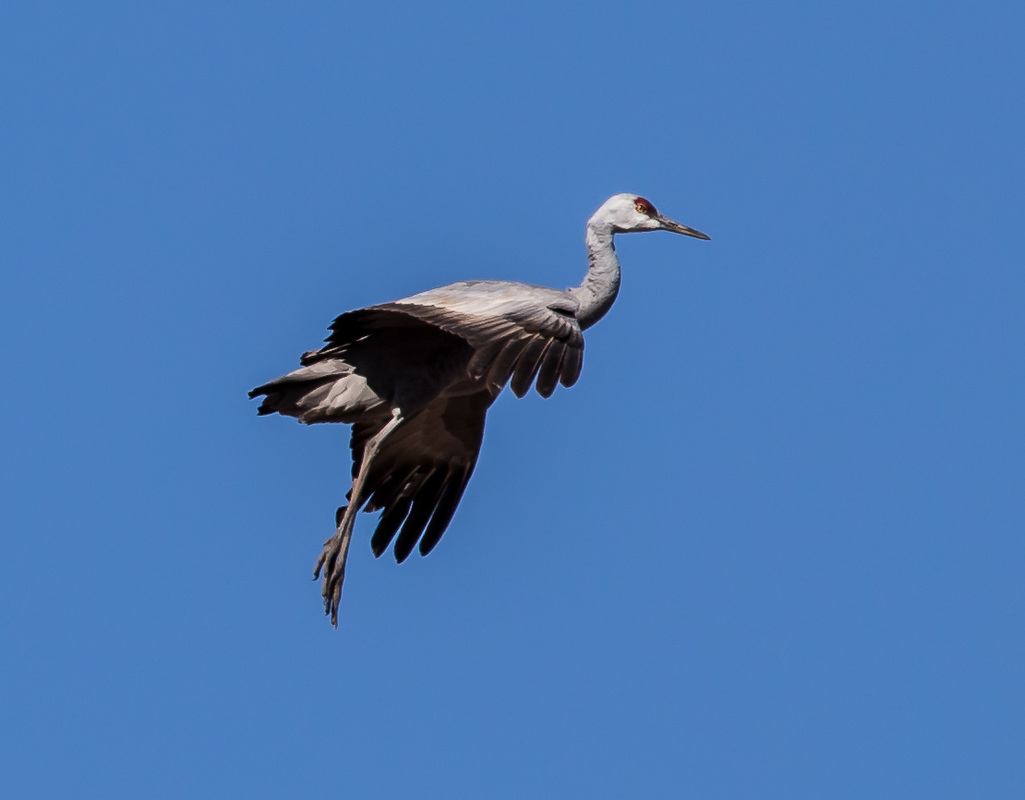
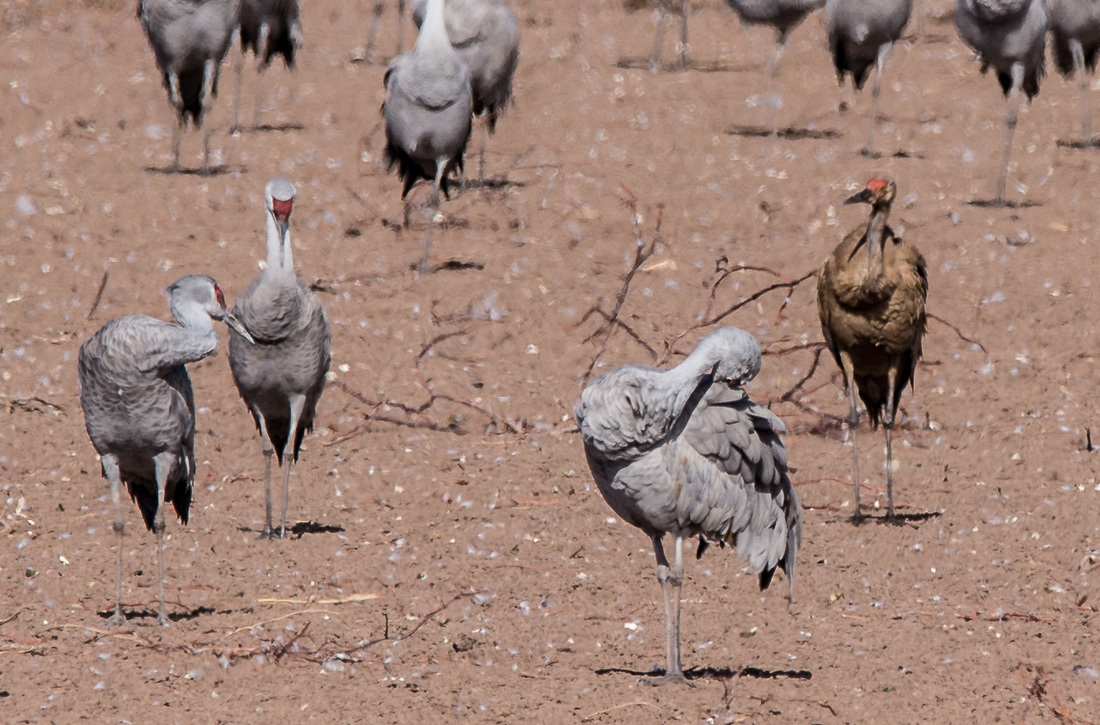
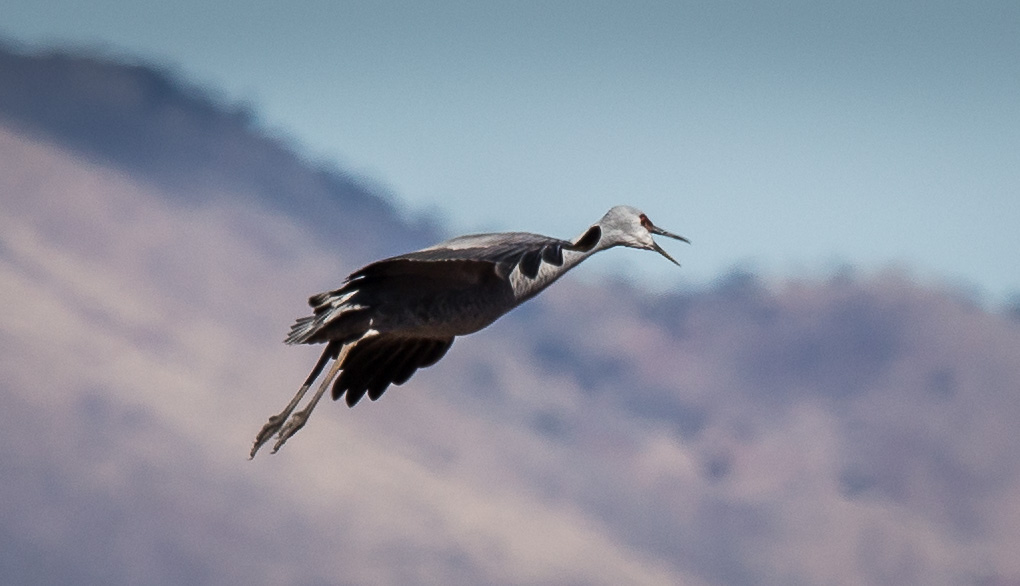
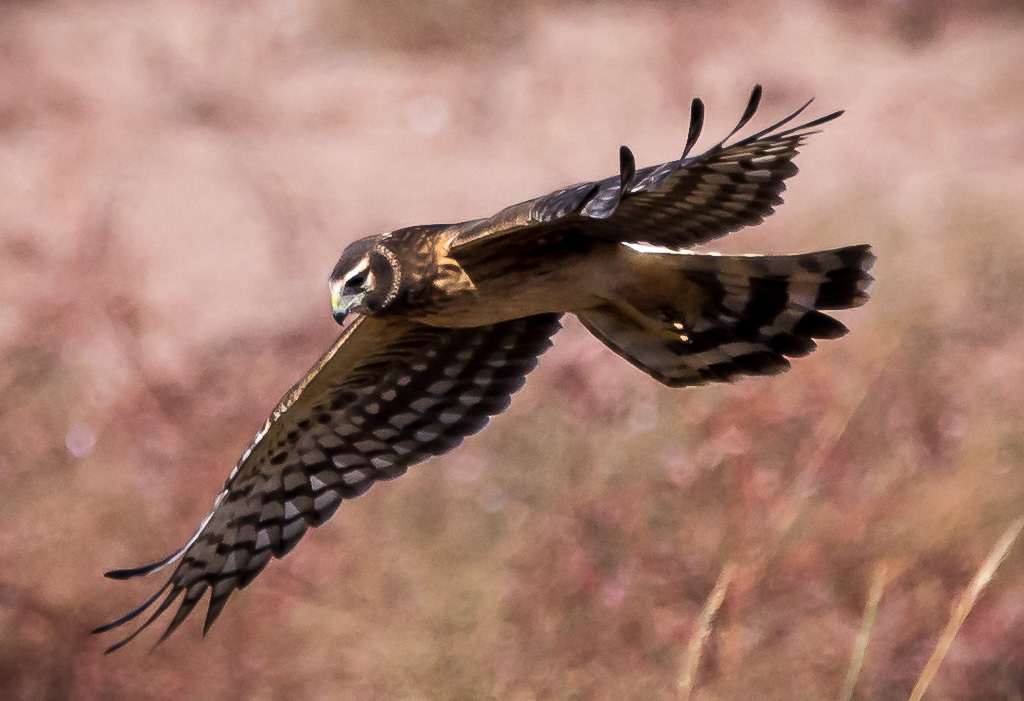
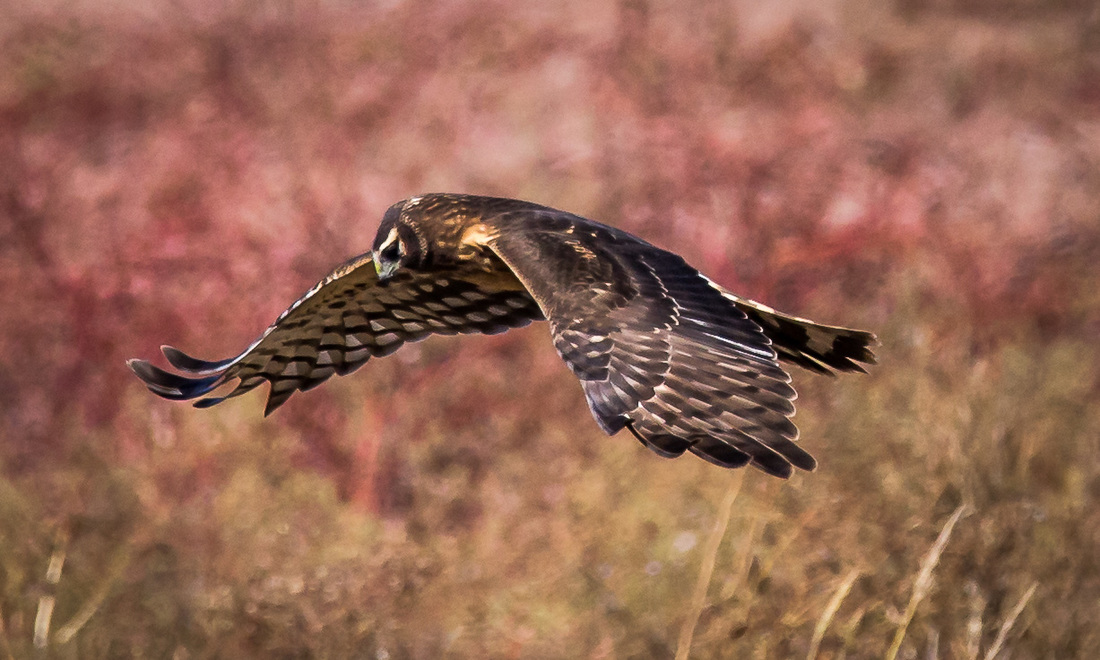
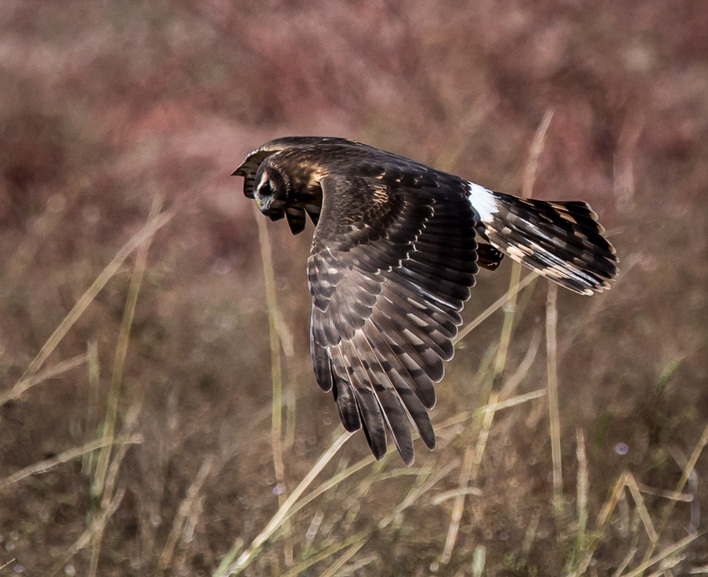
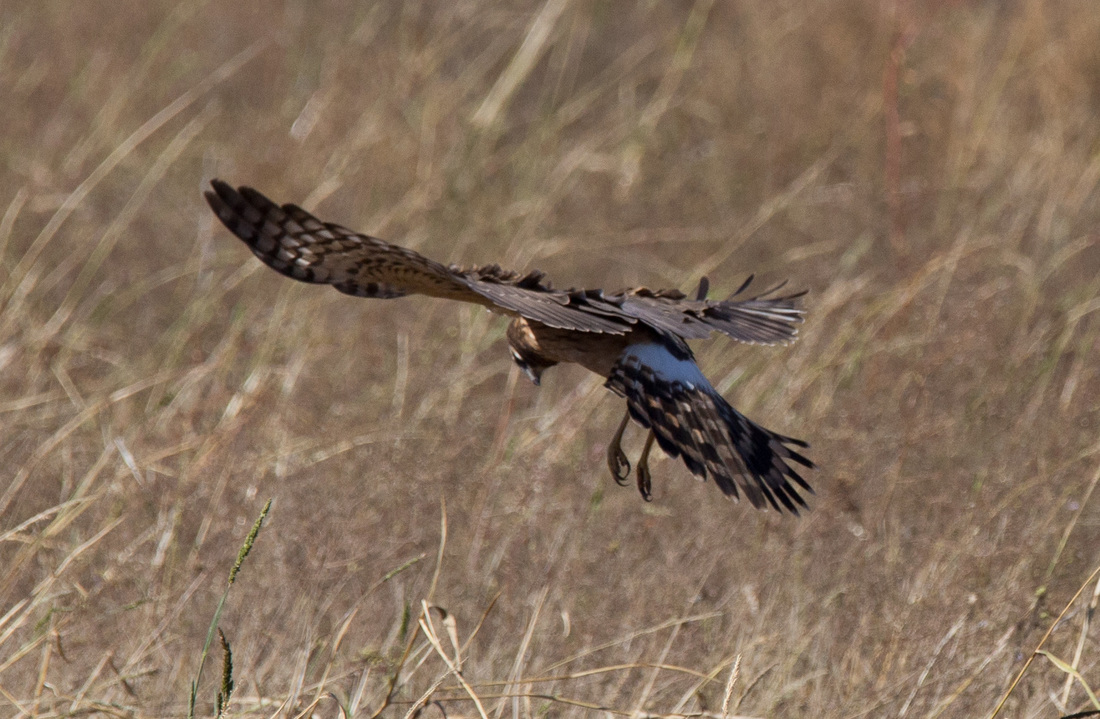
 RSS Feed
RSS Feed